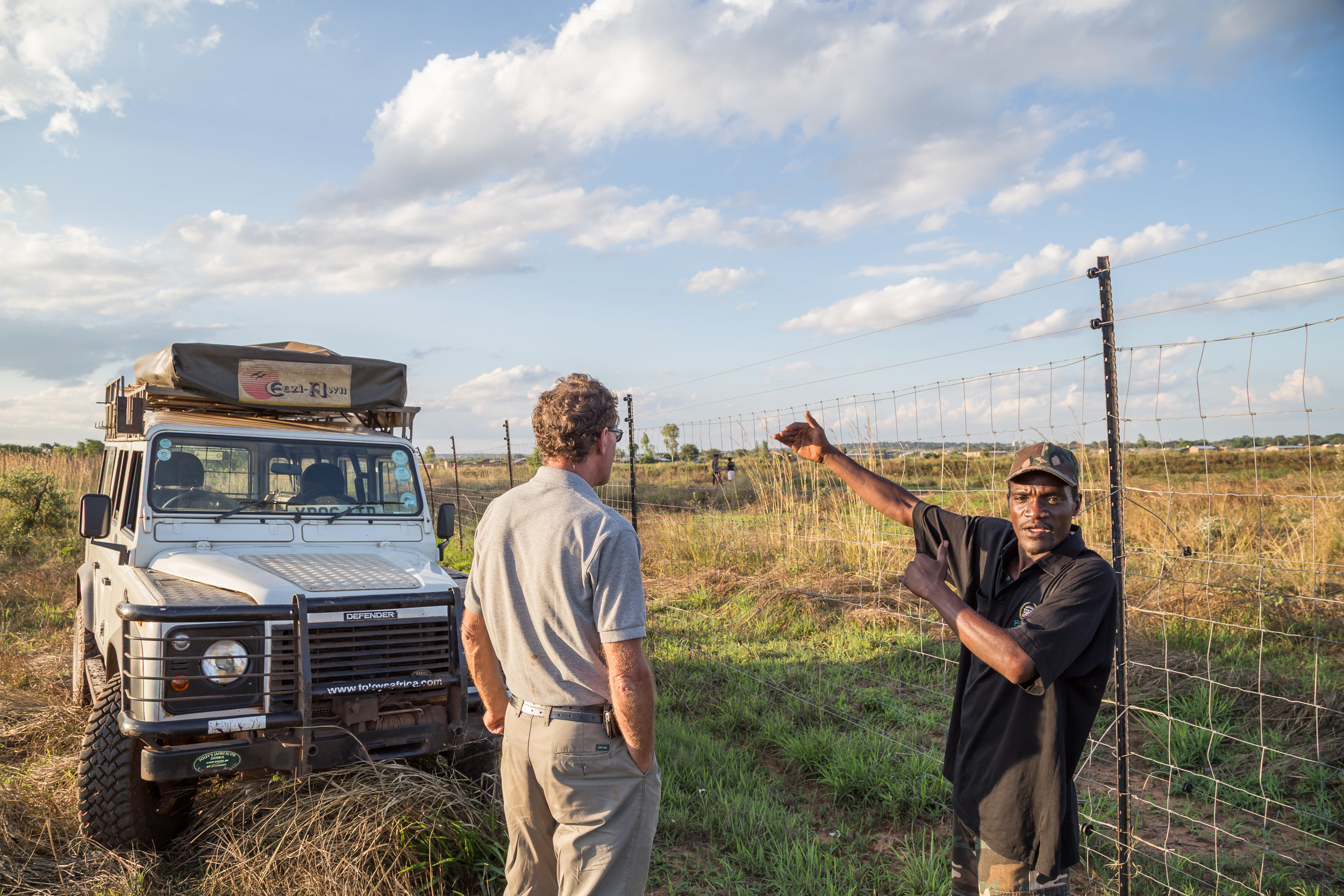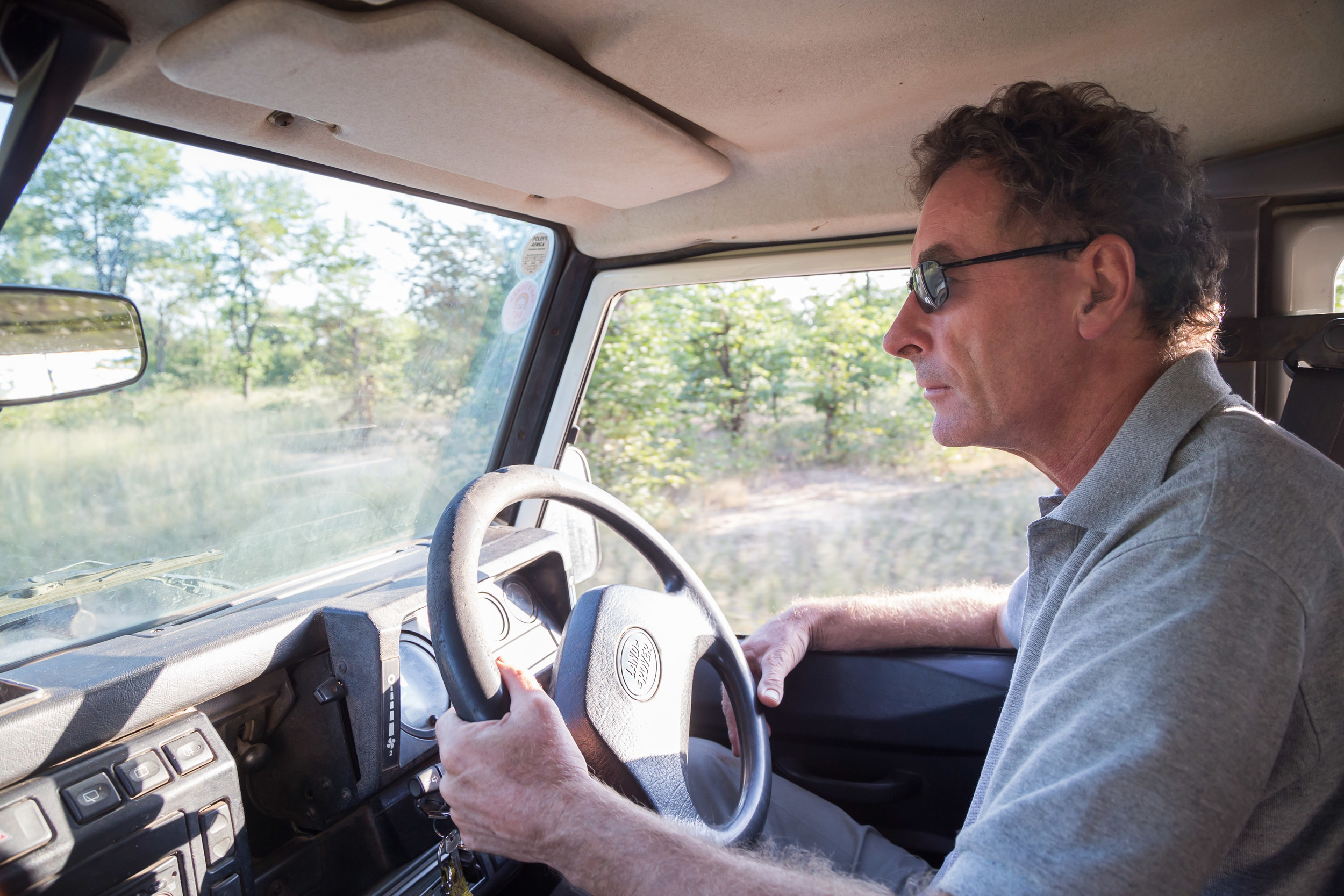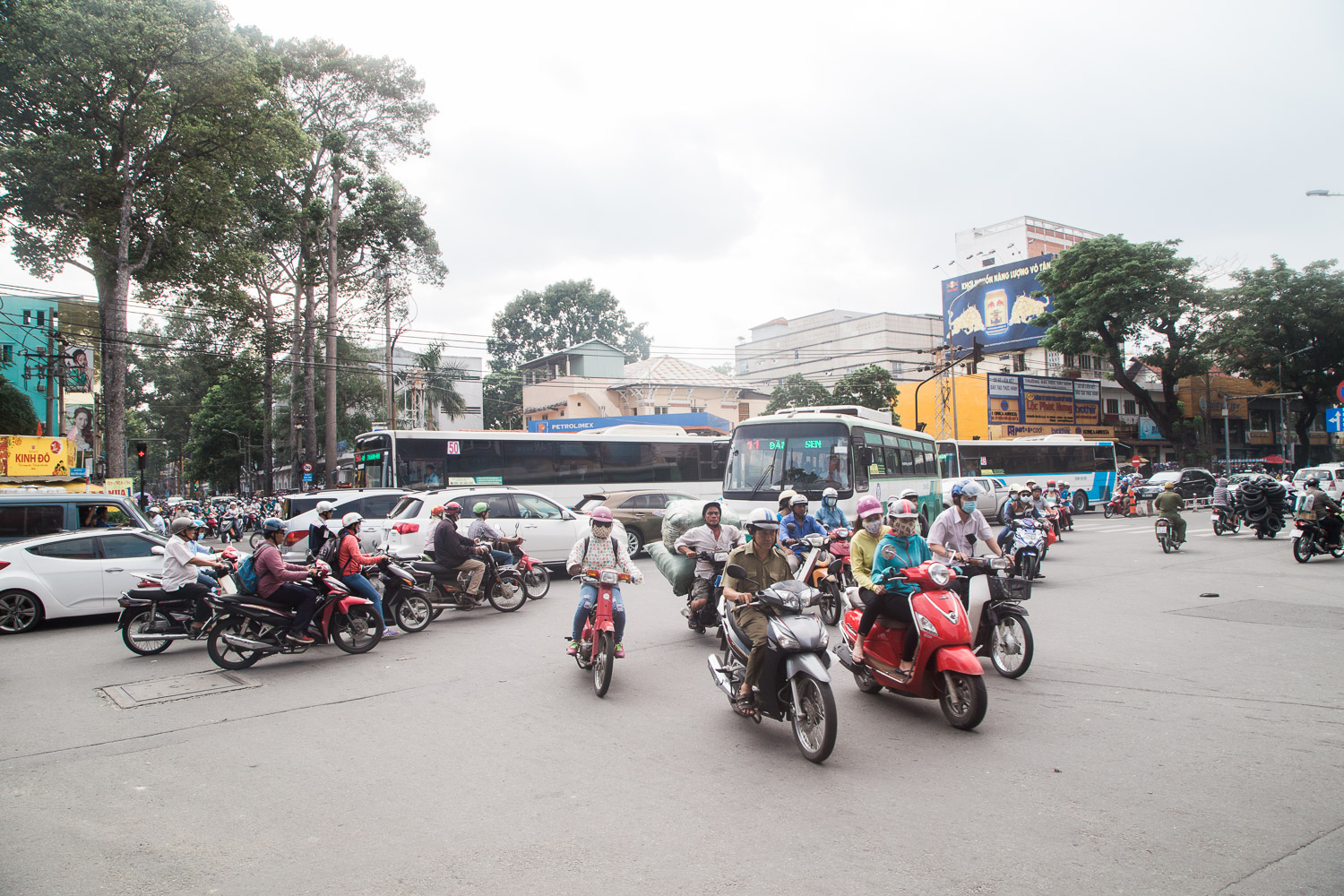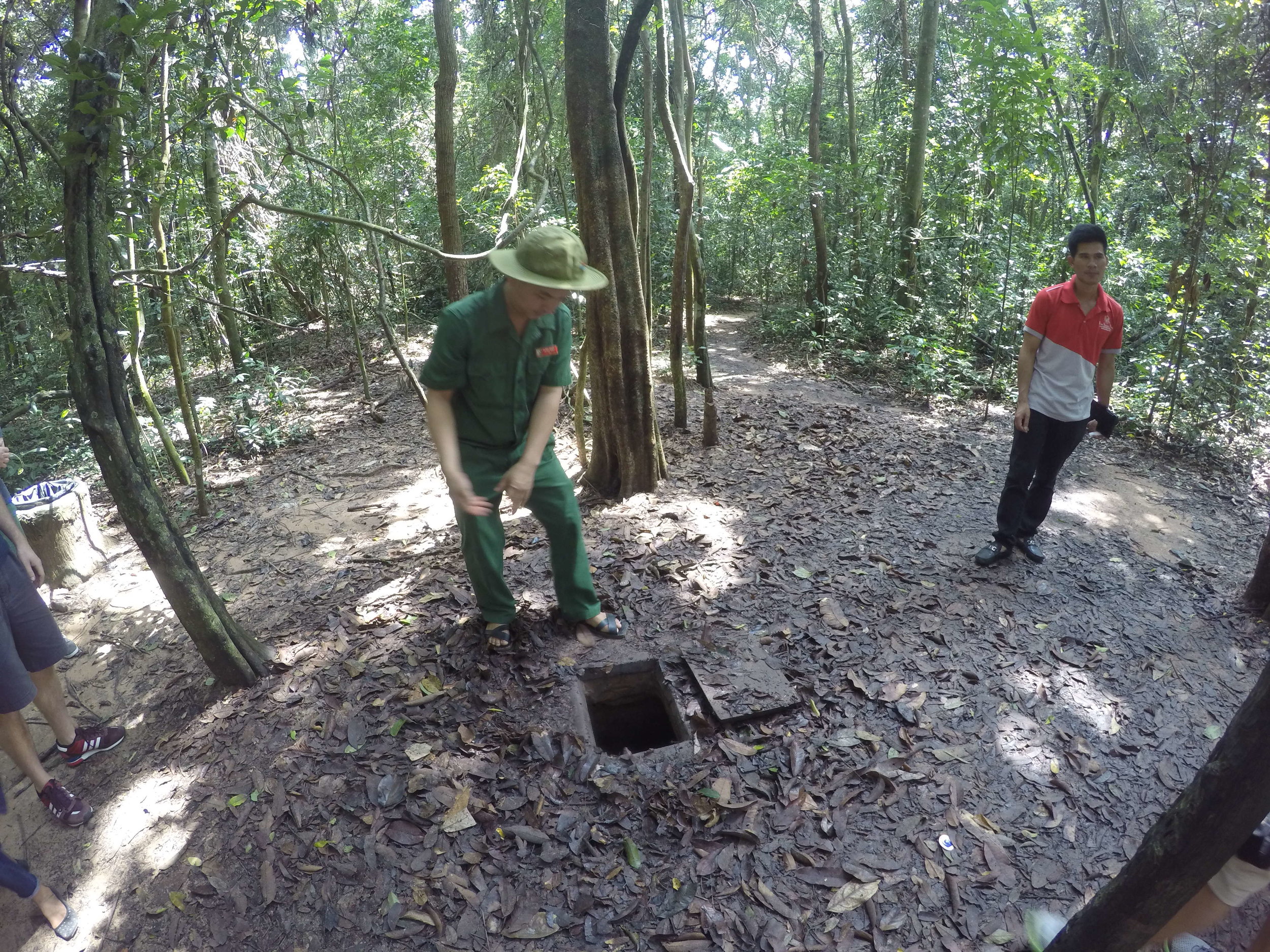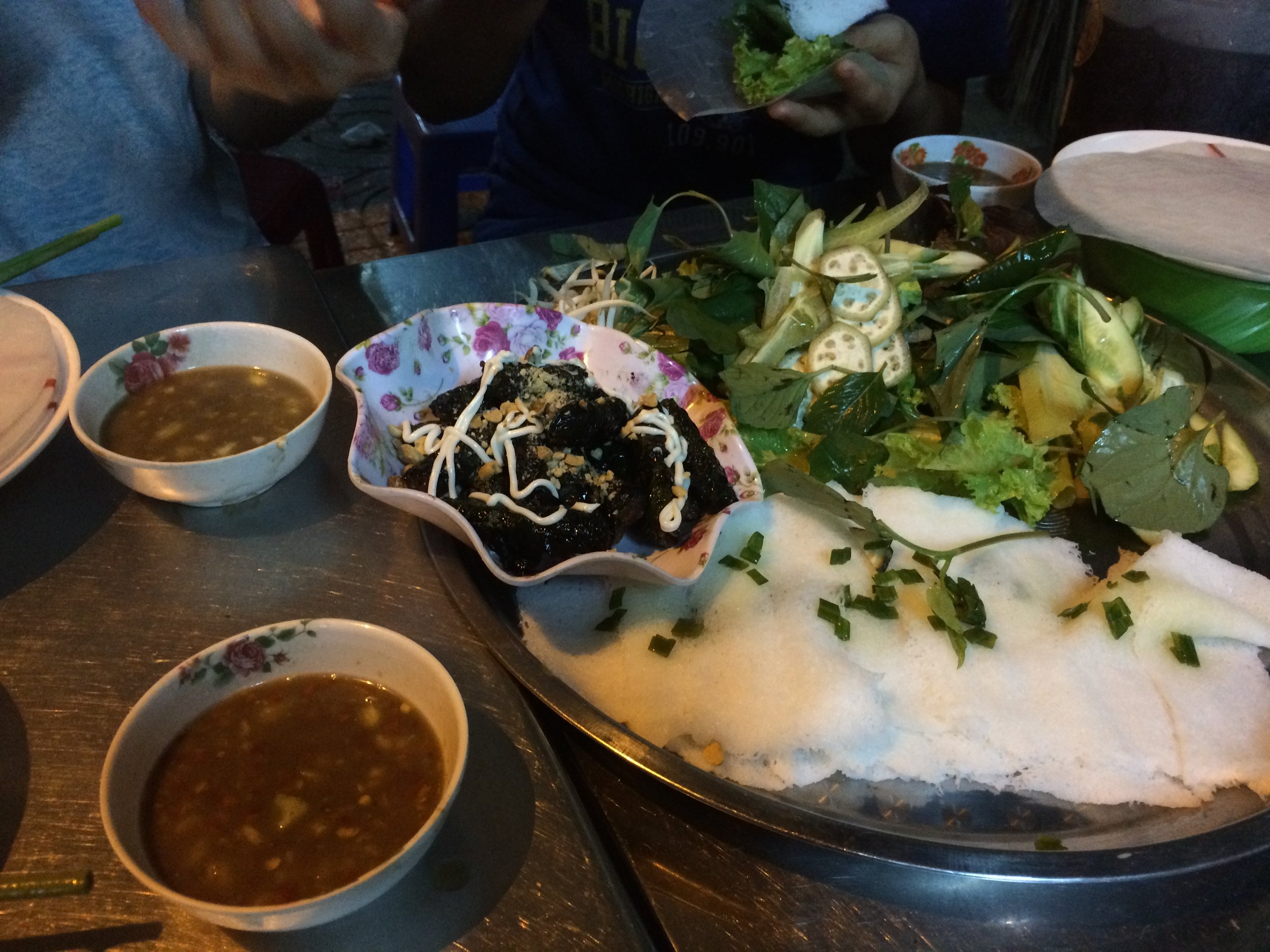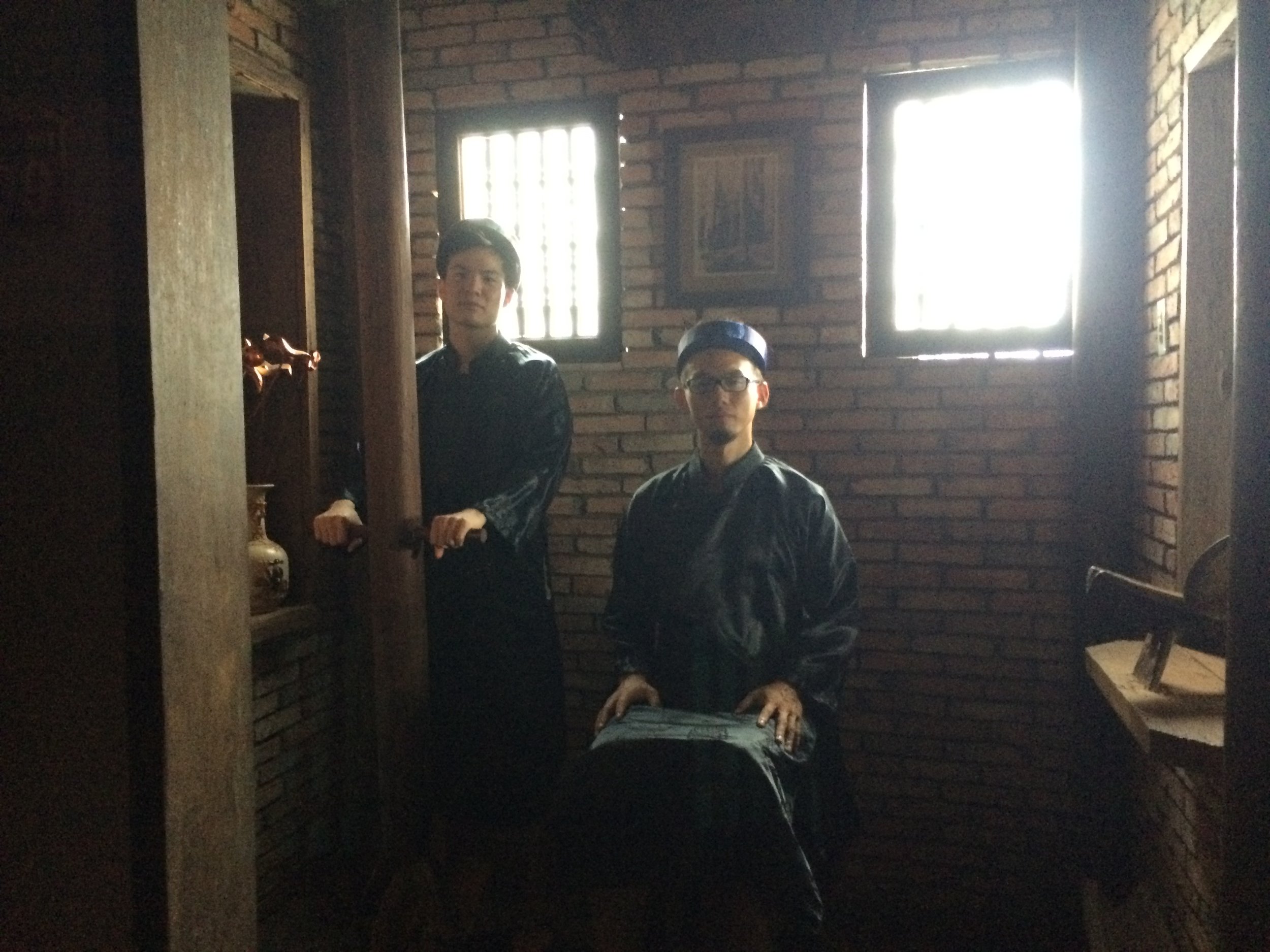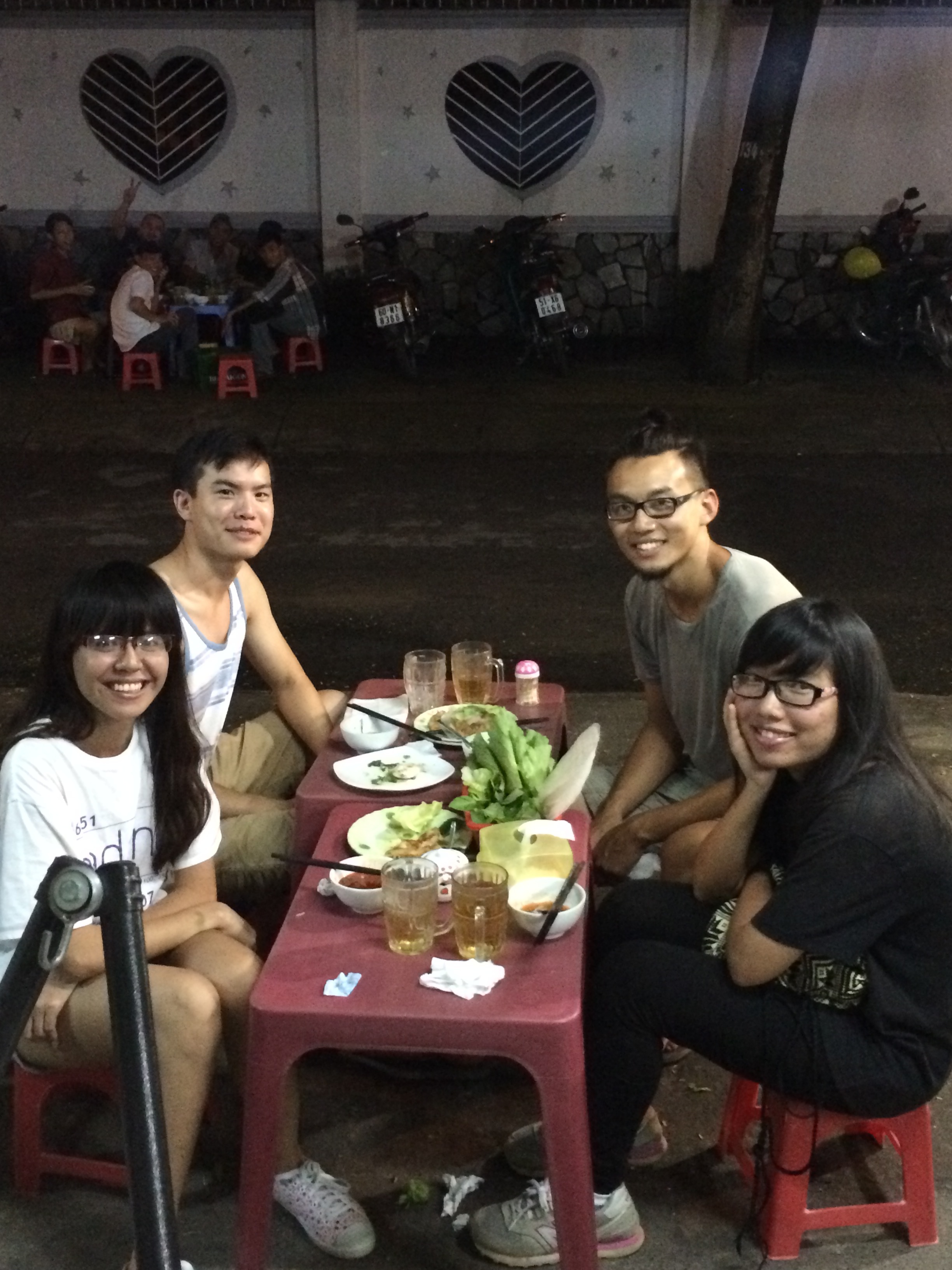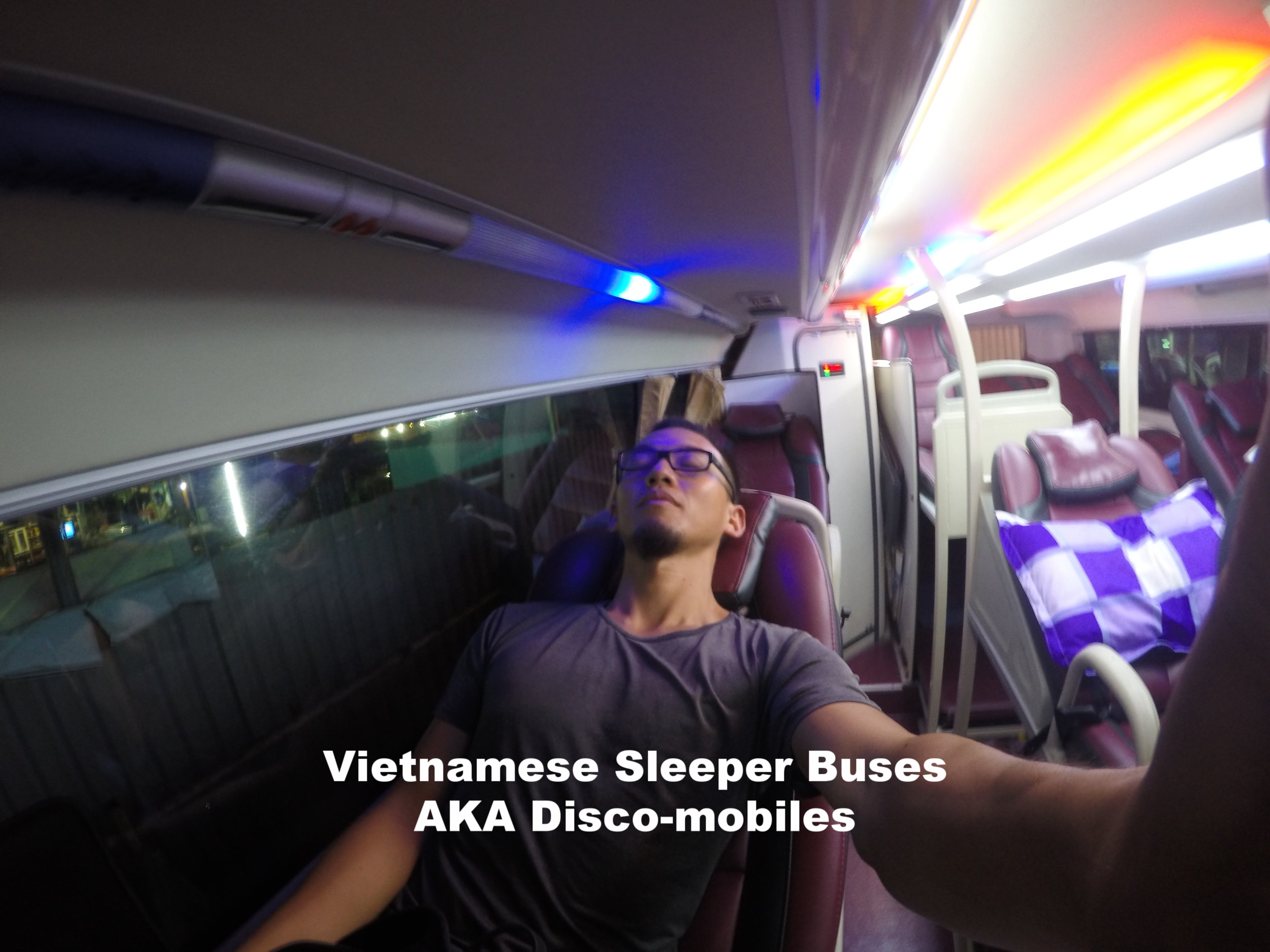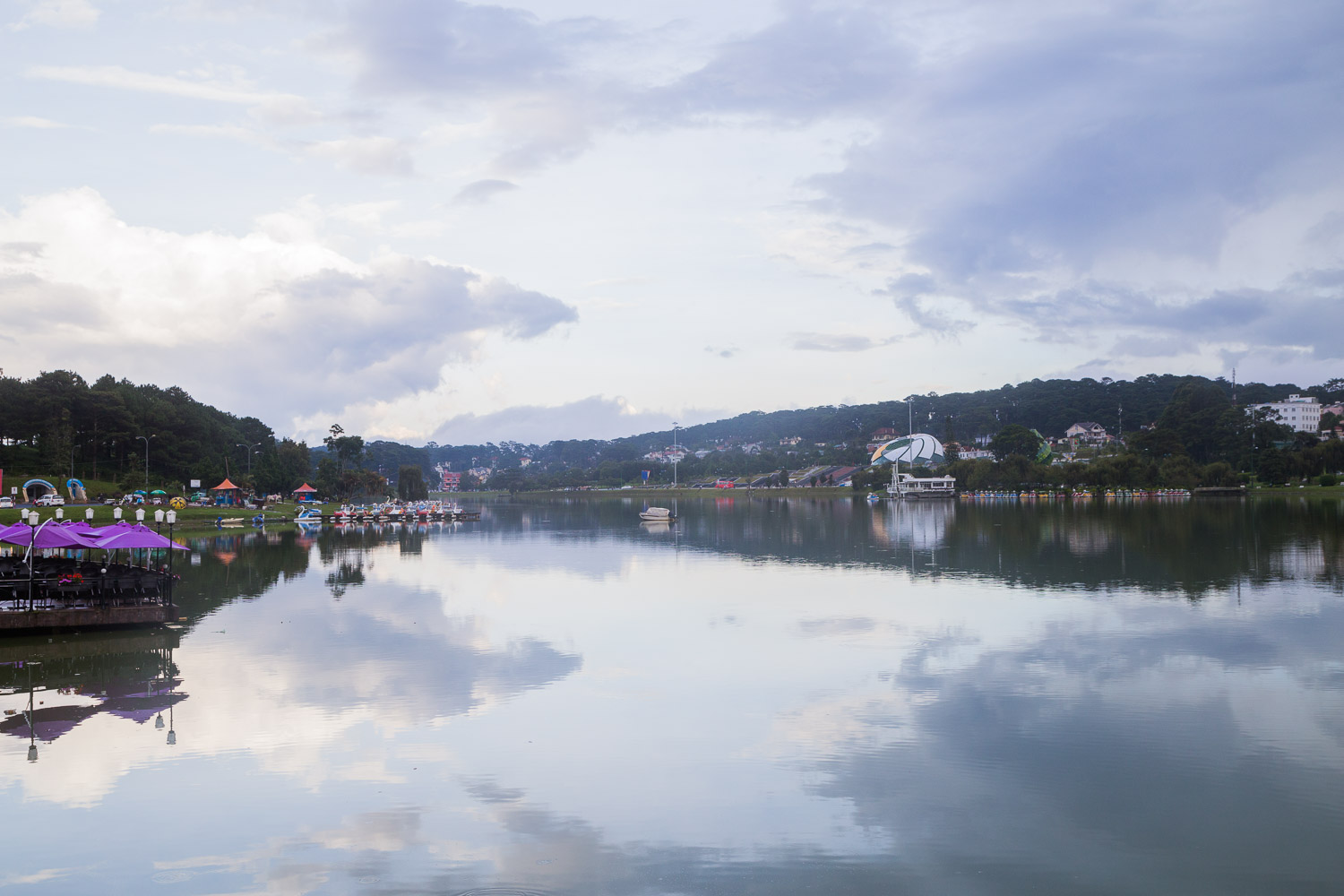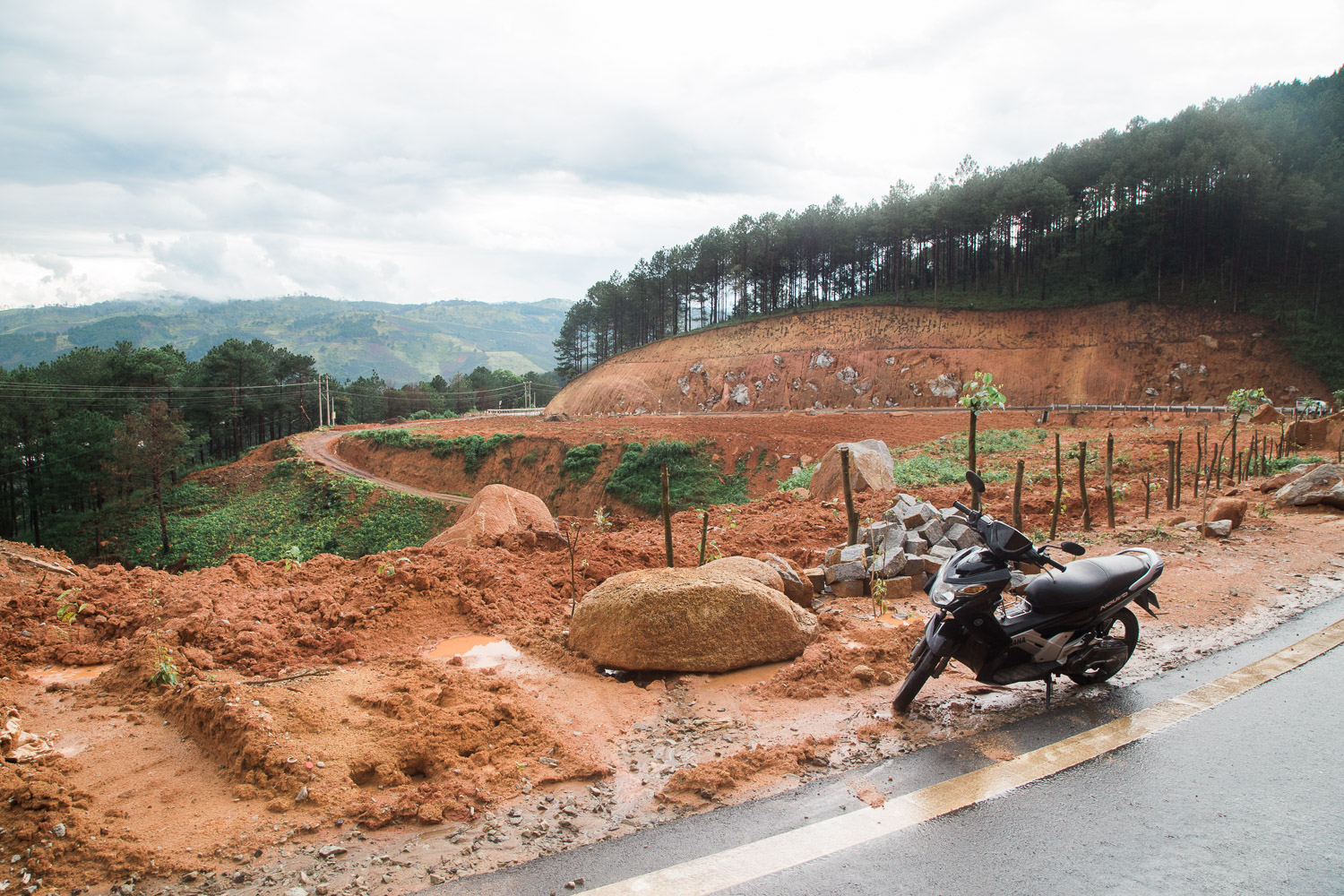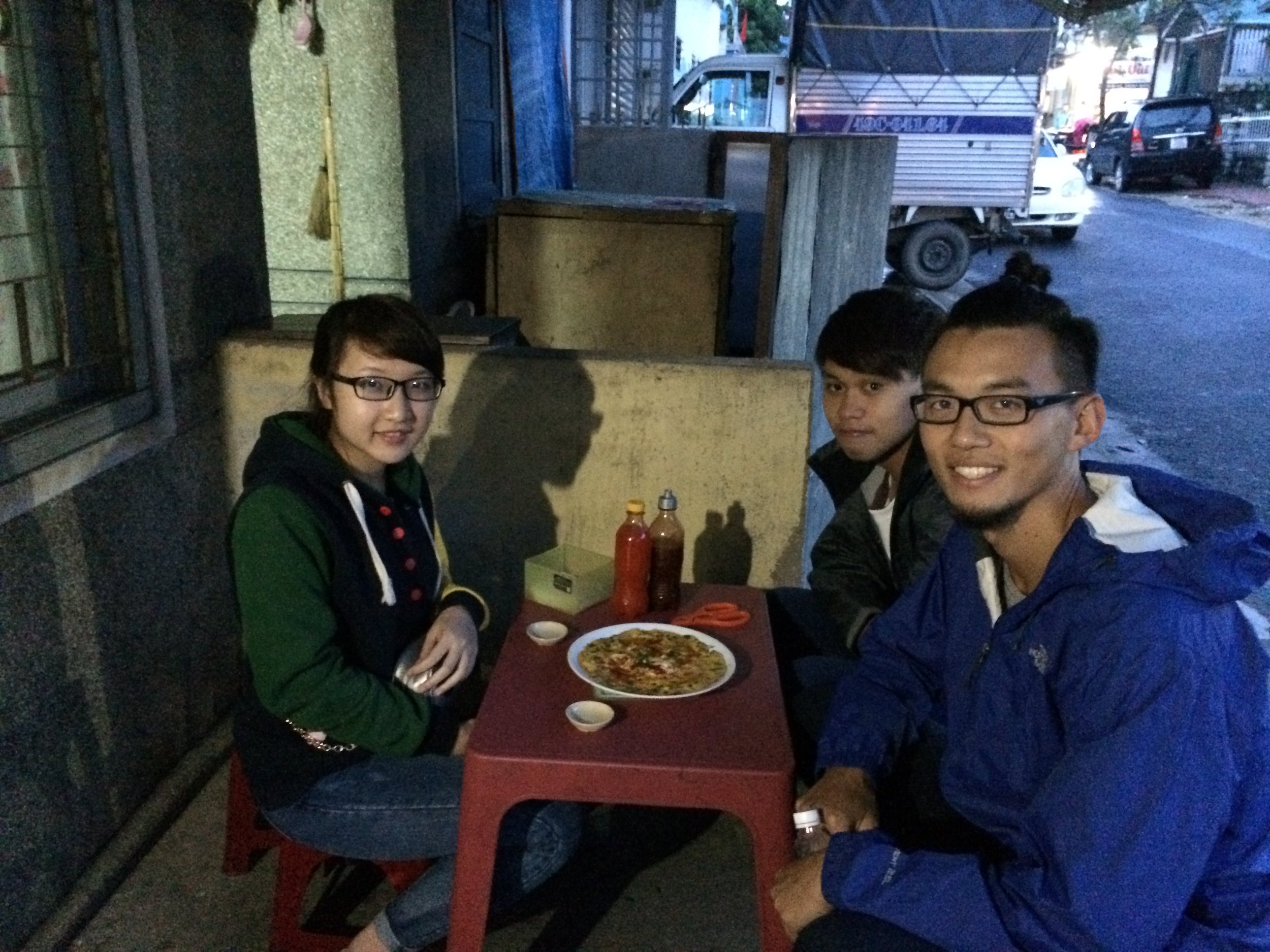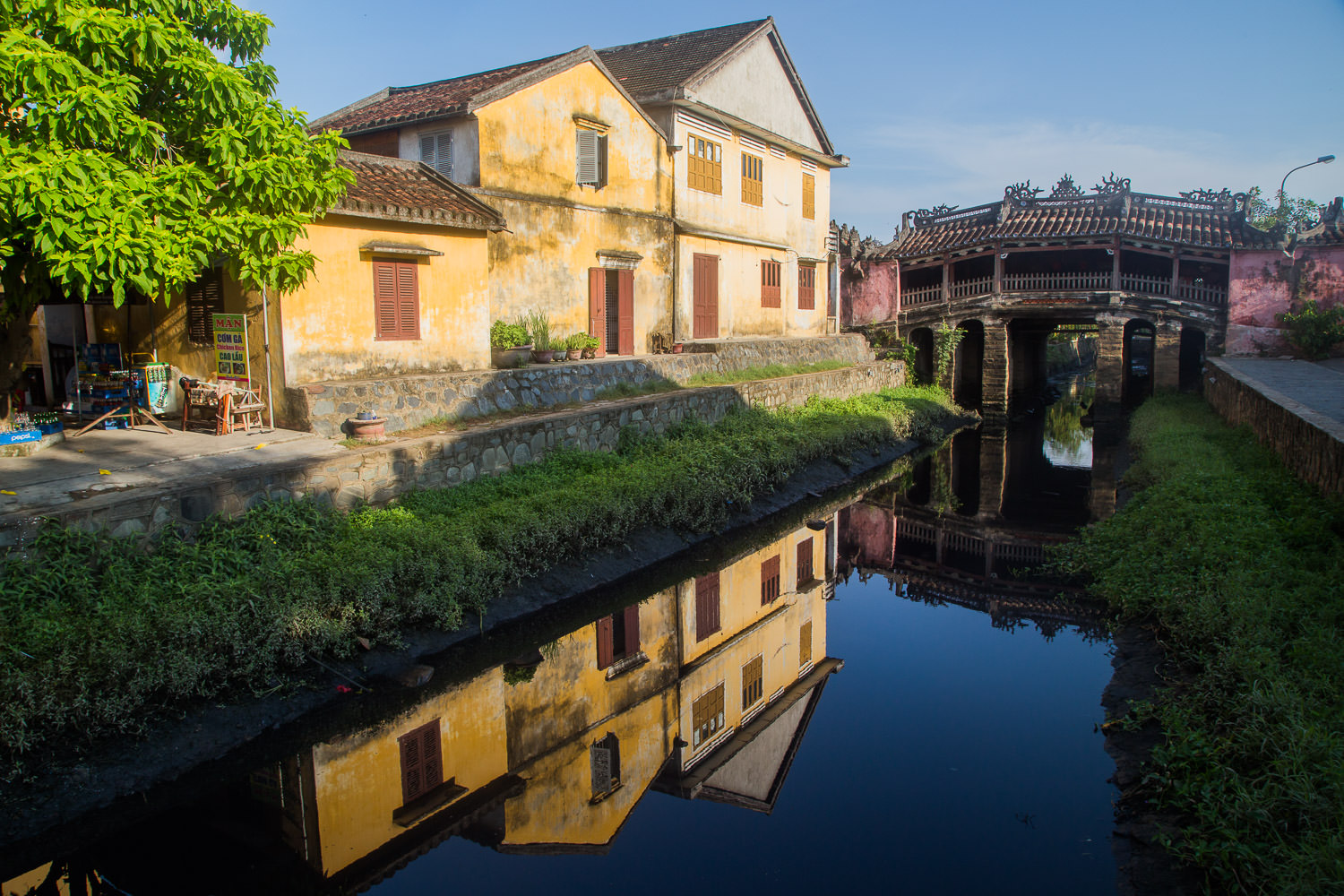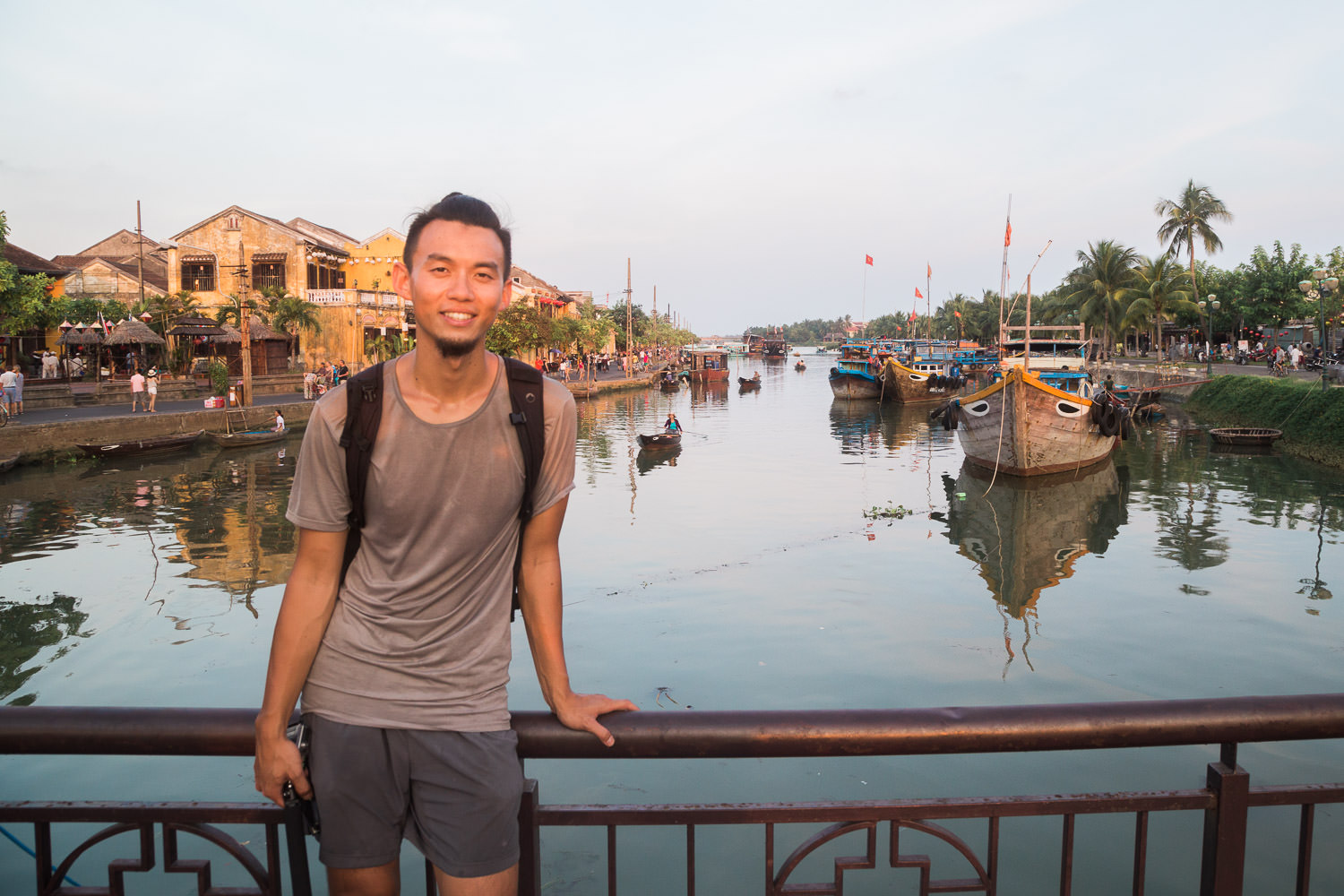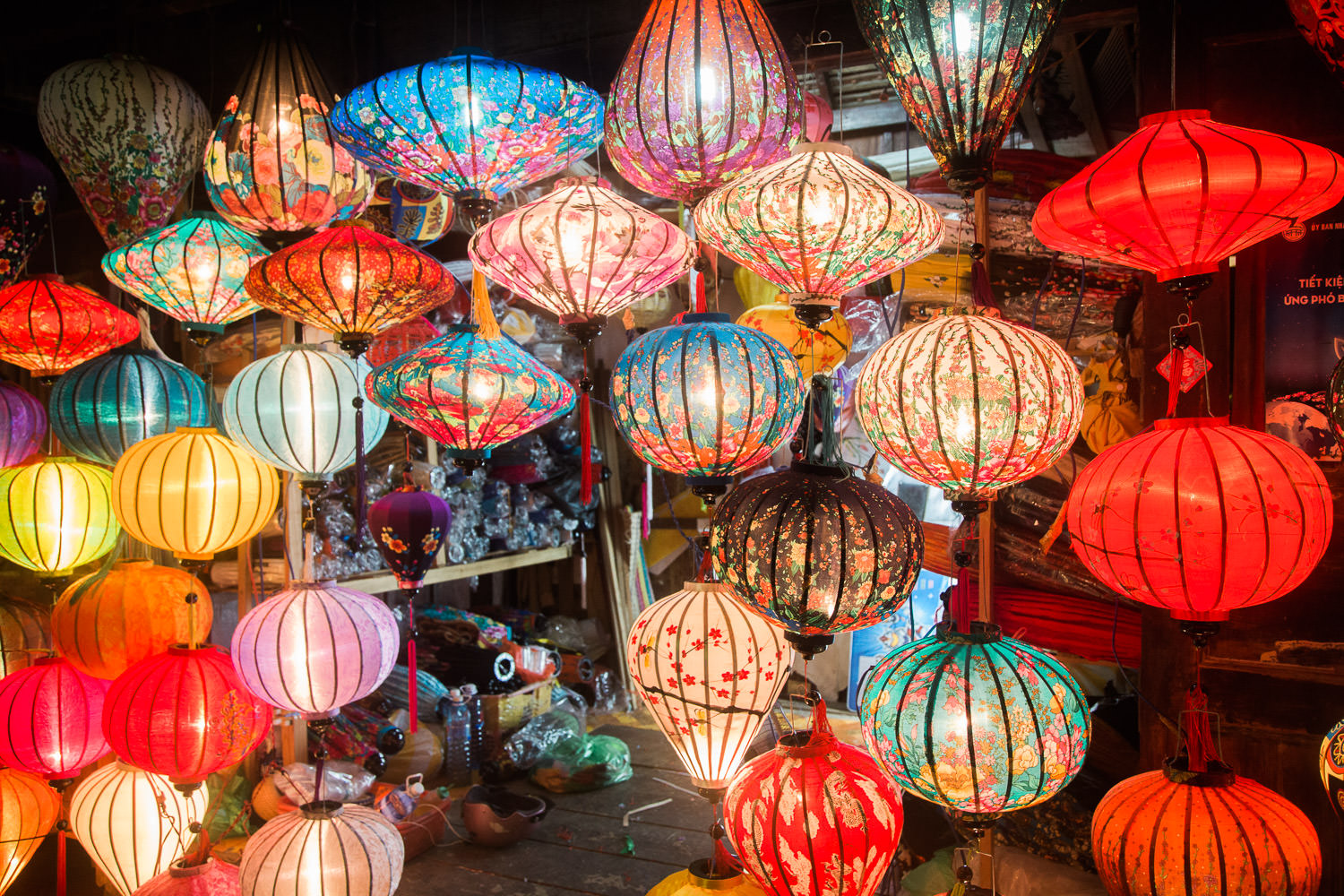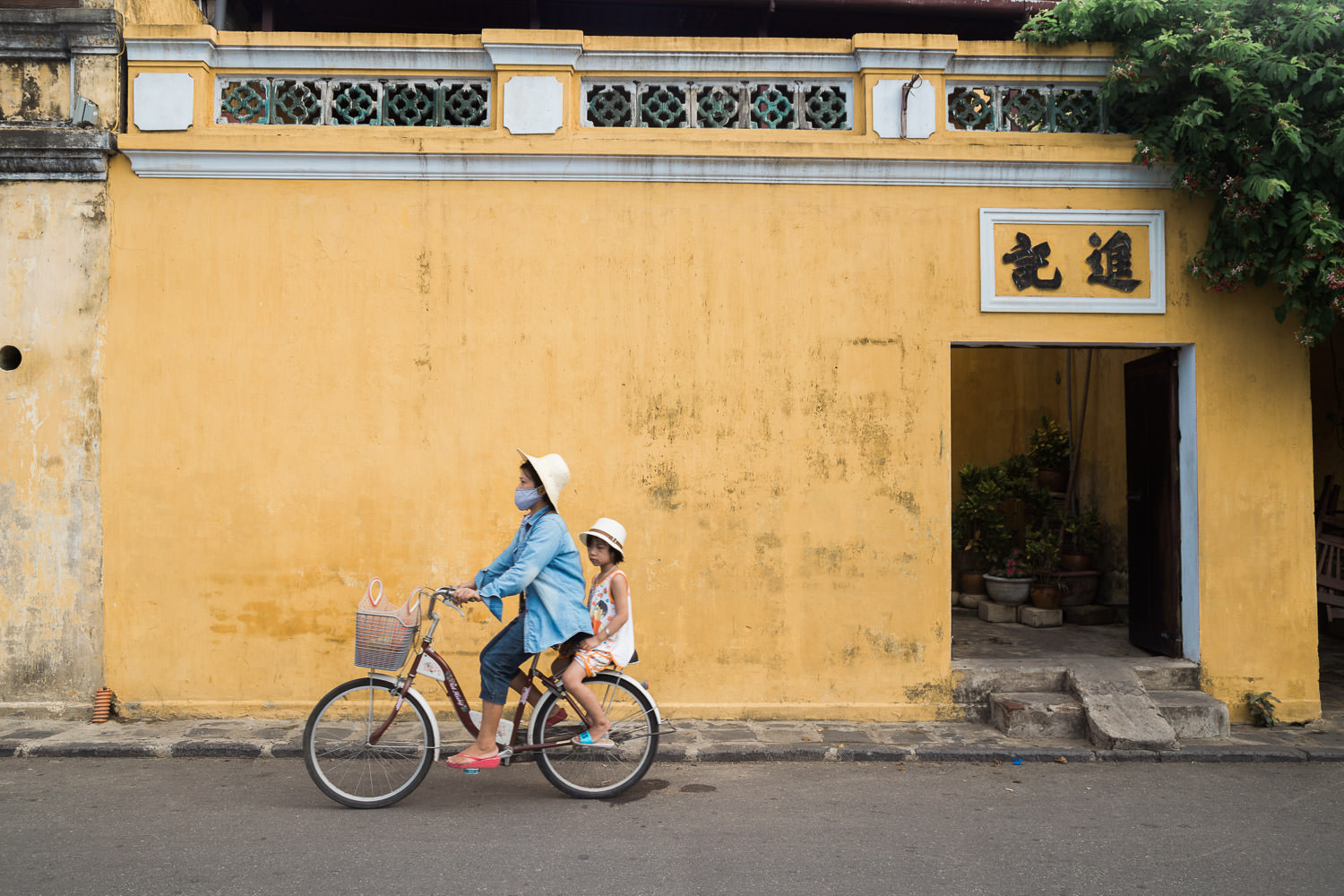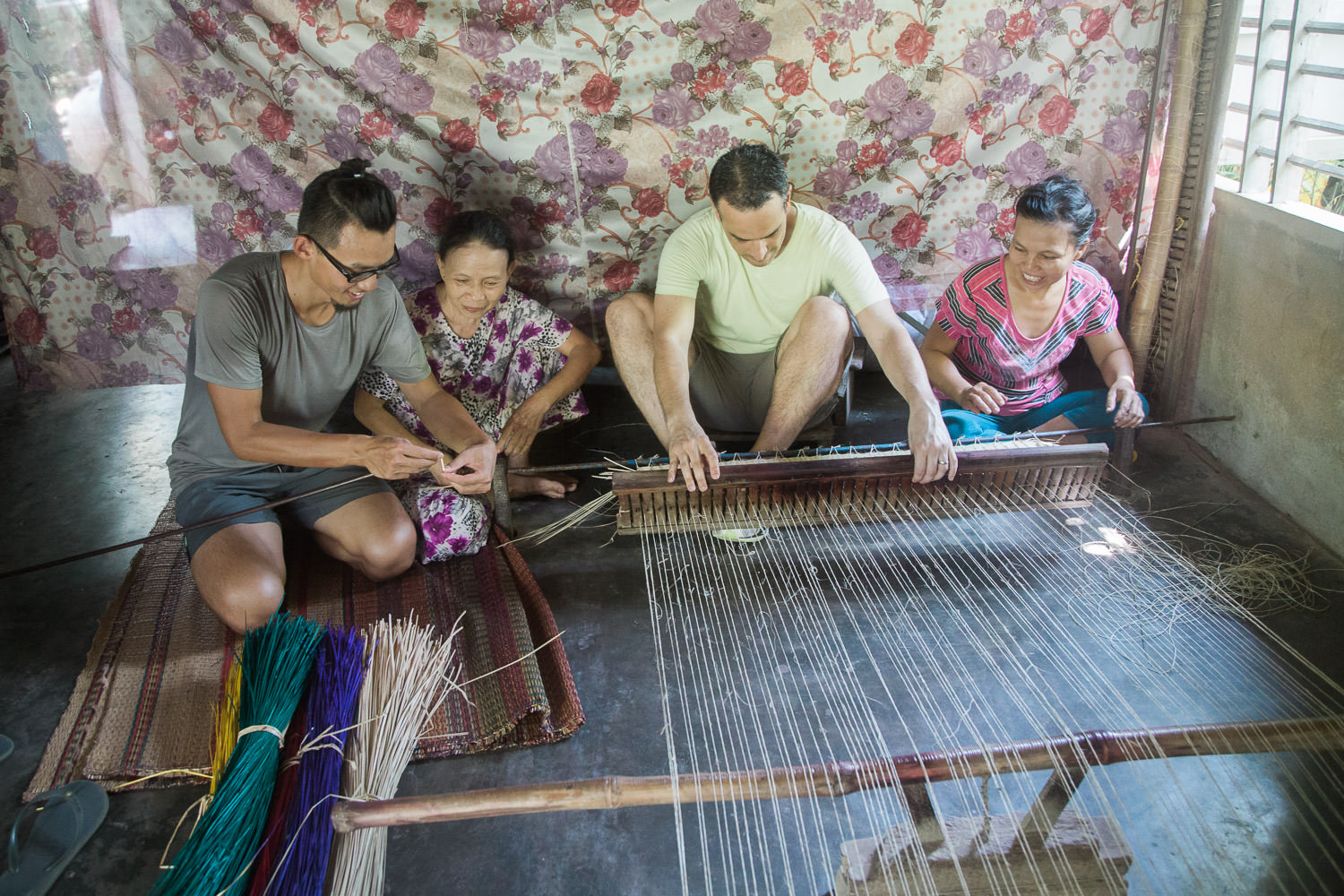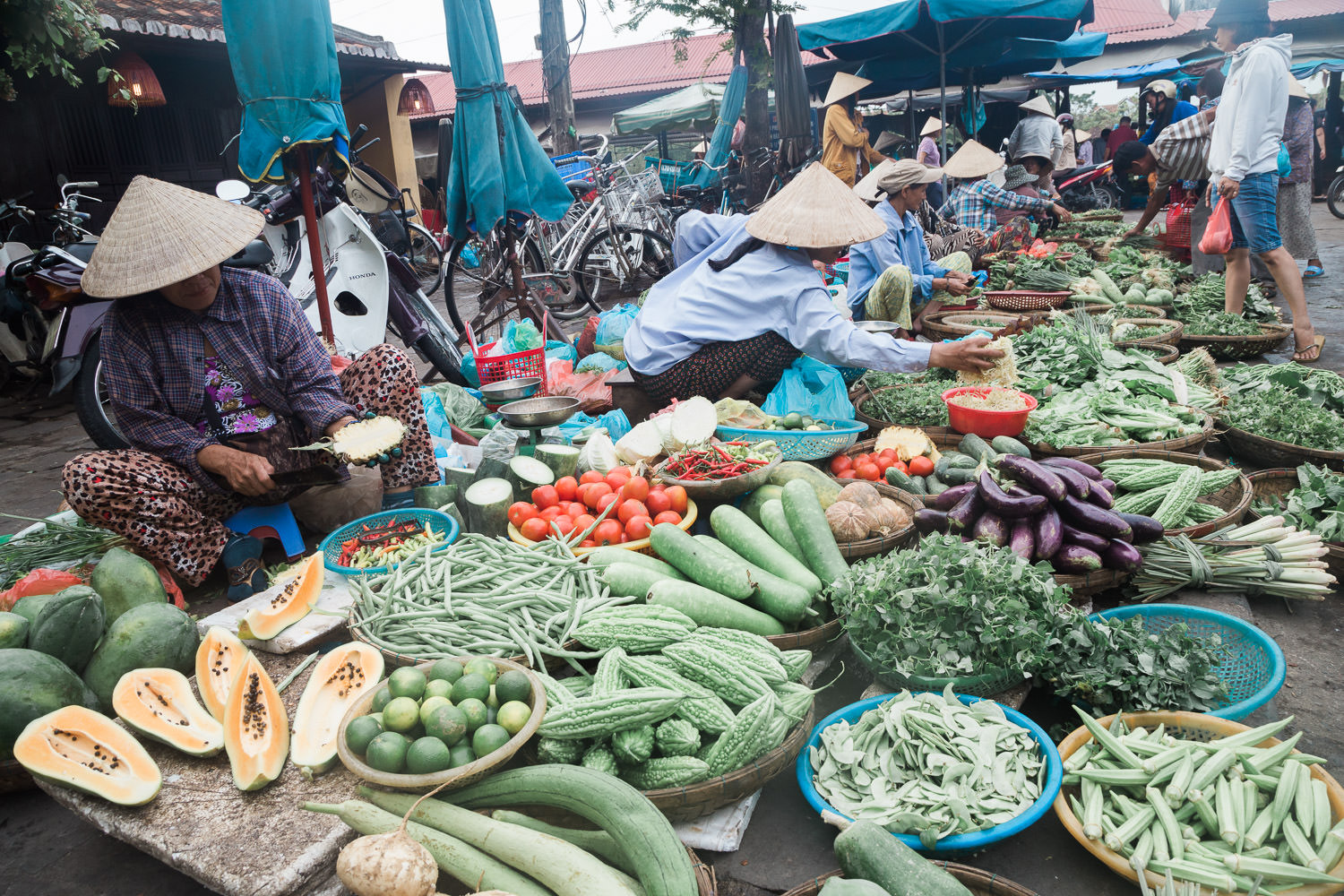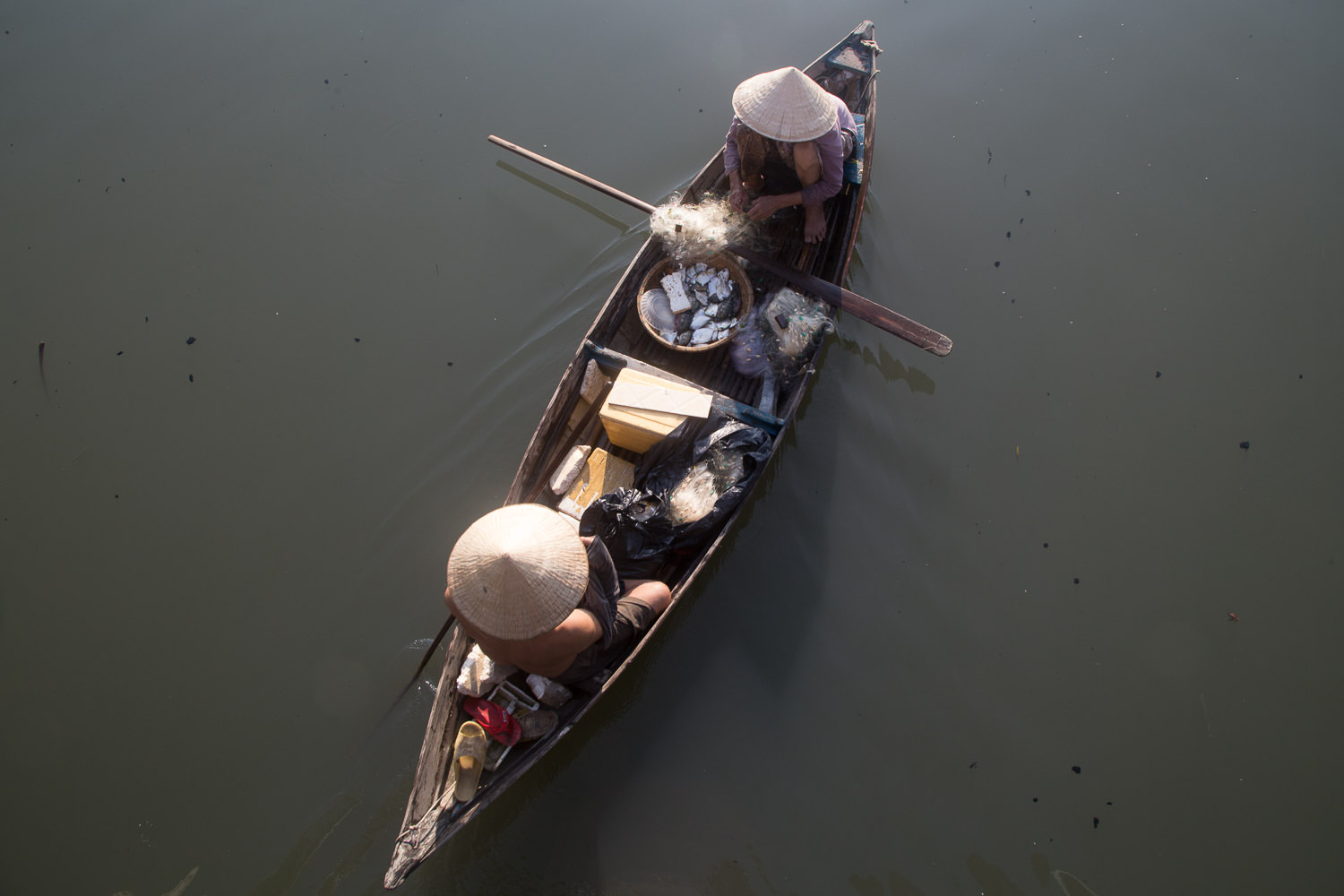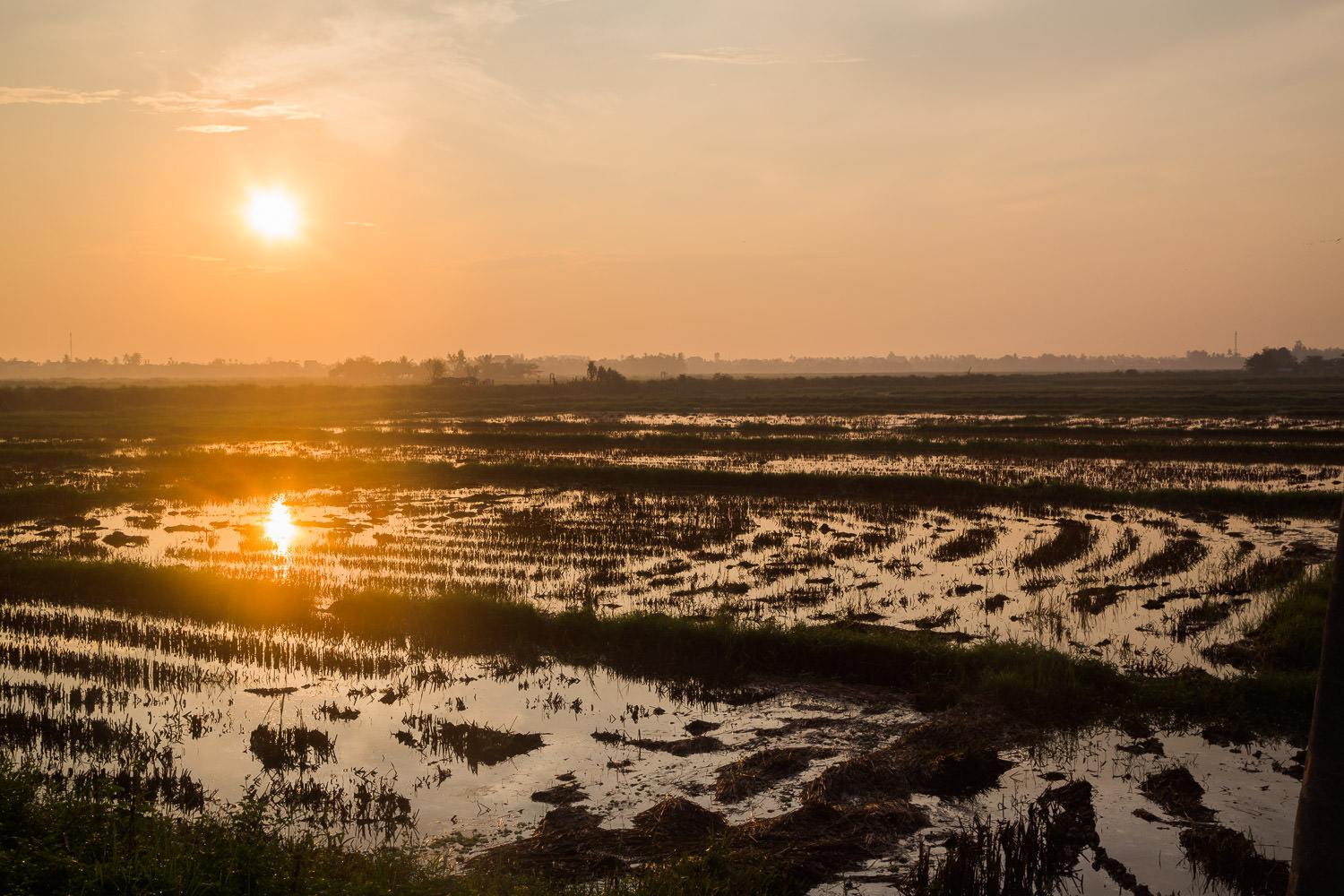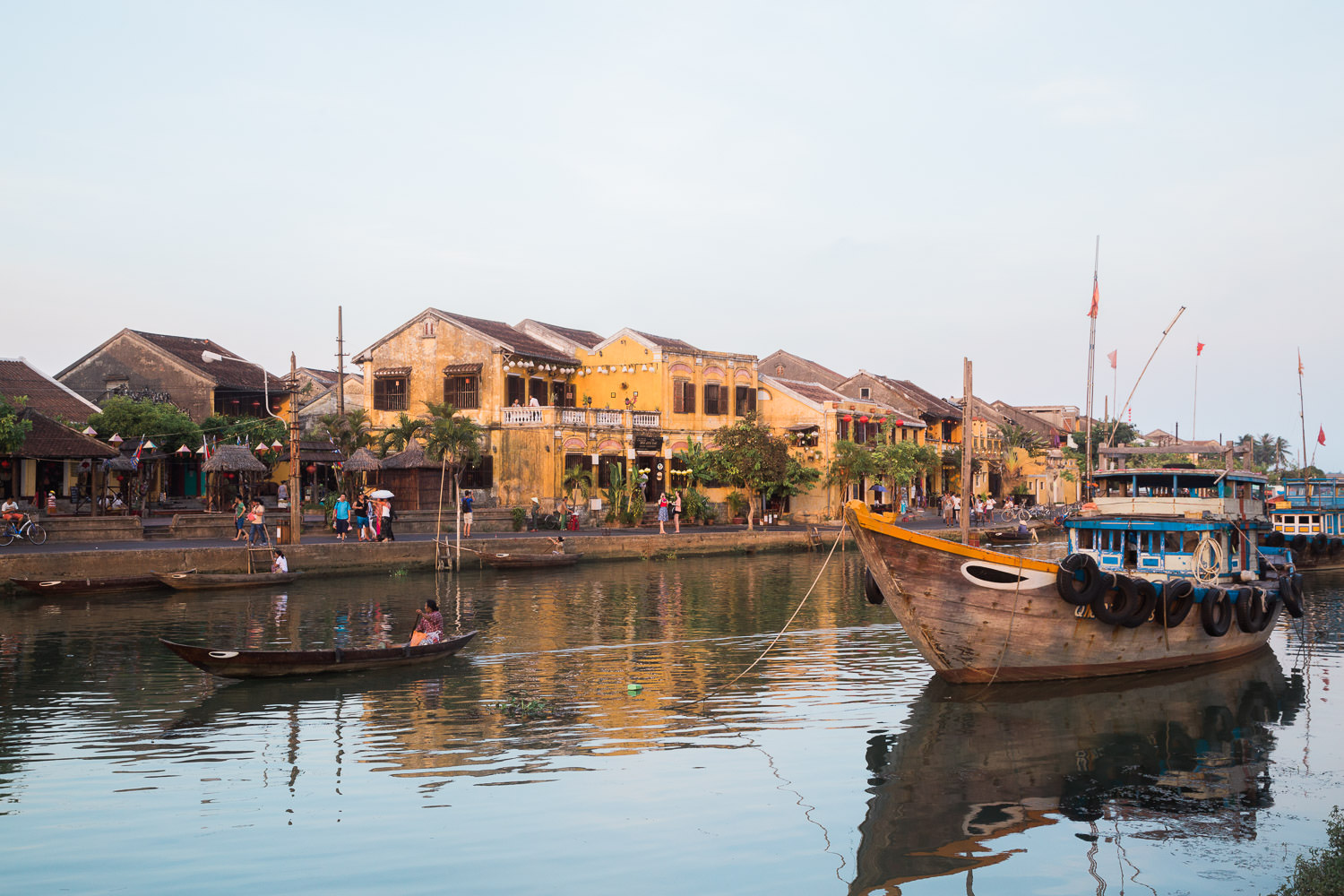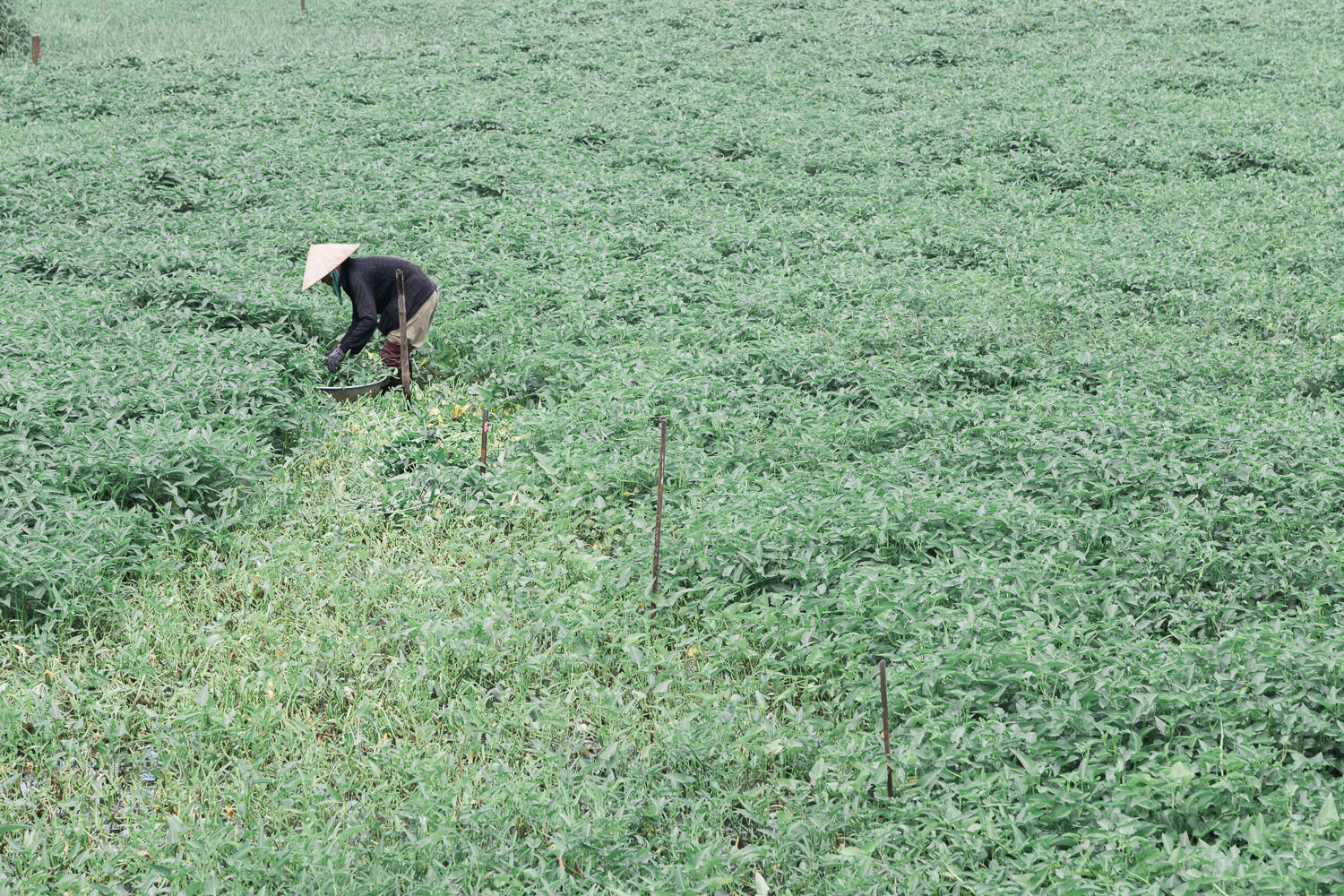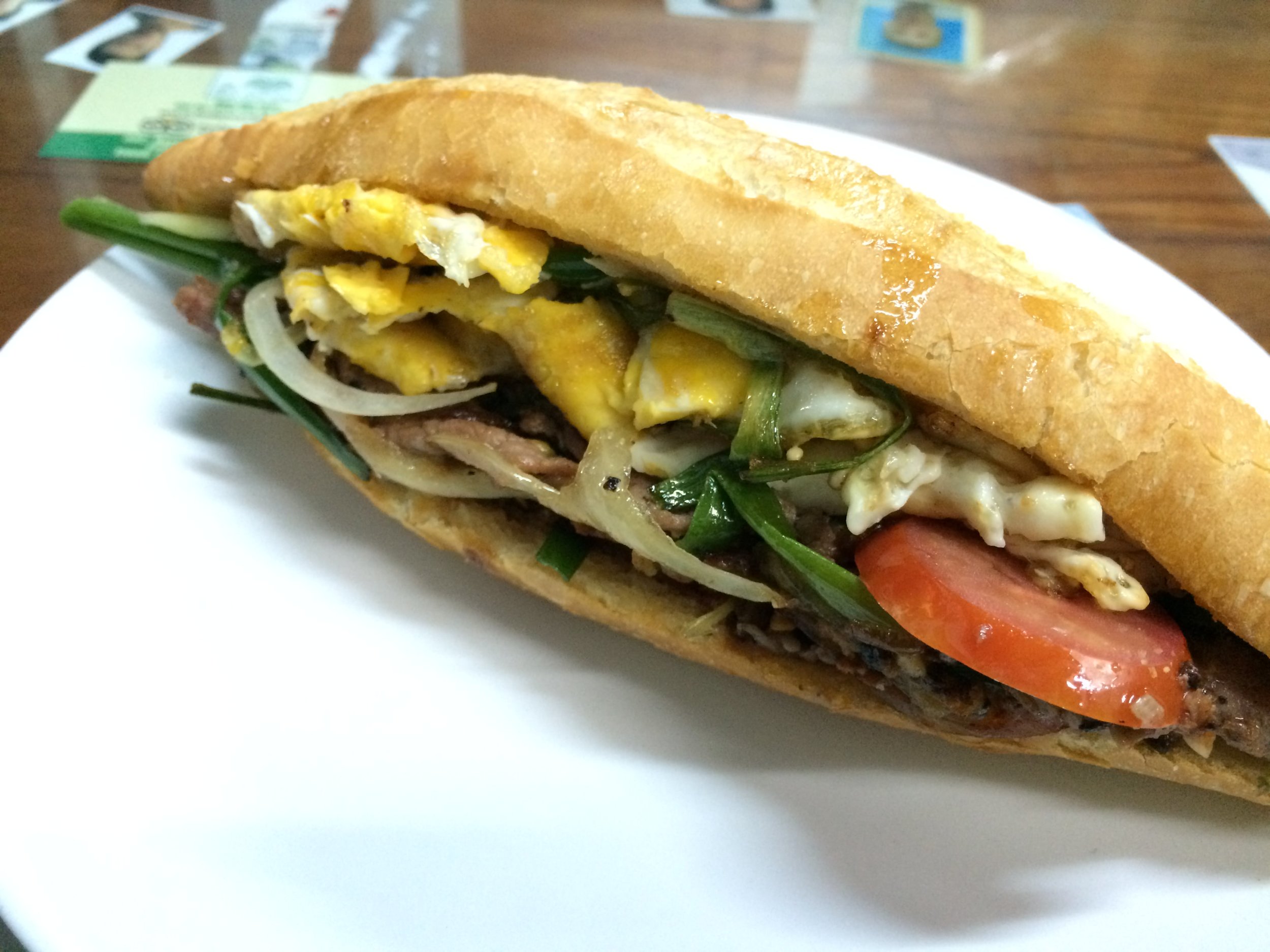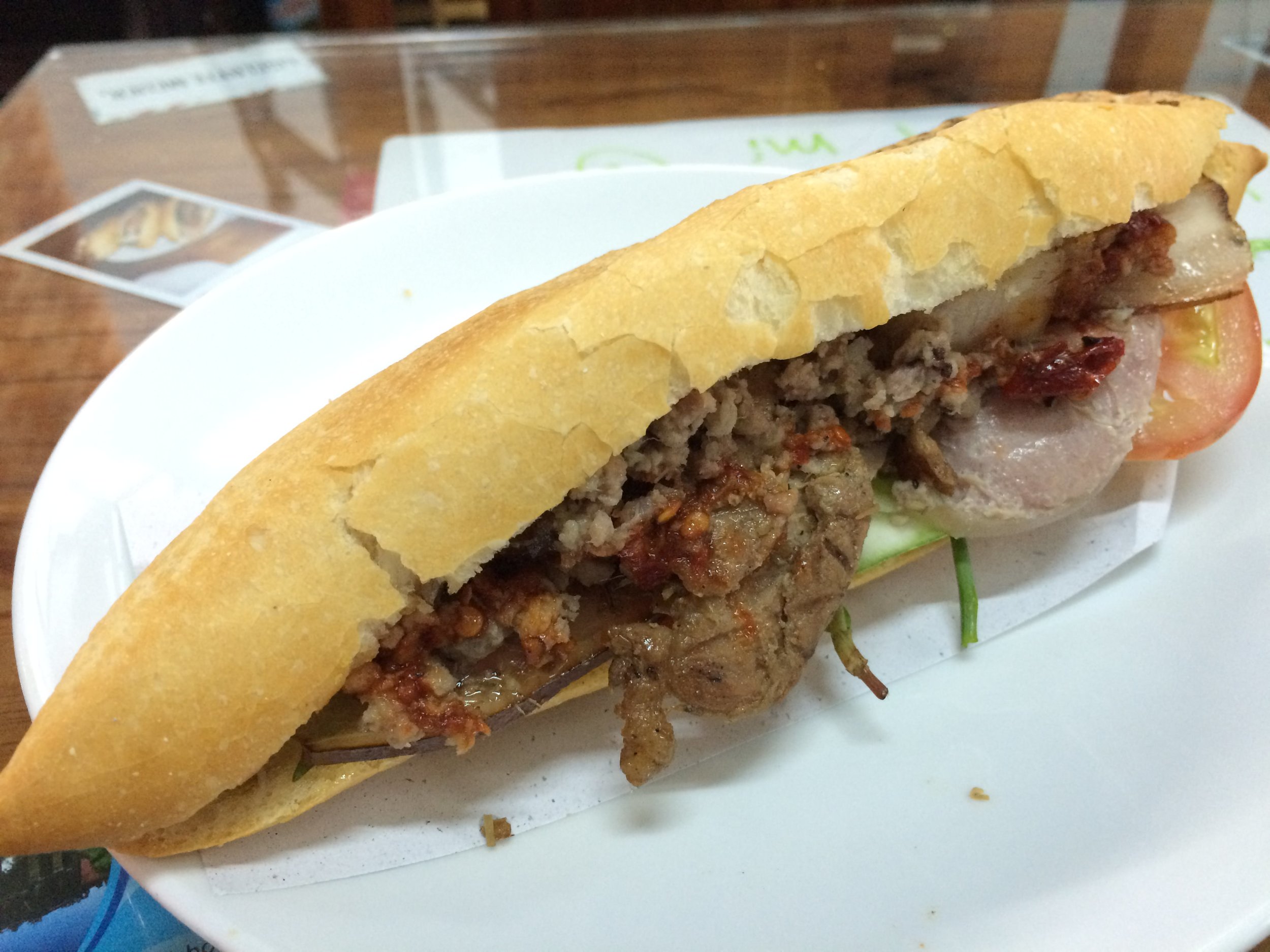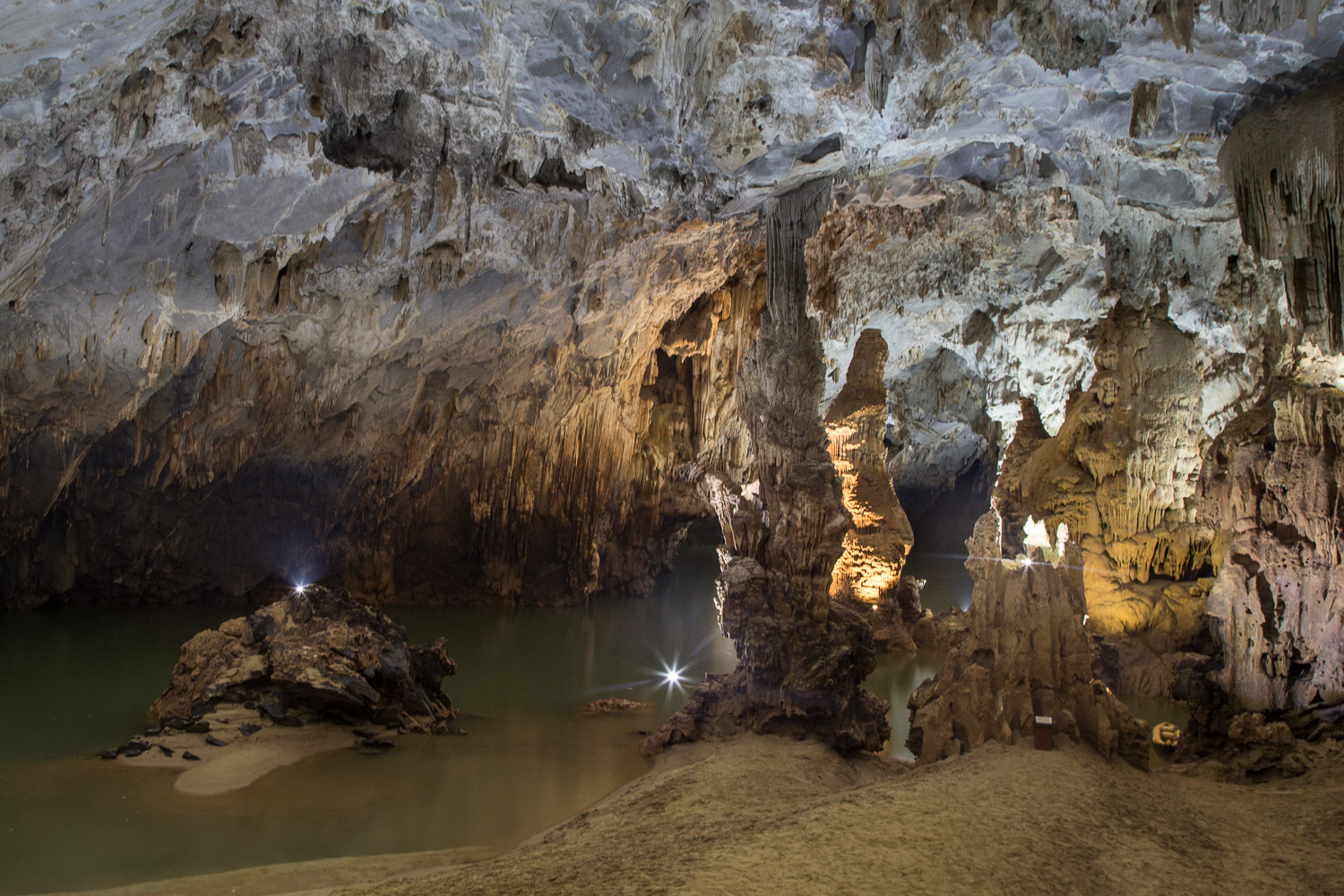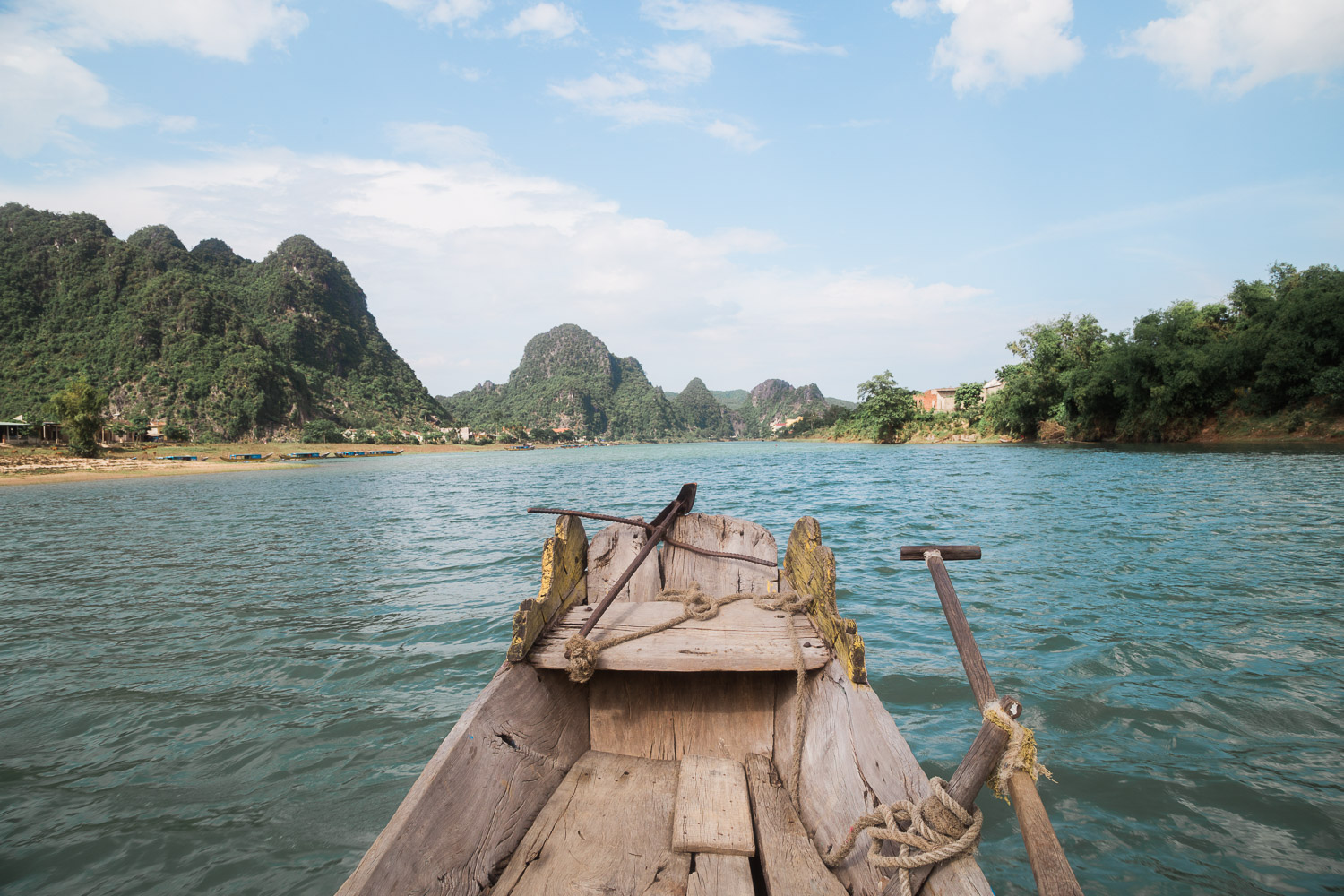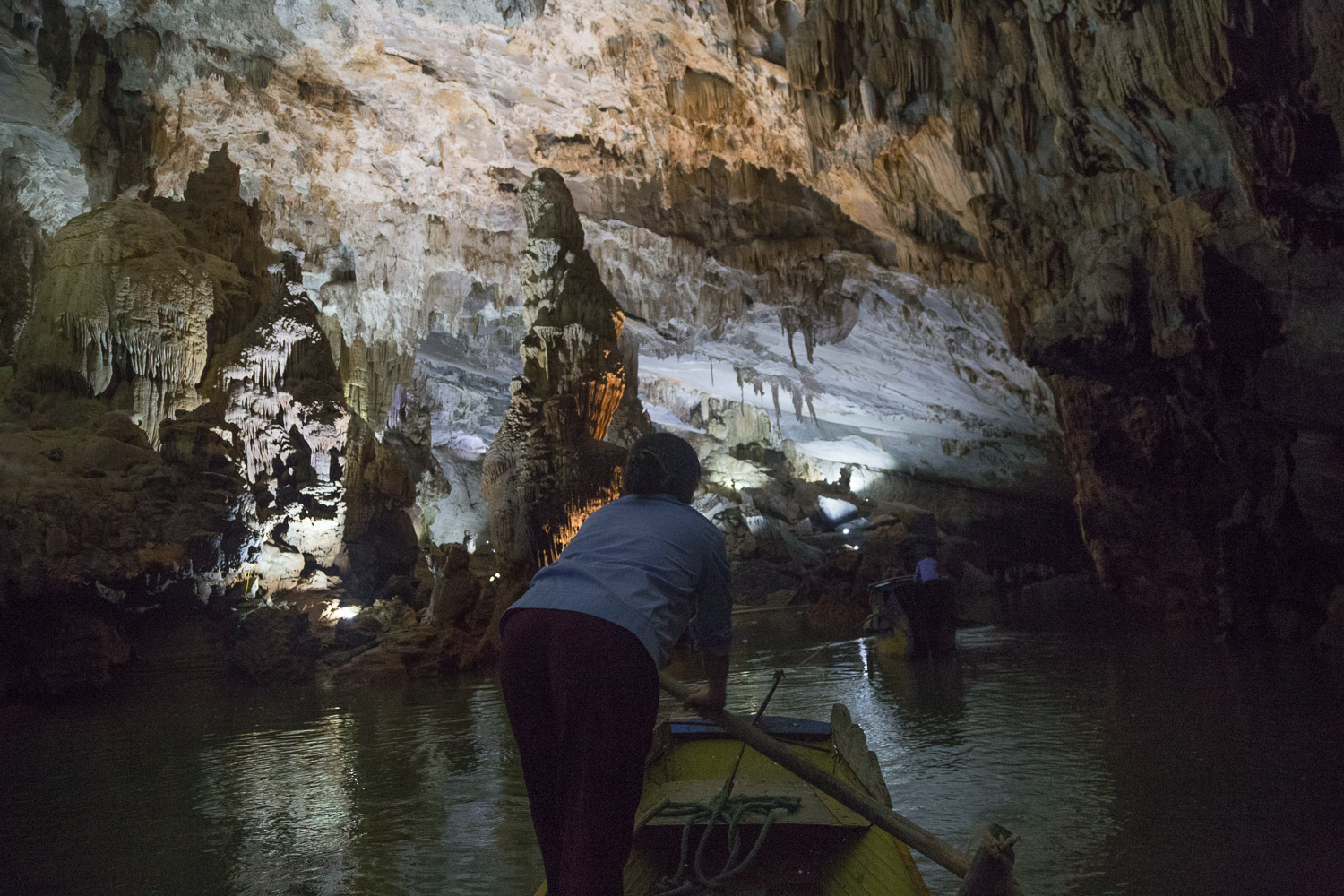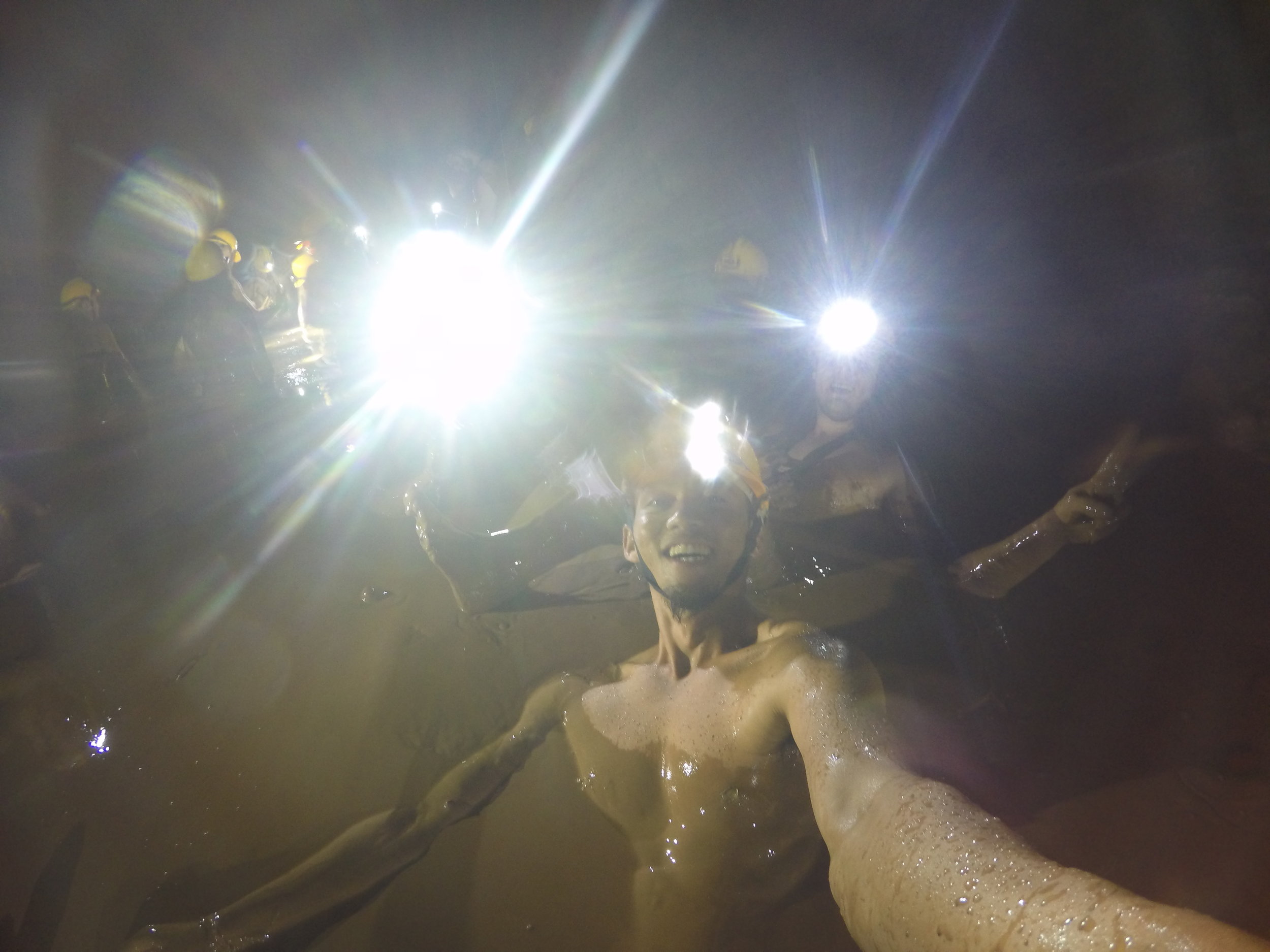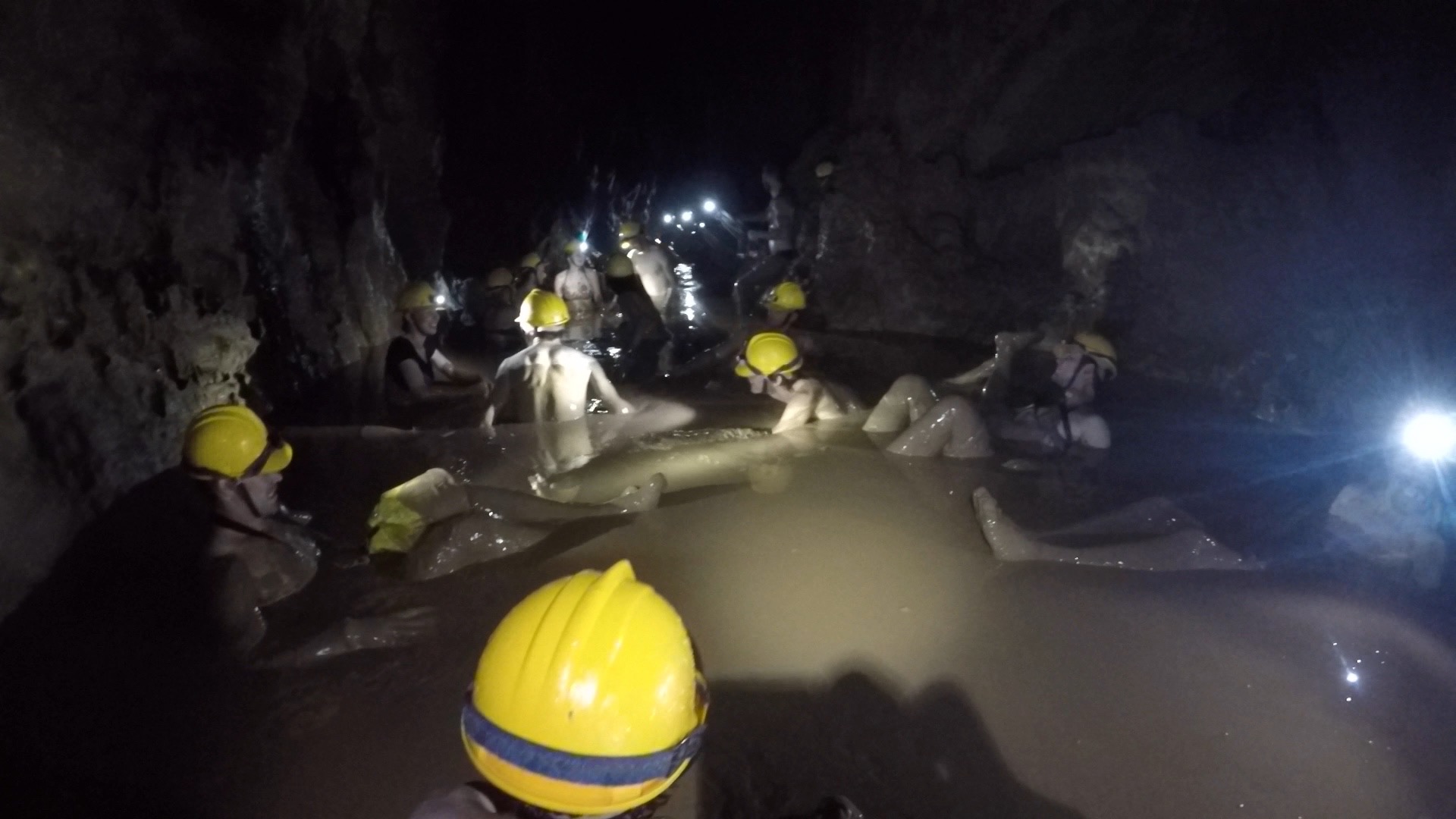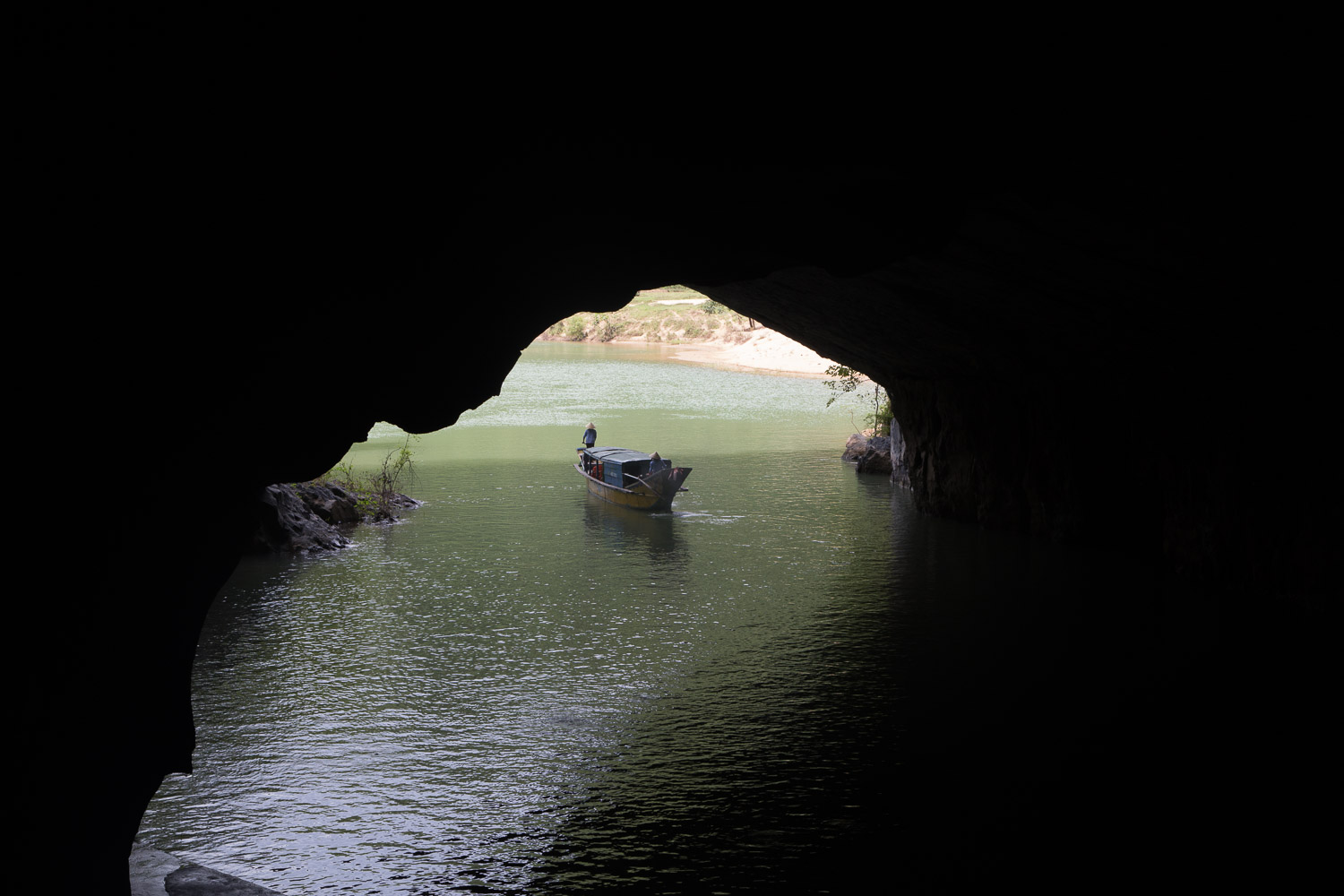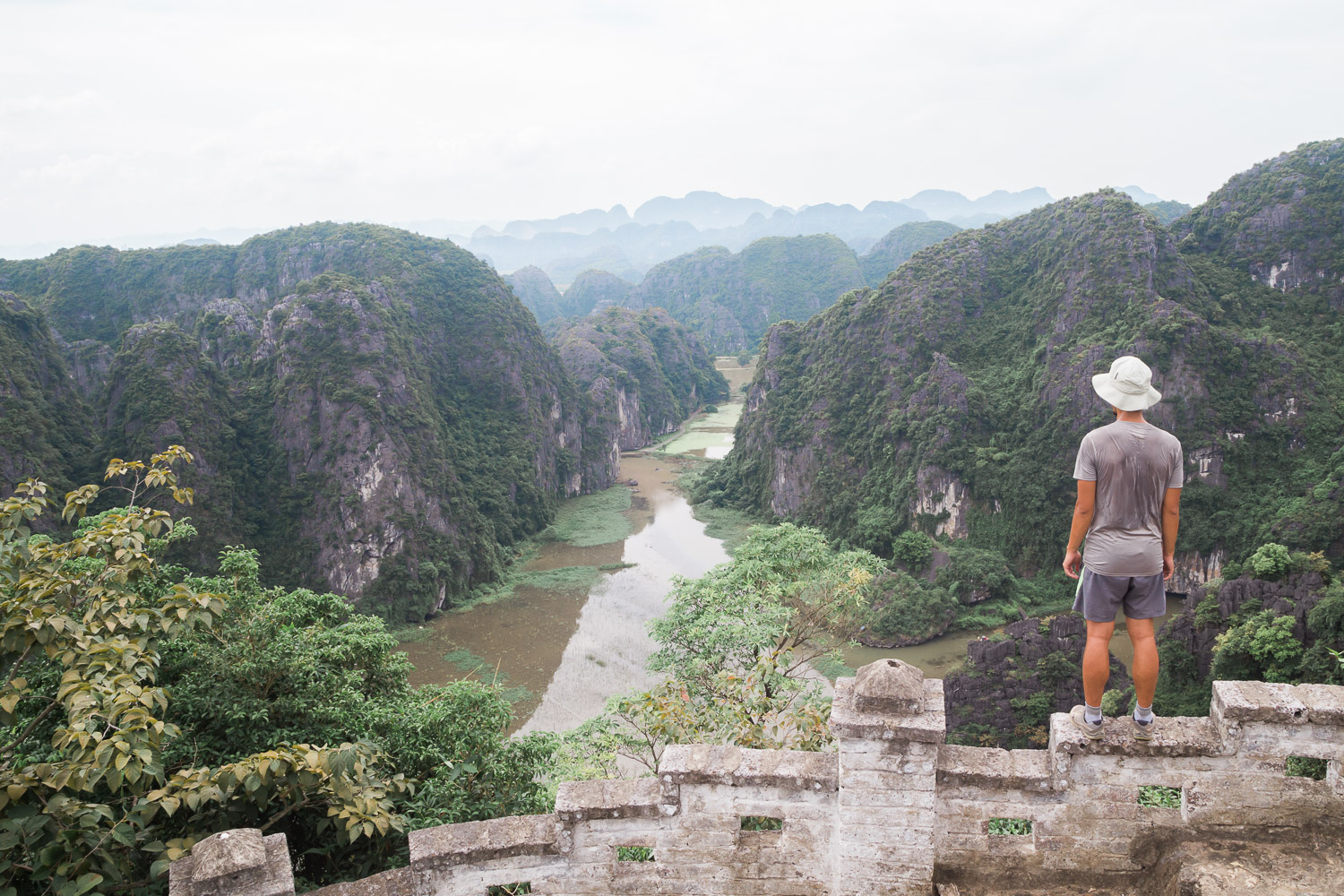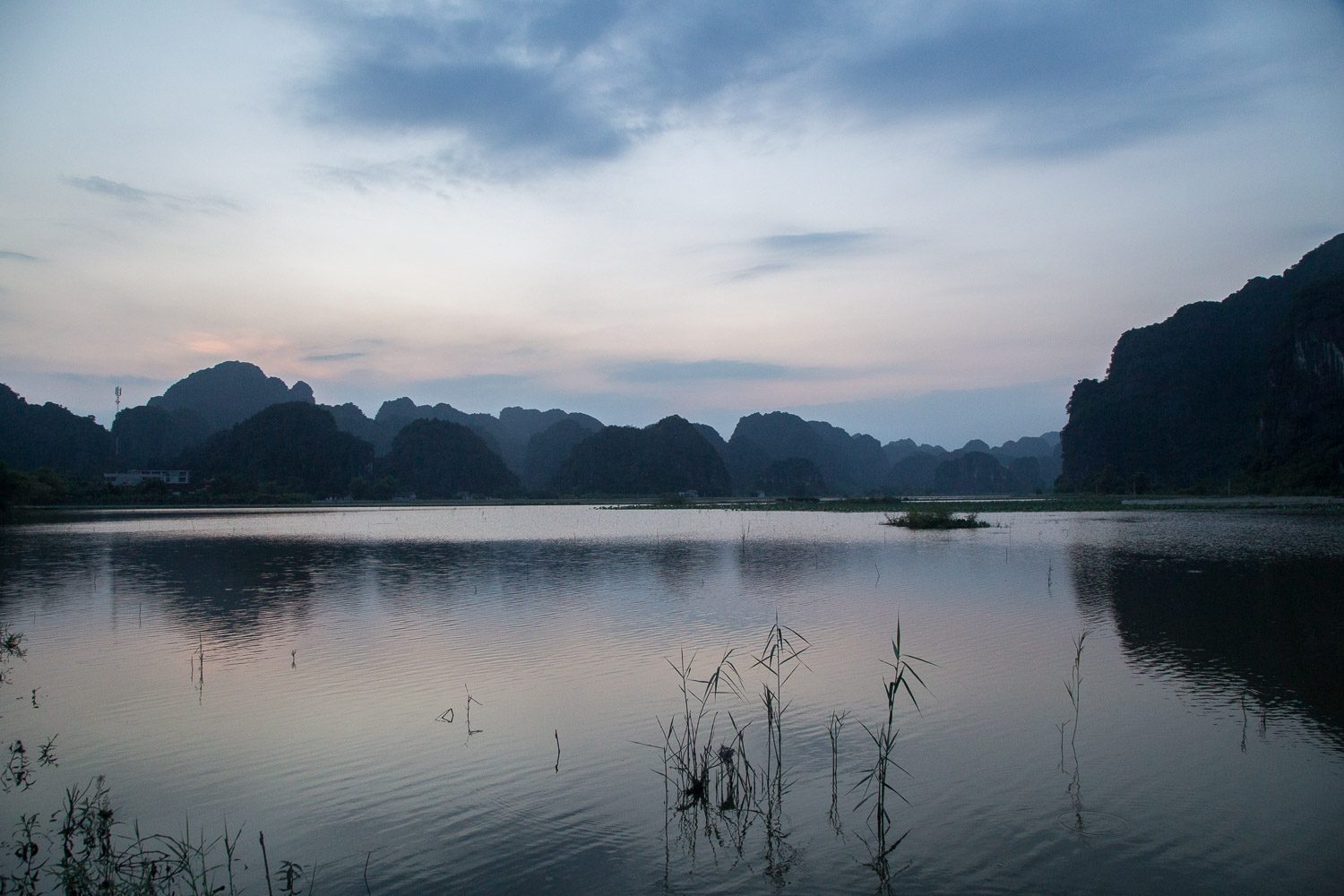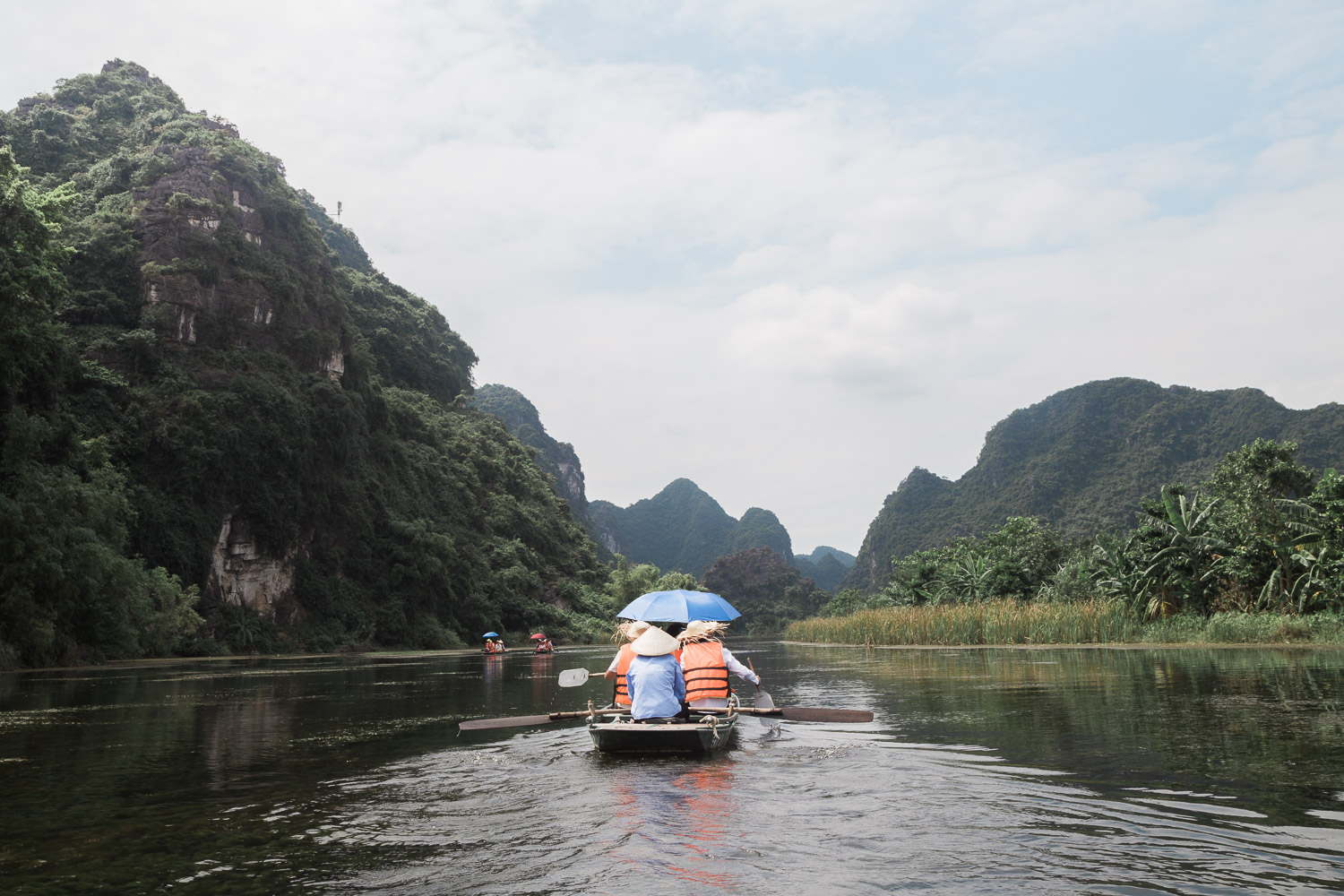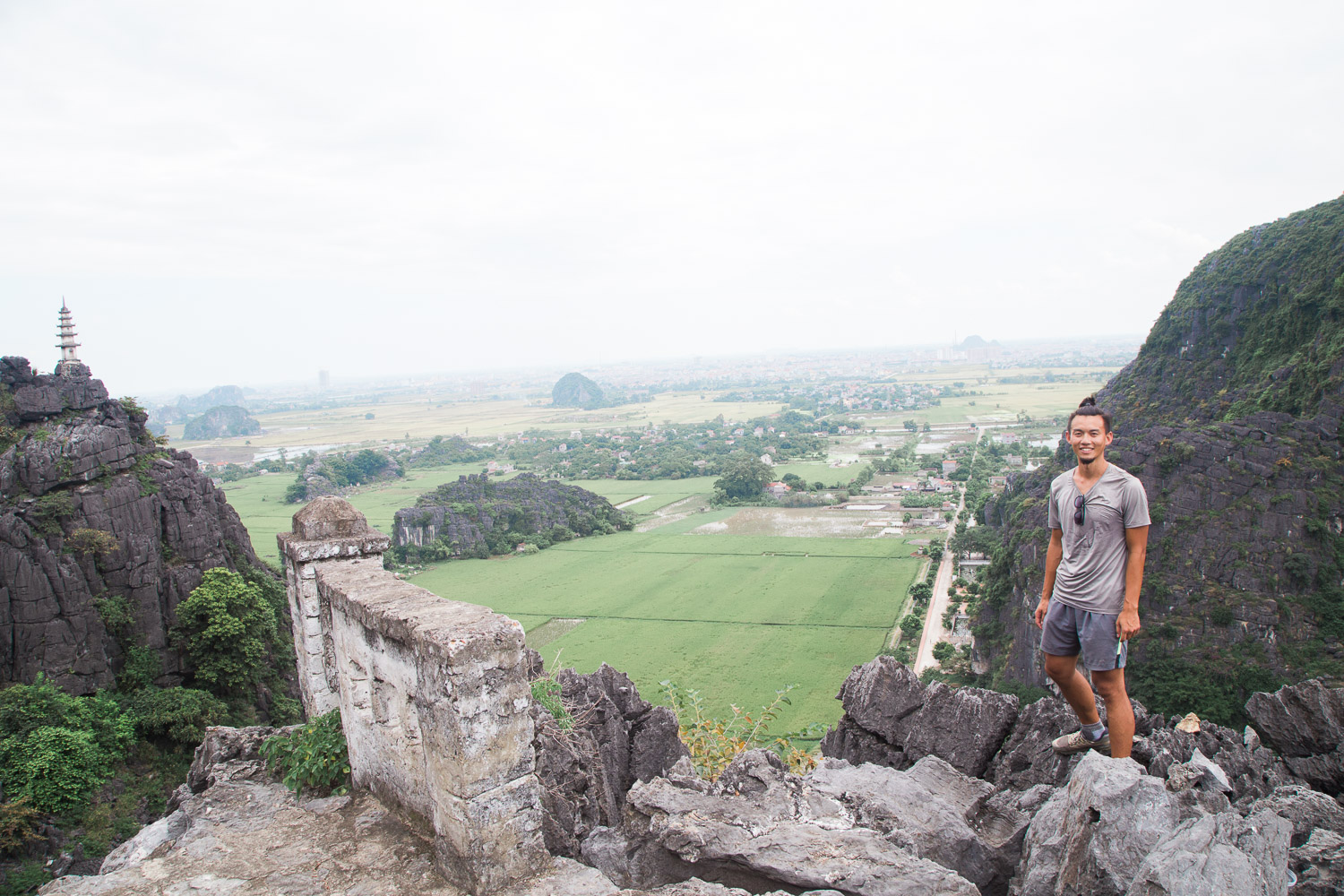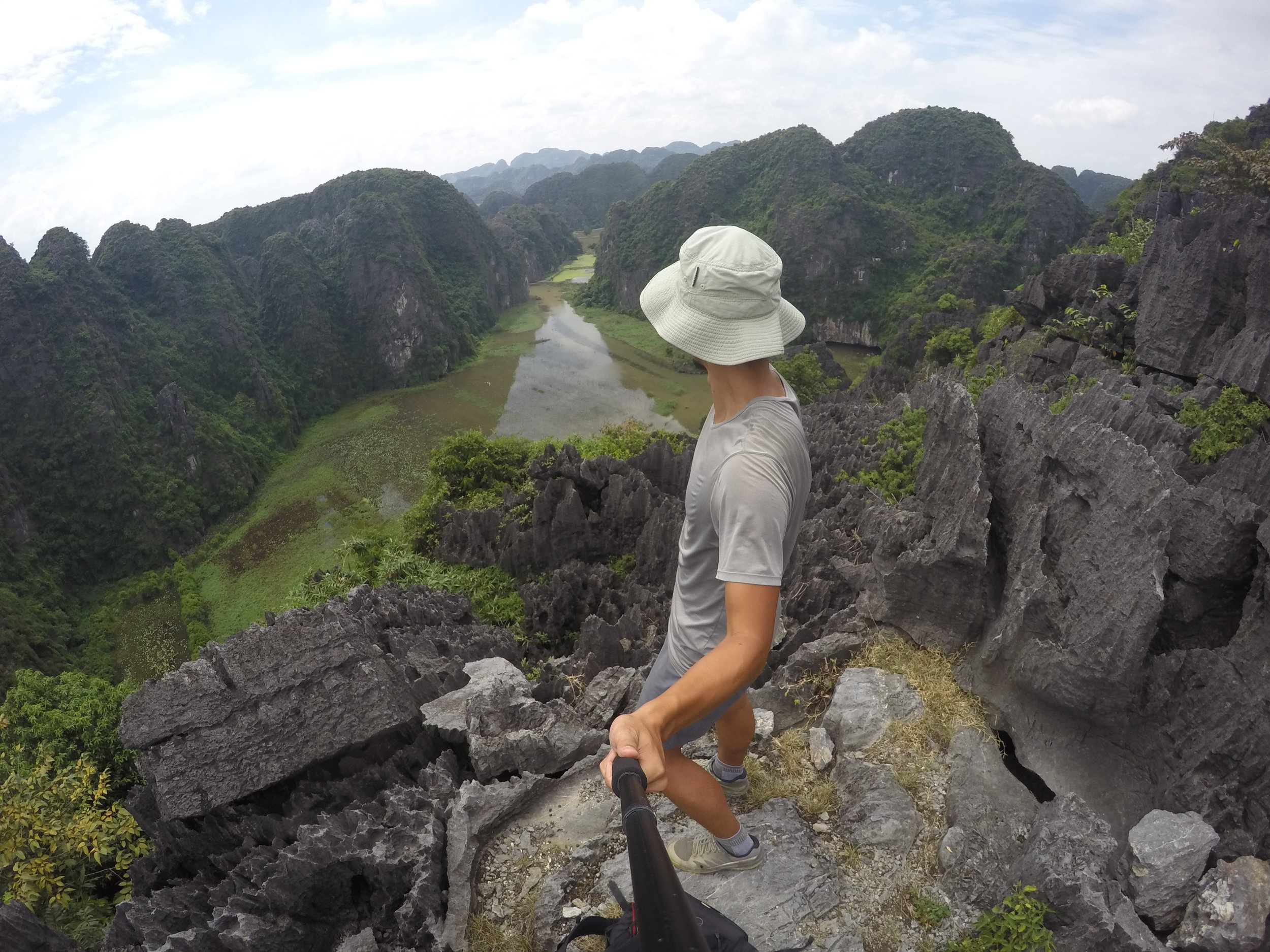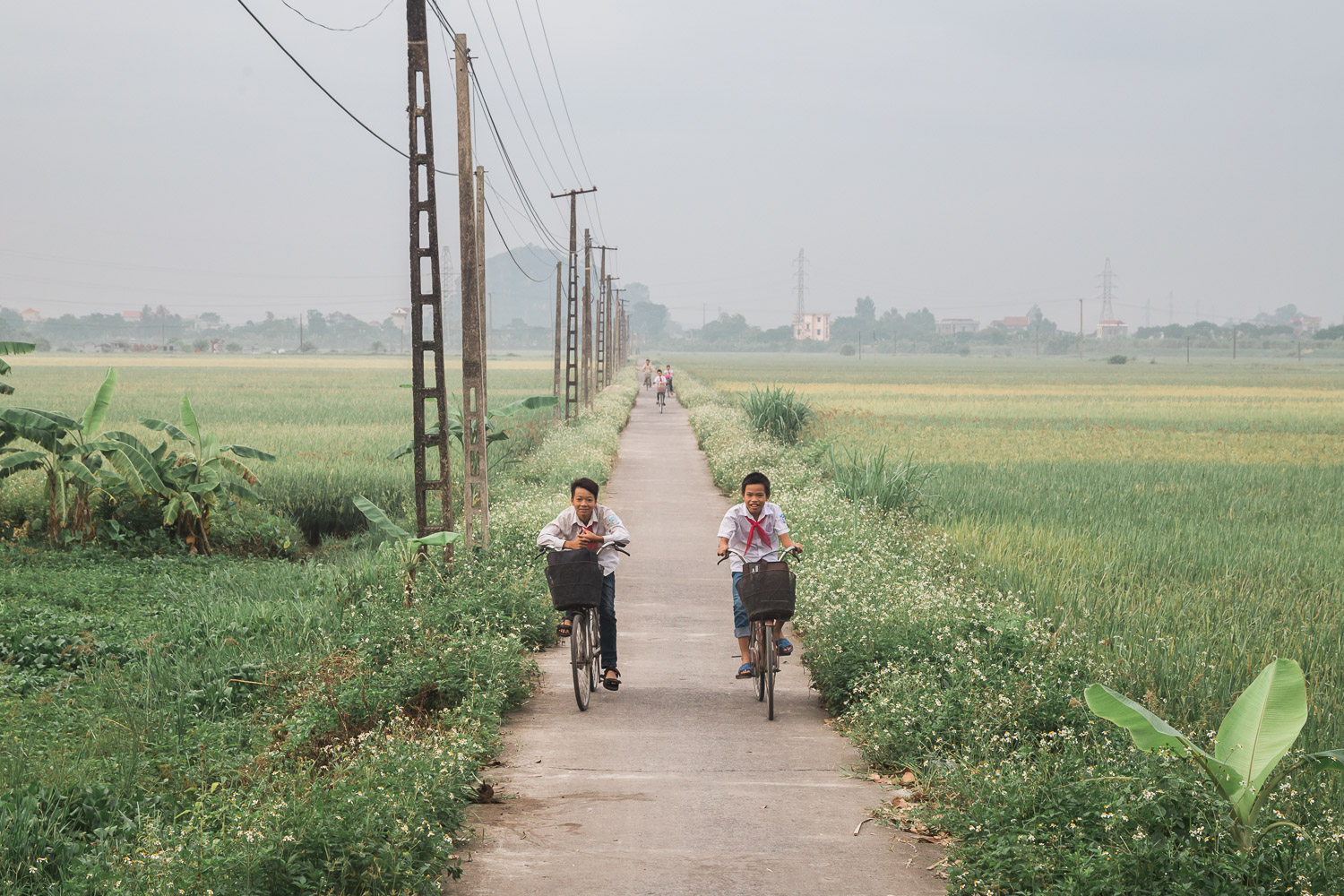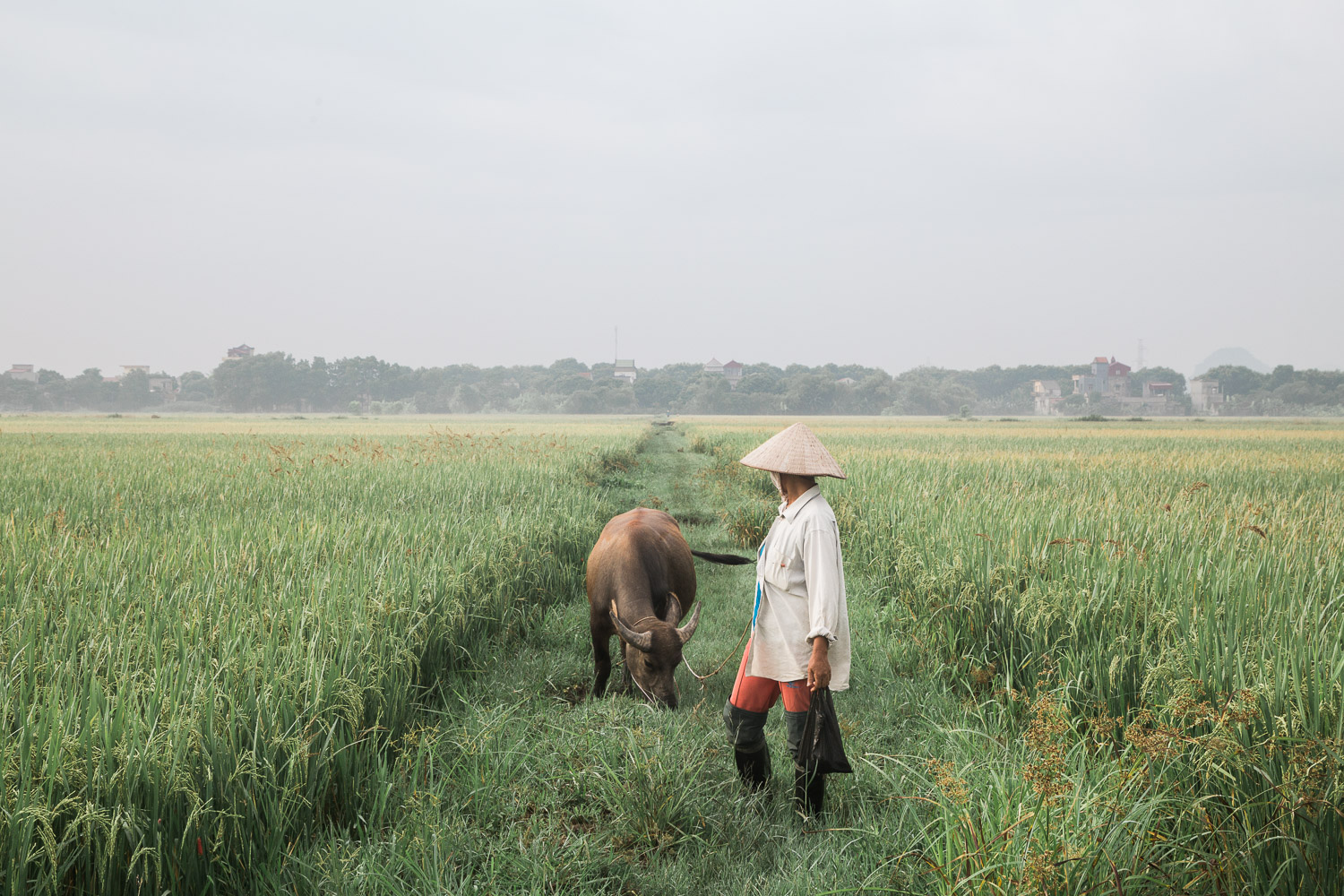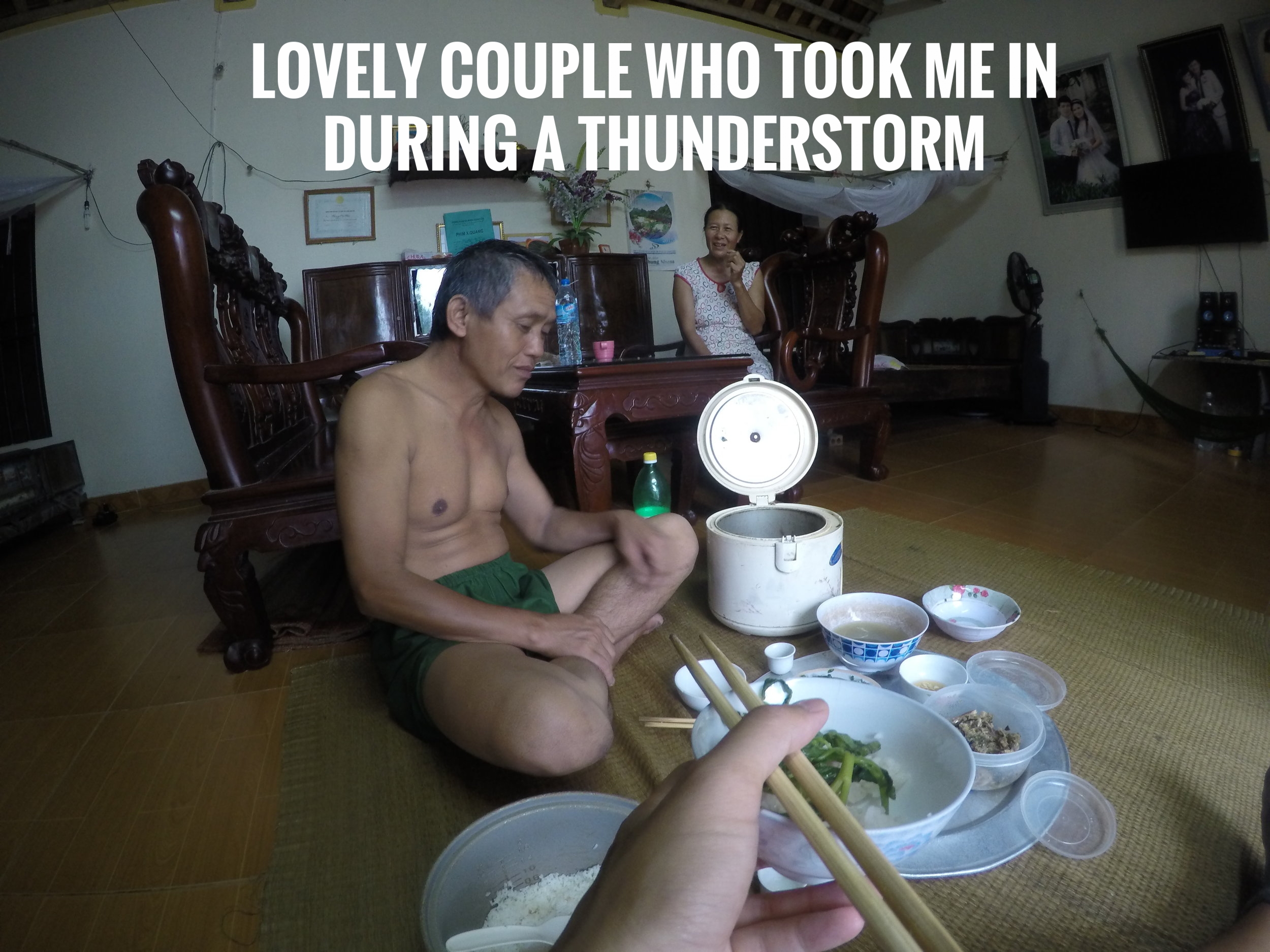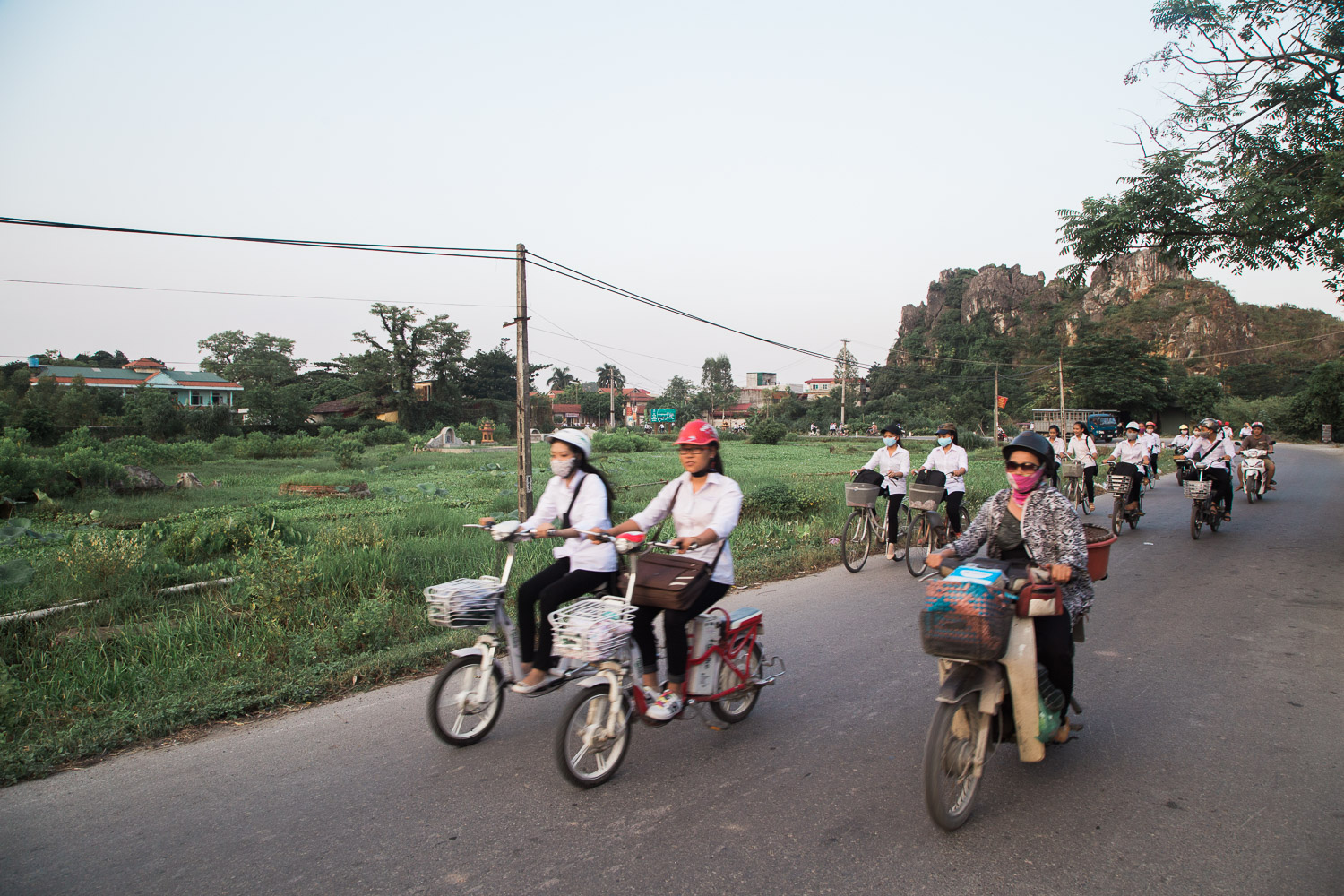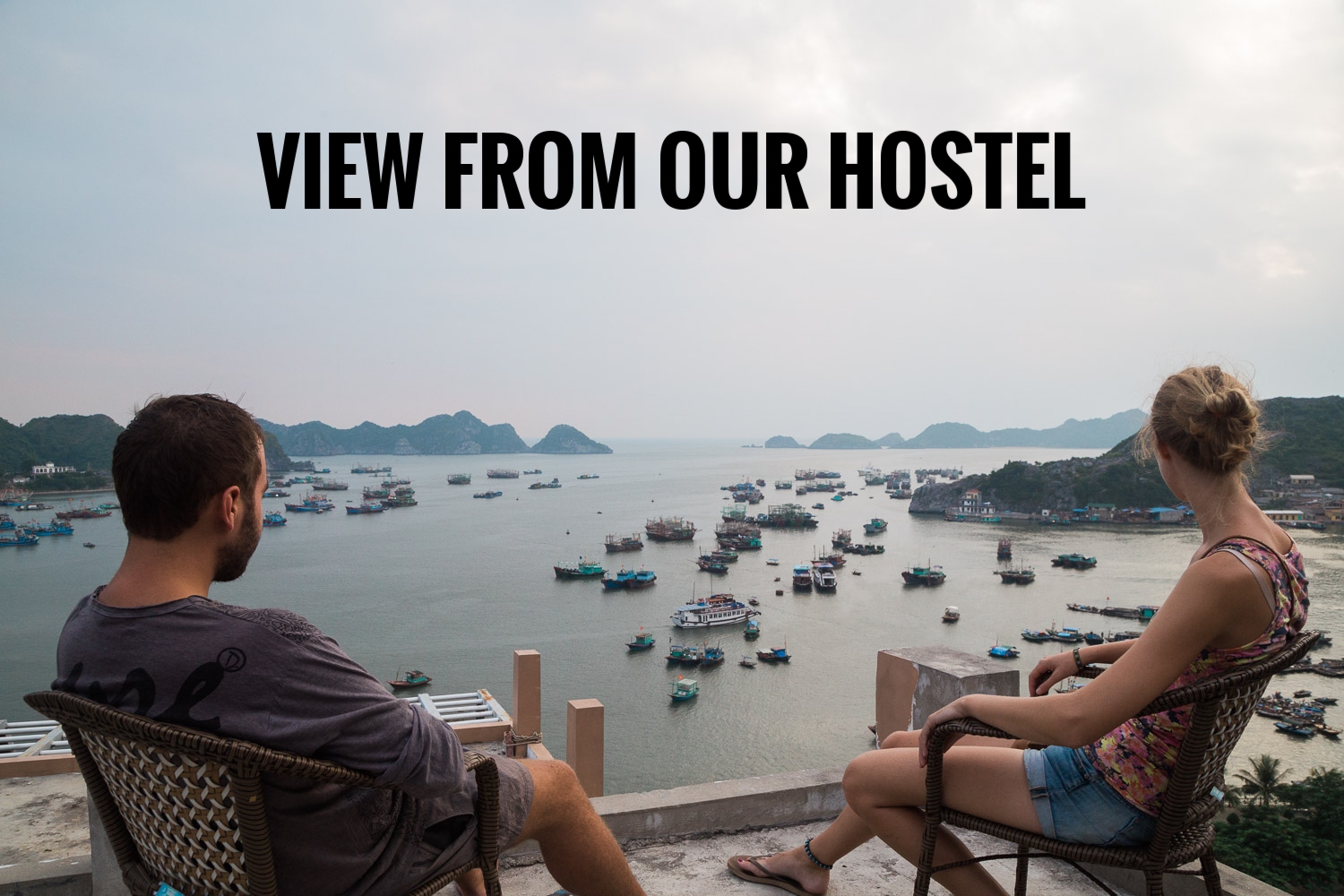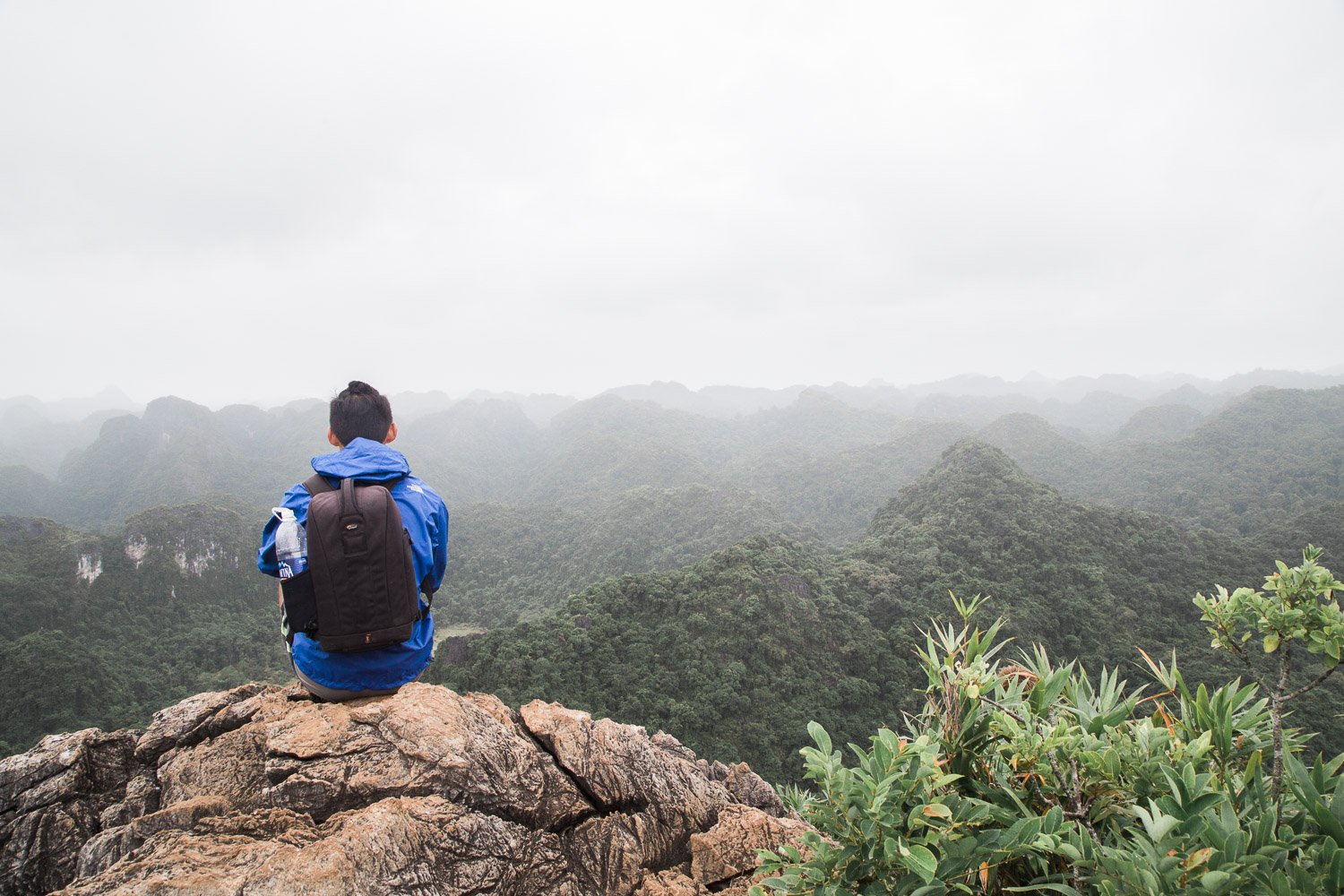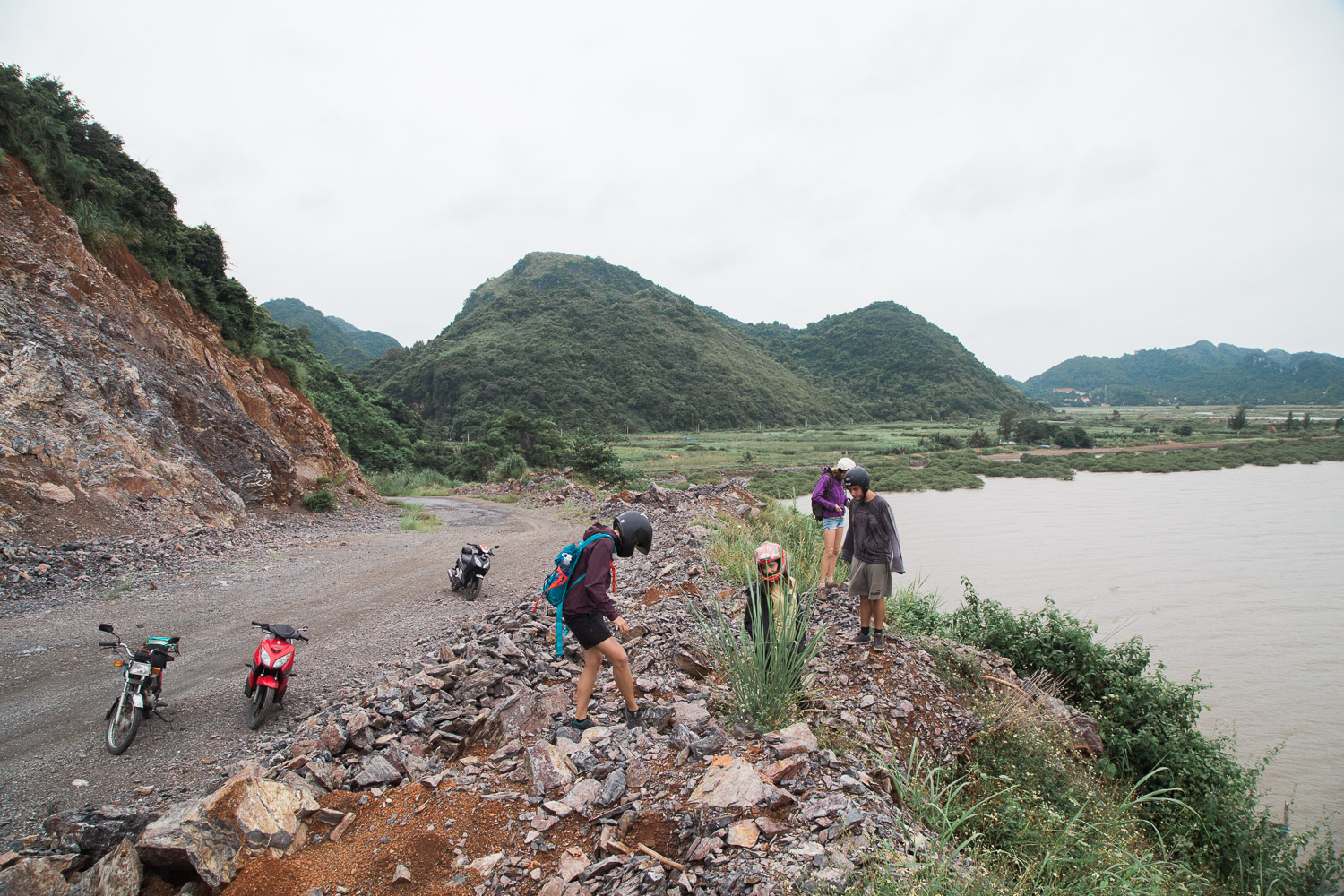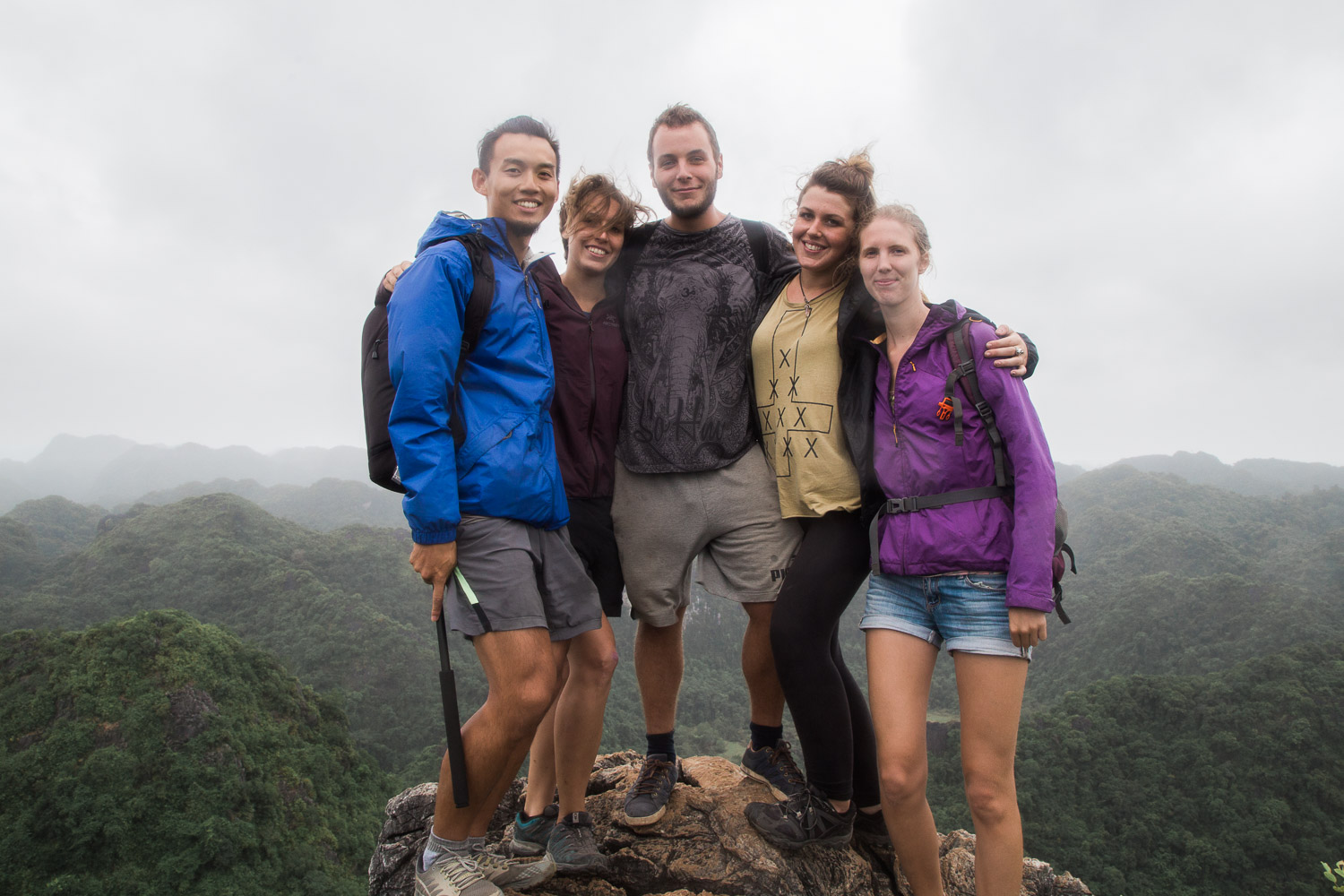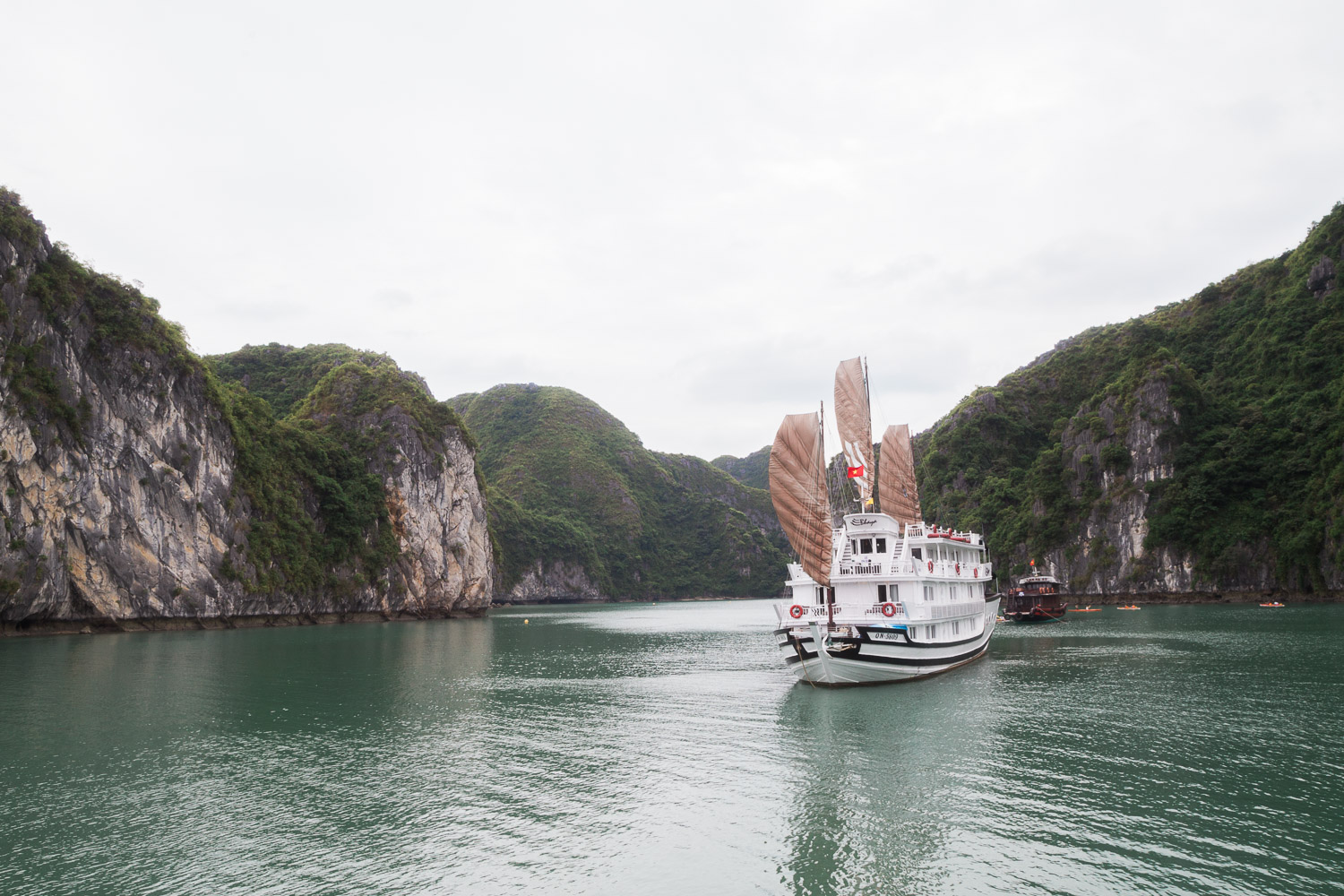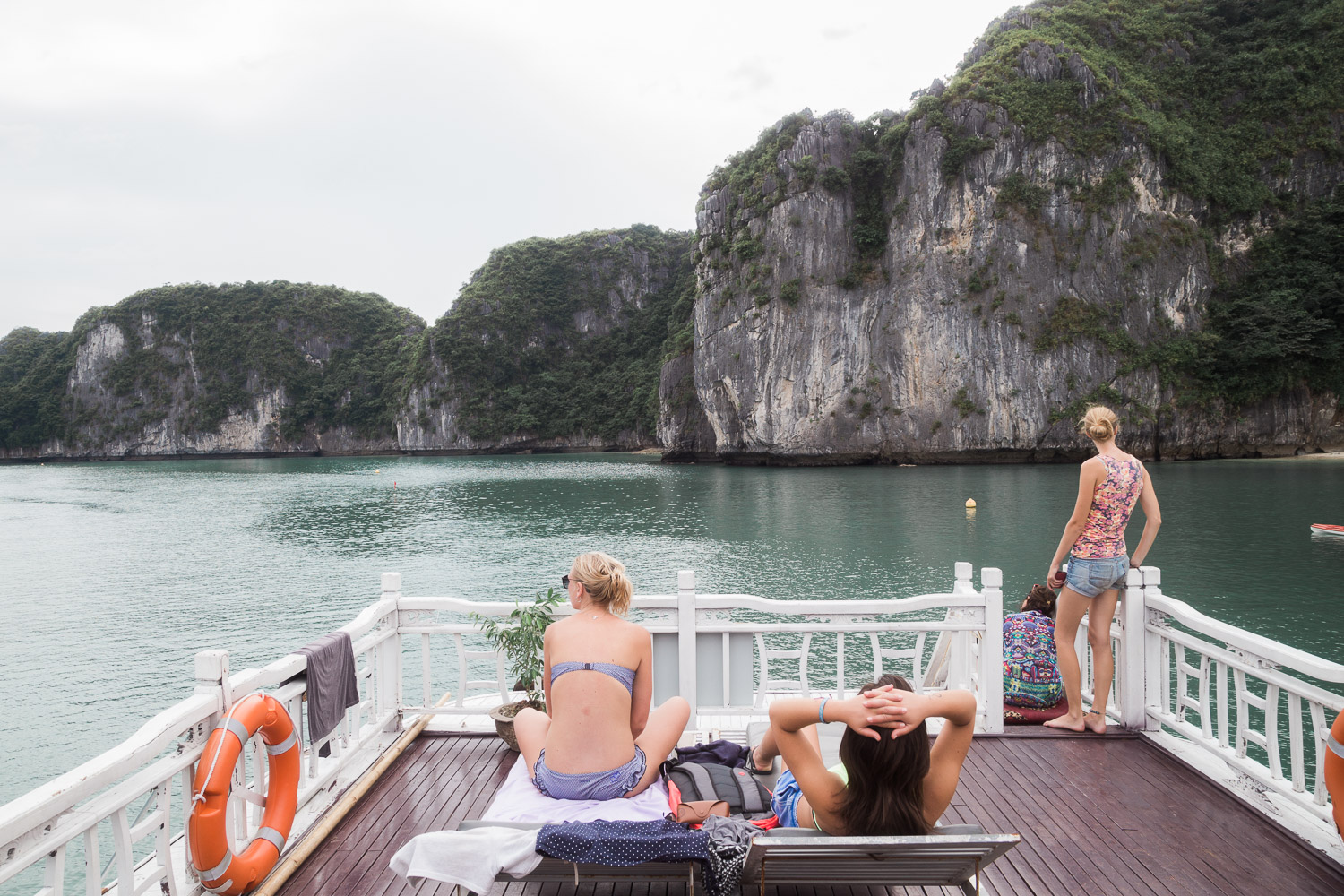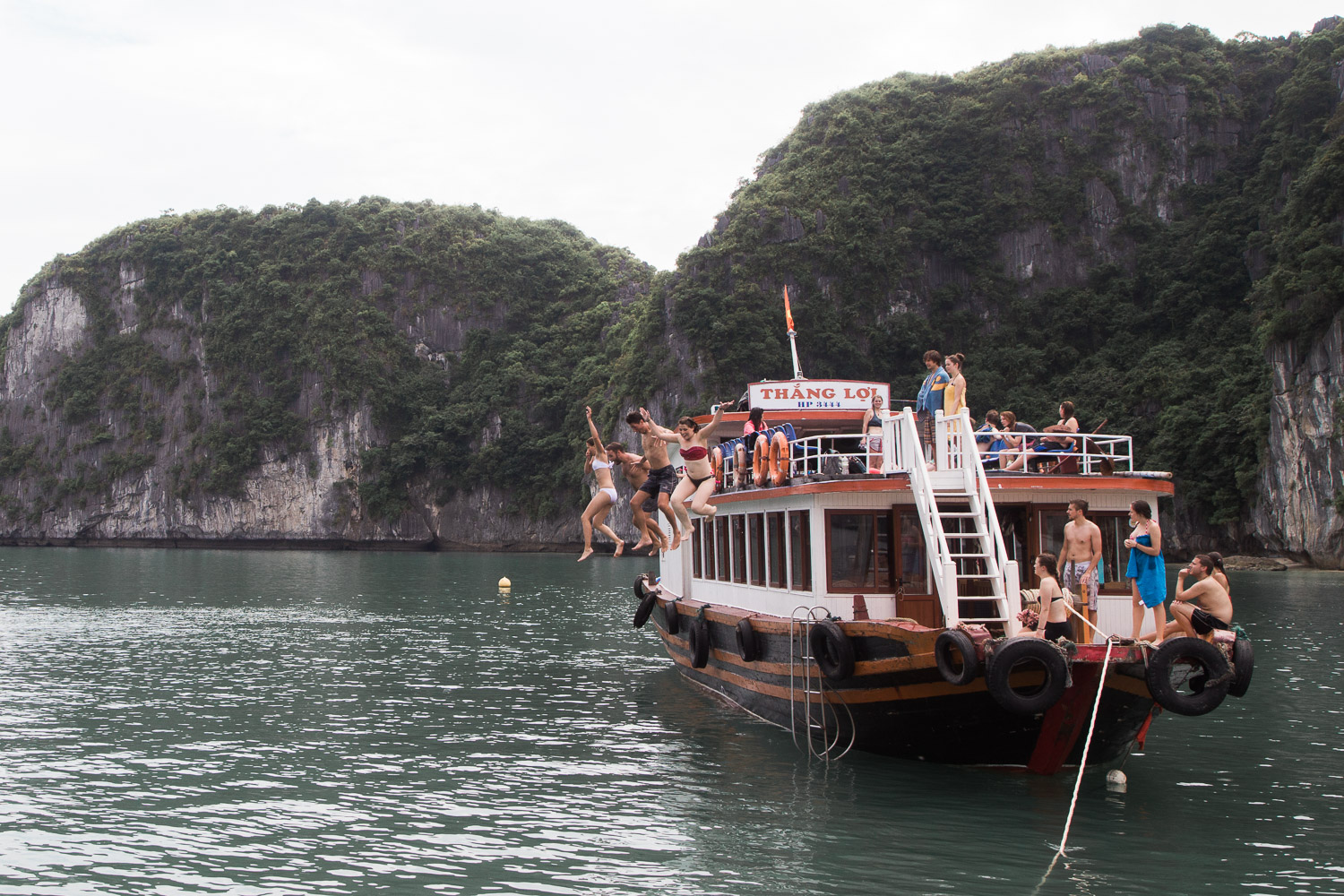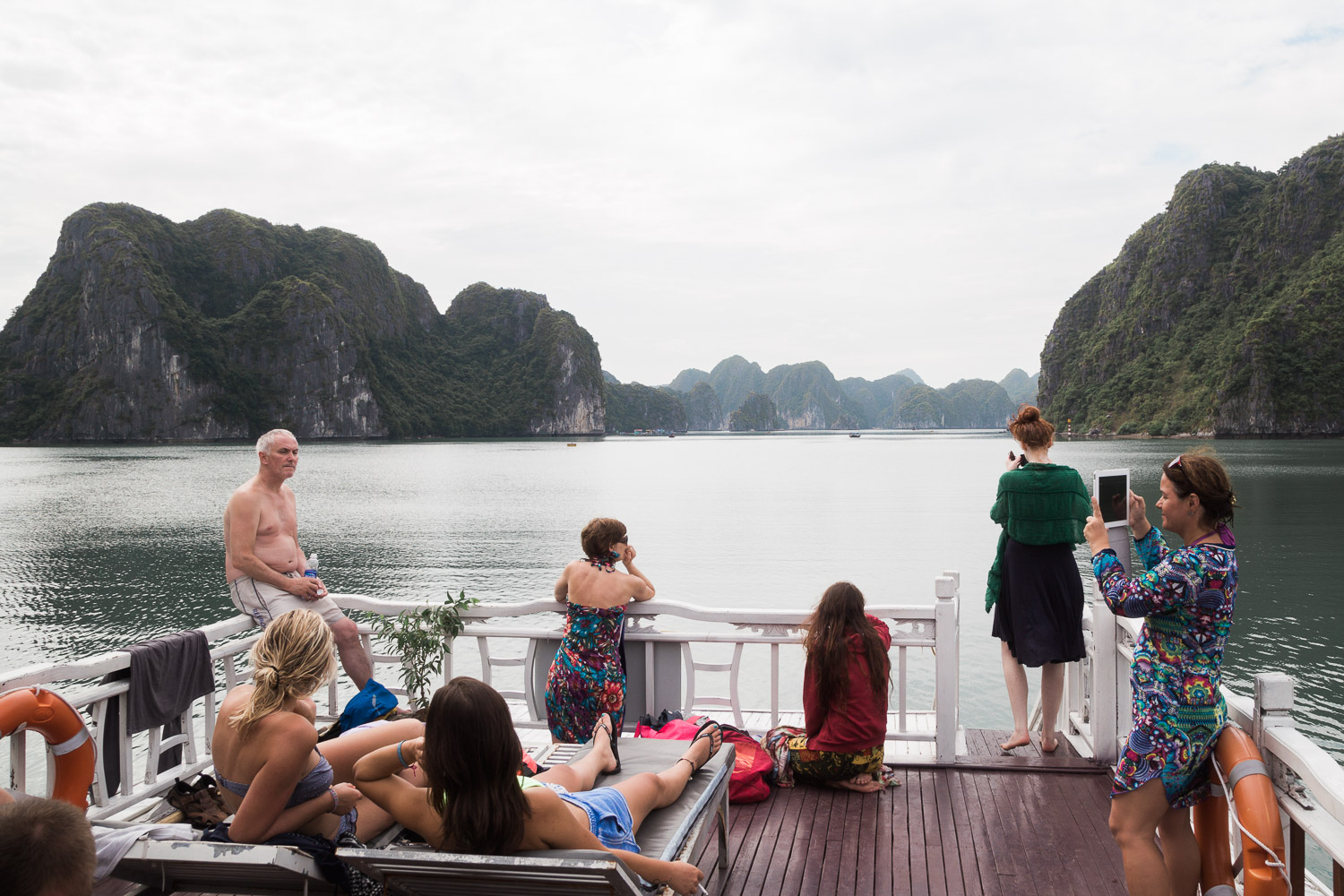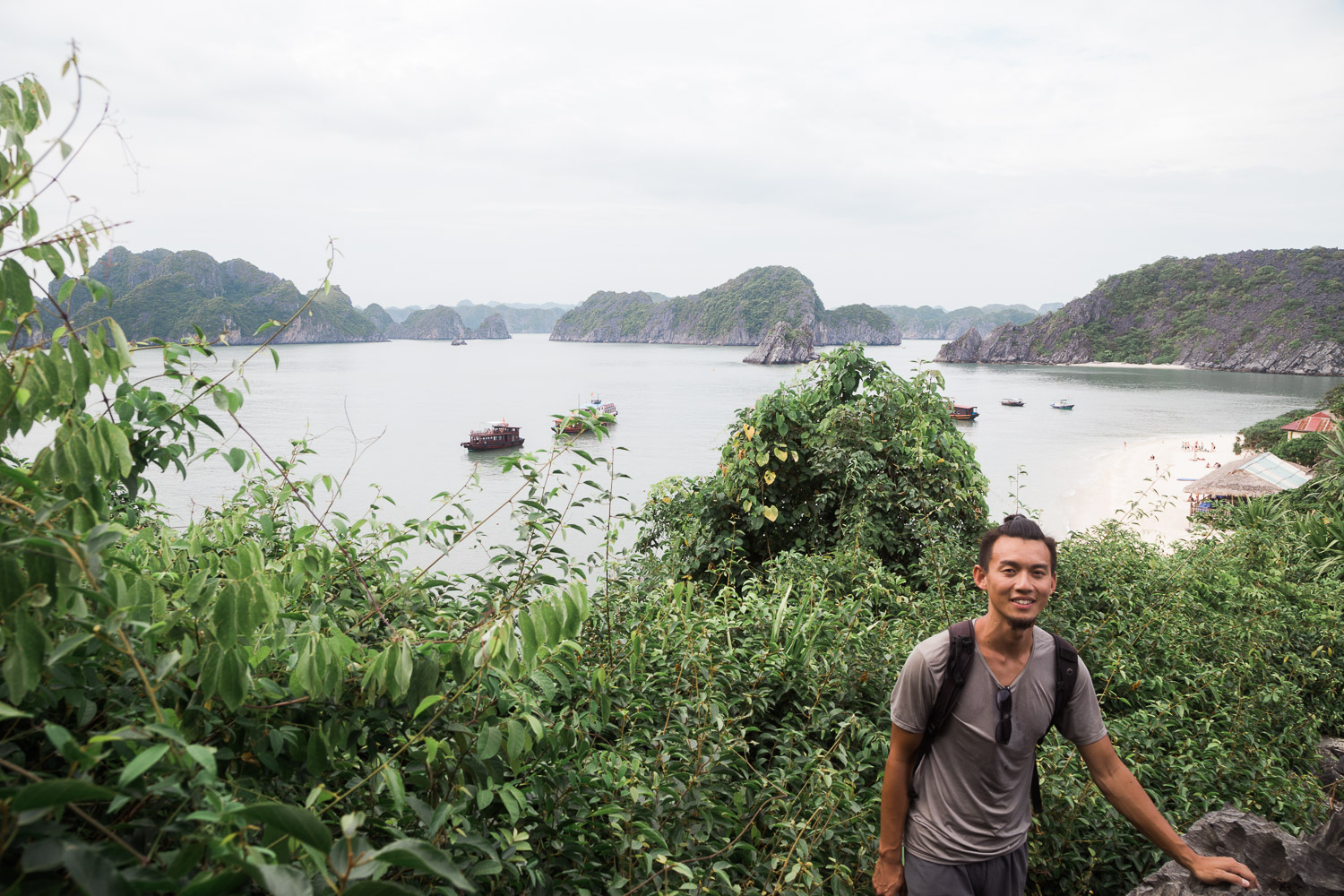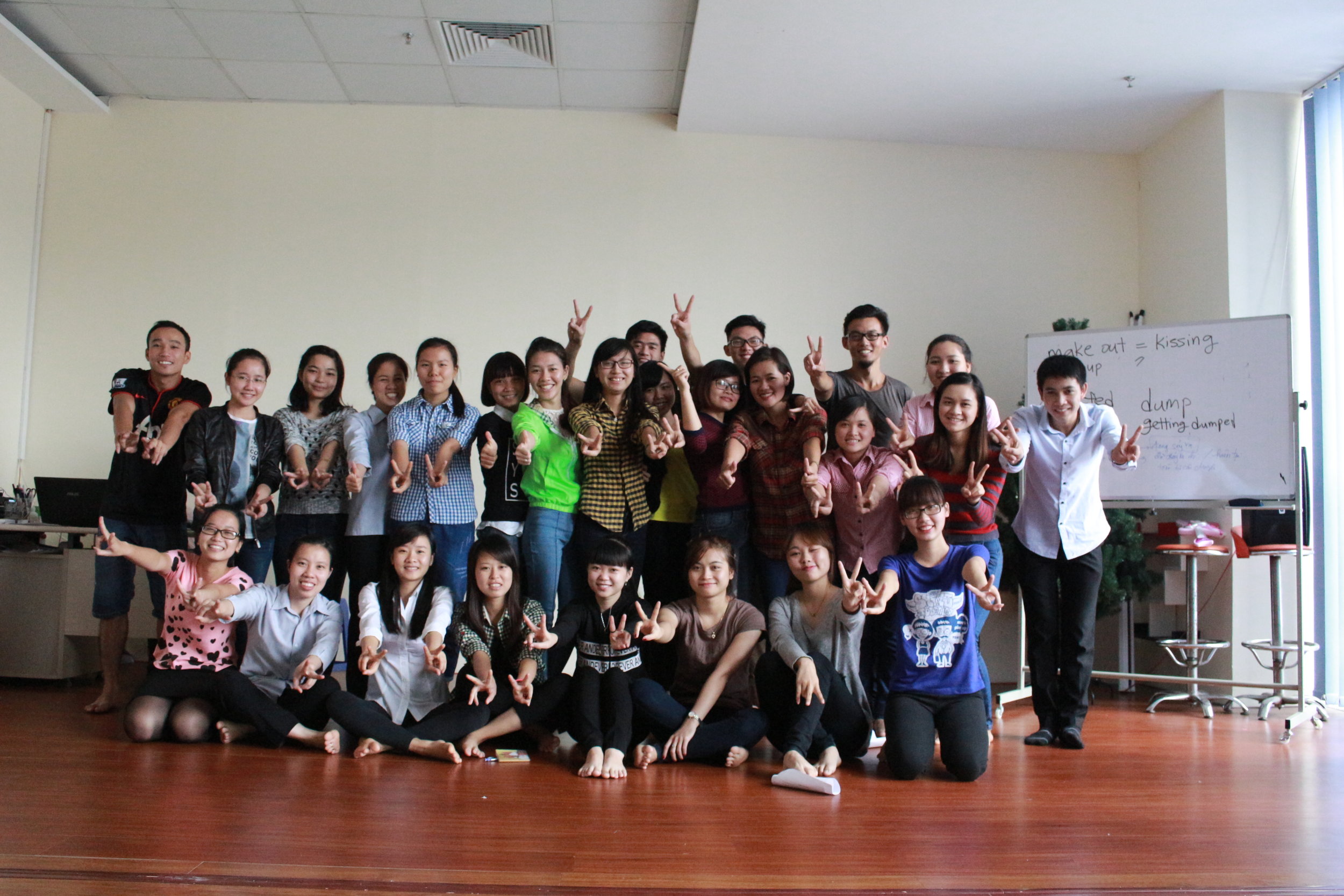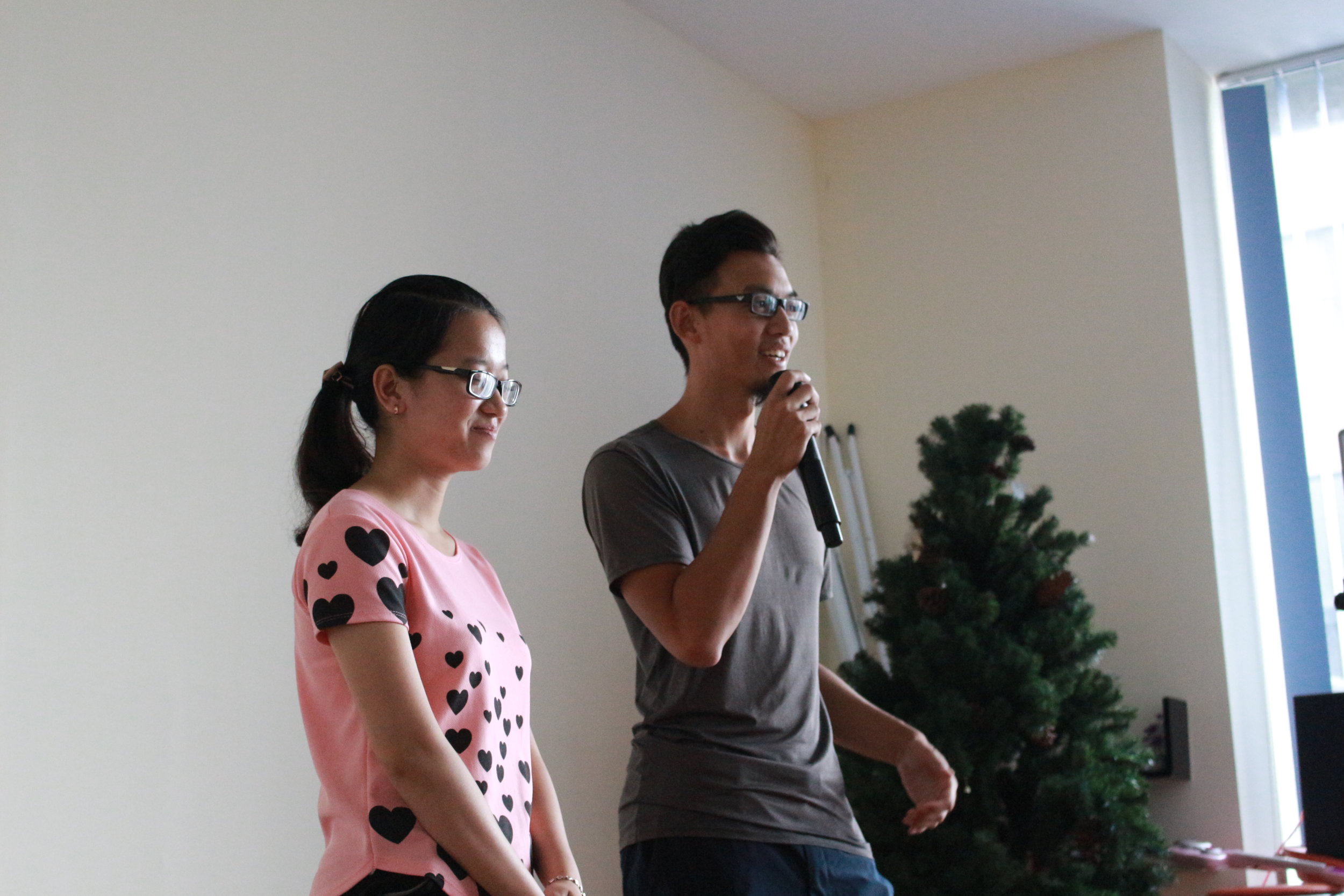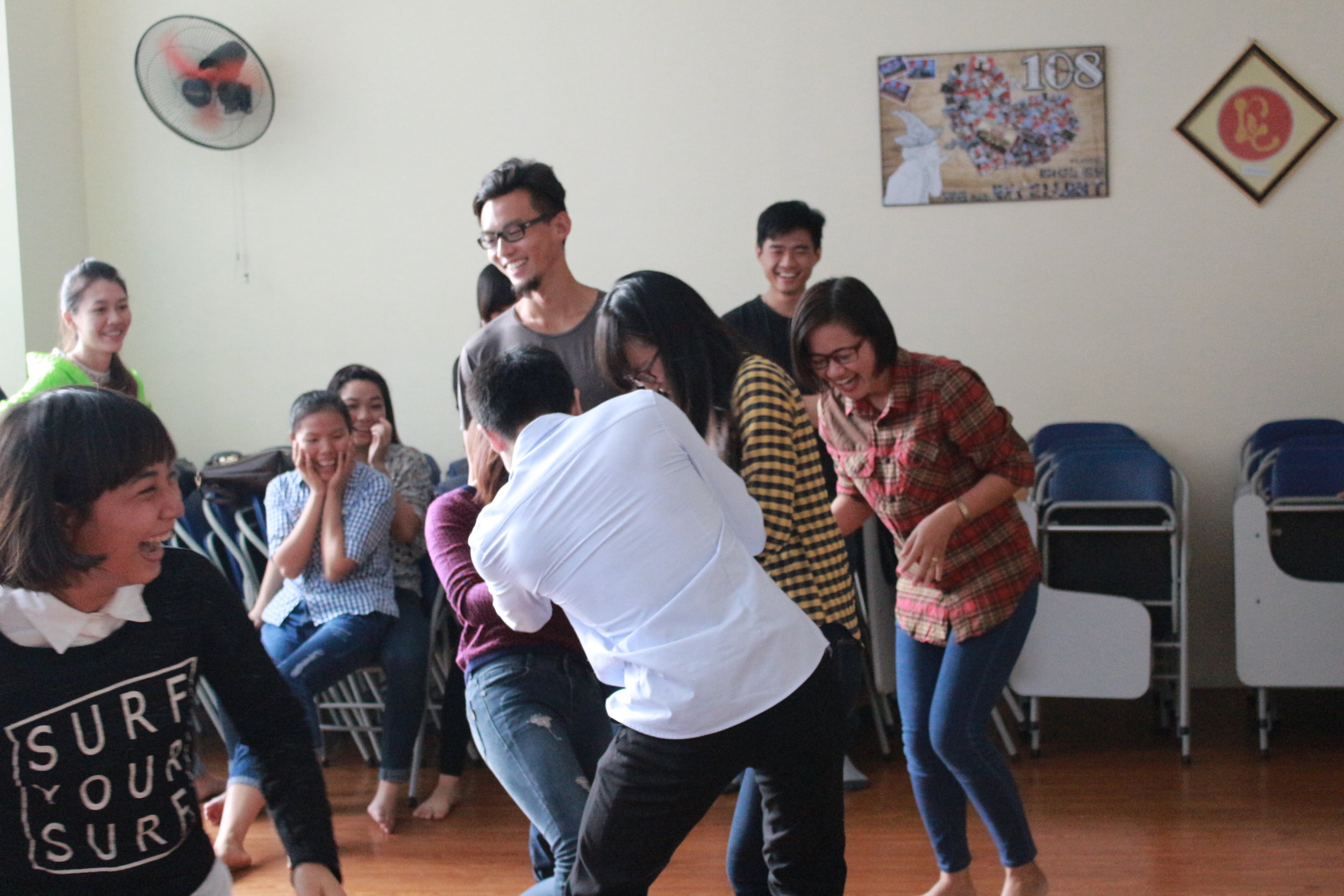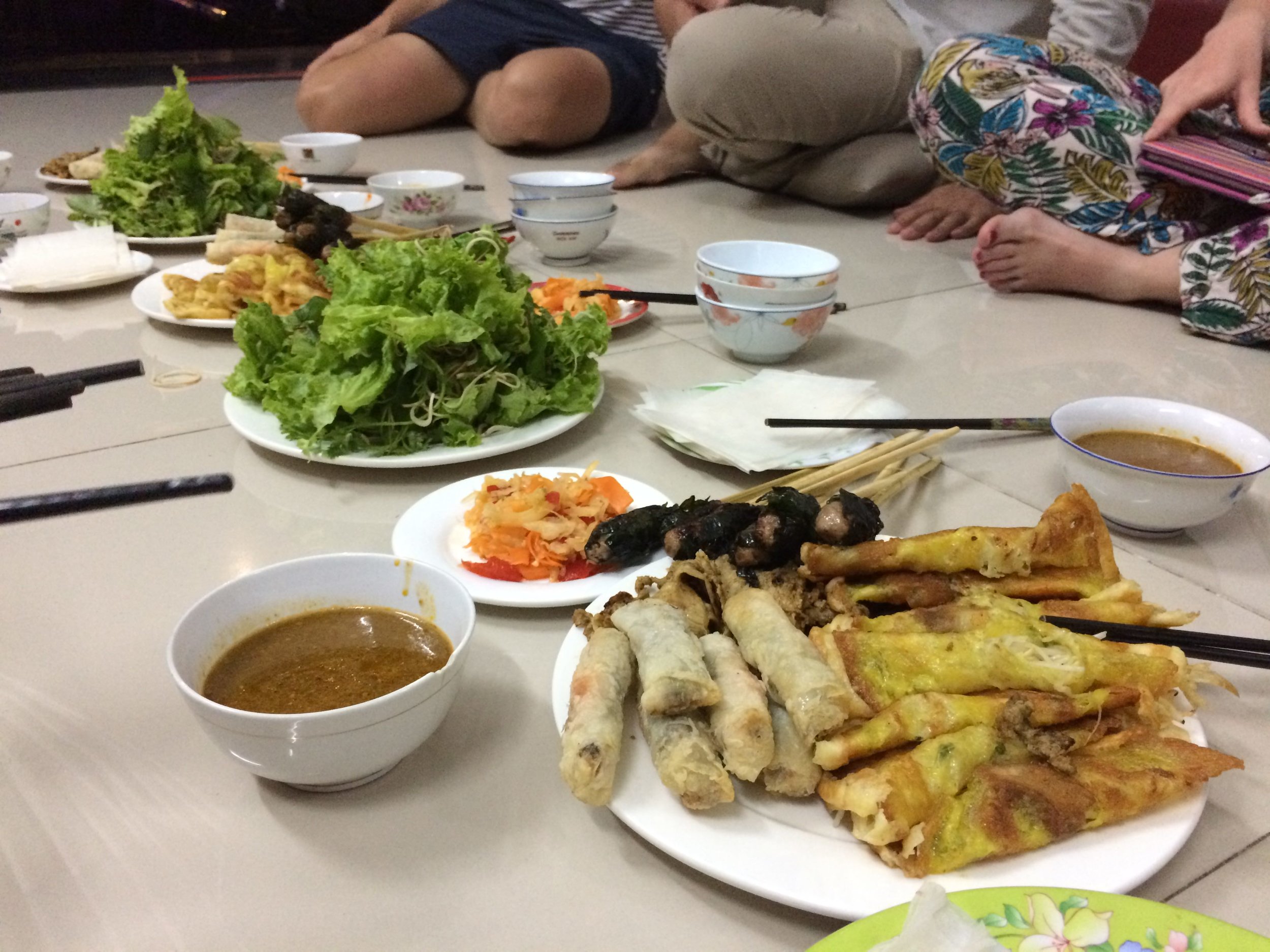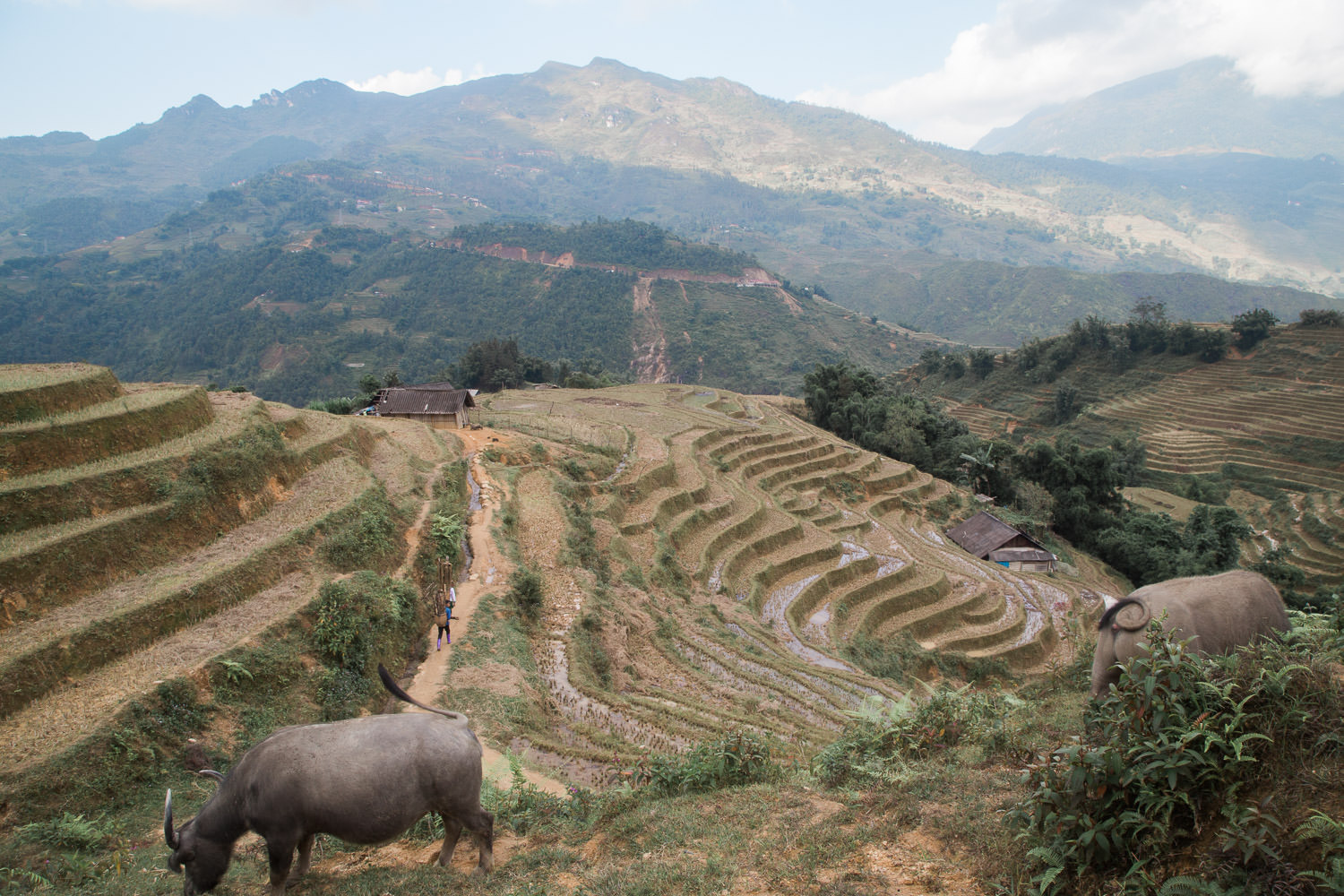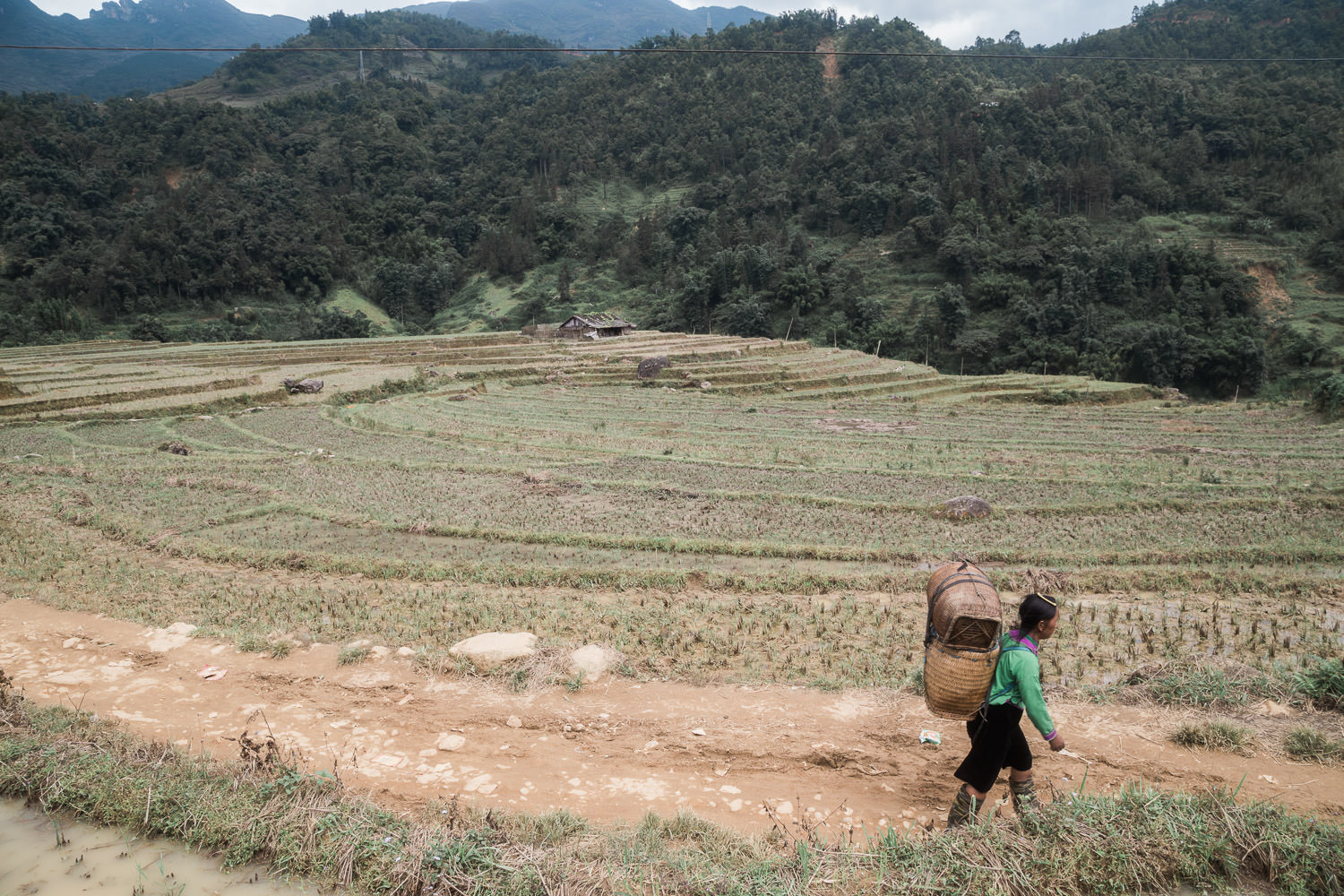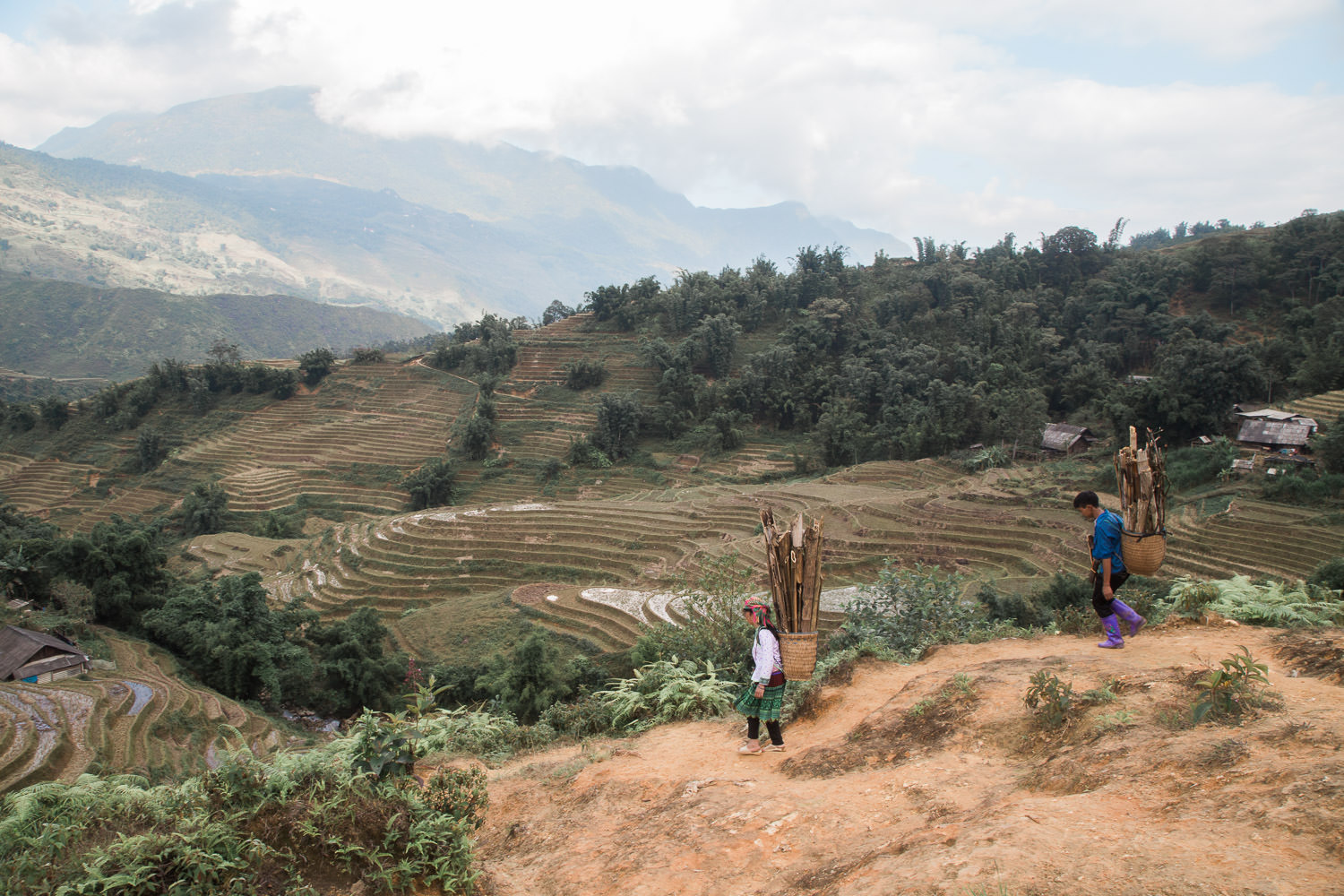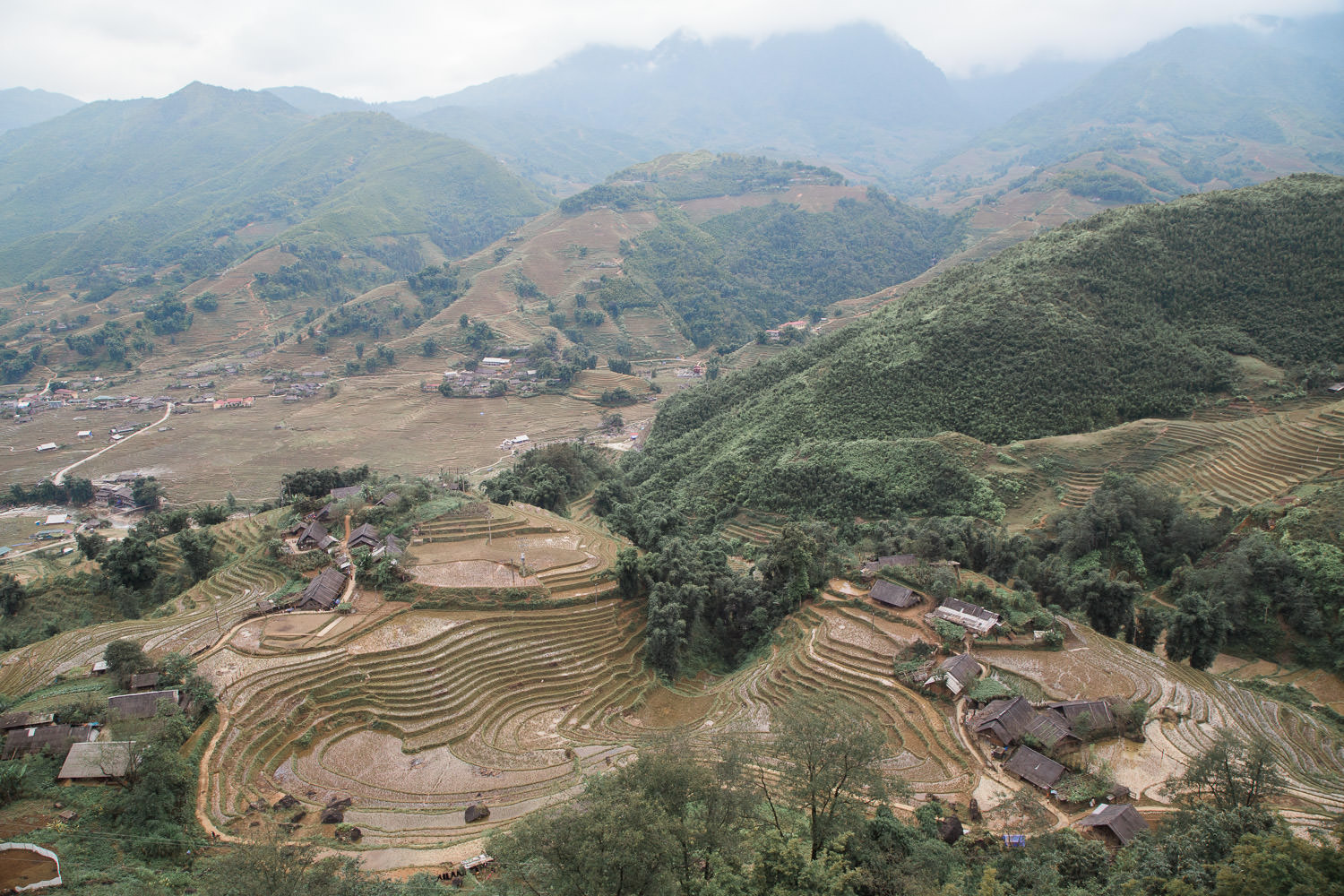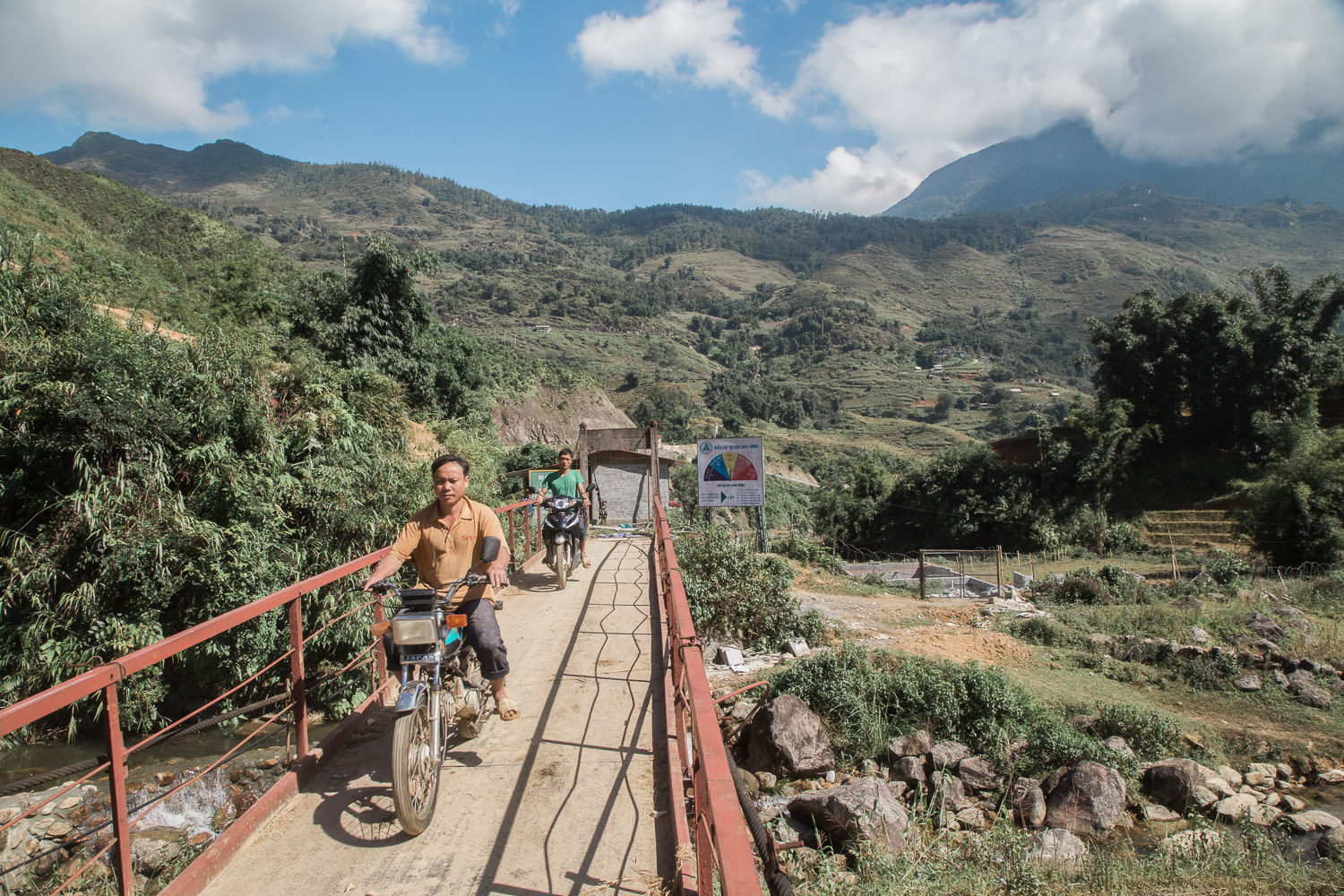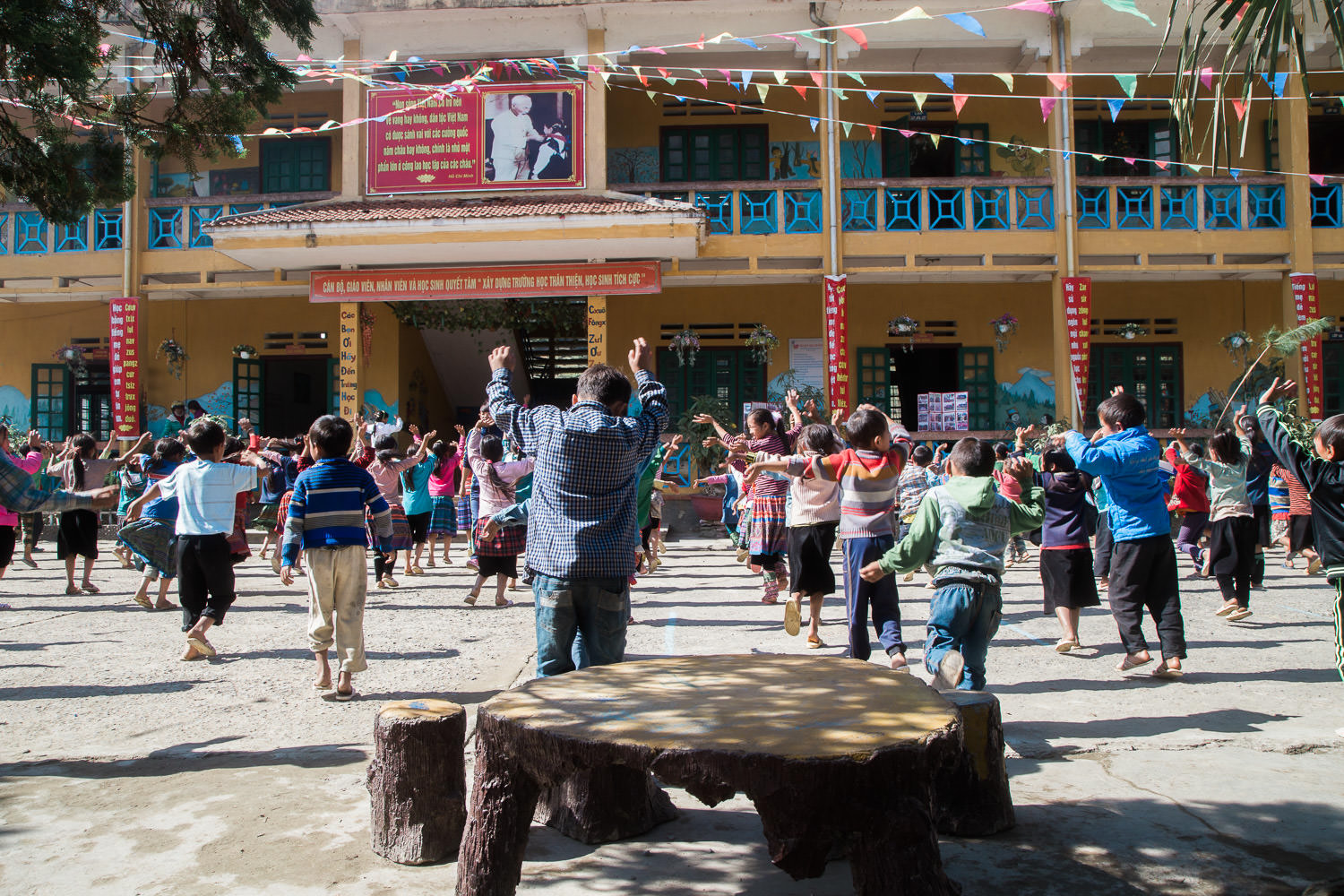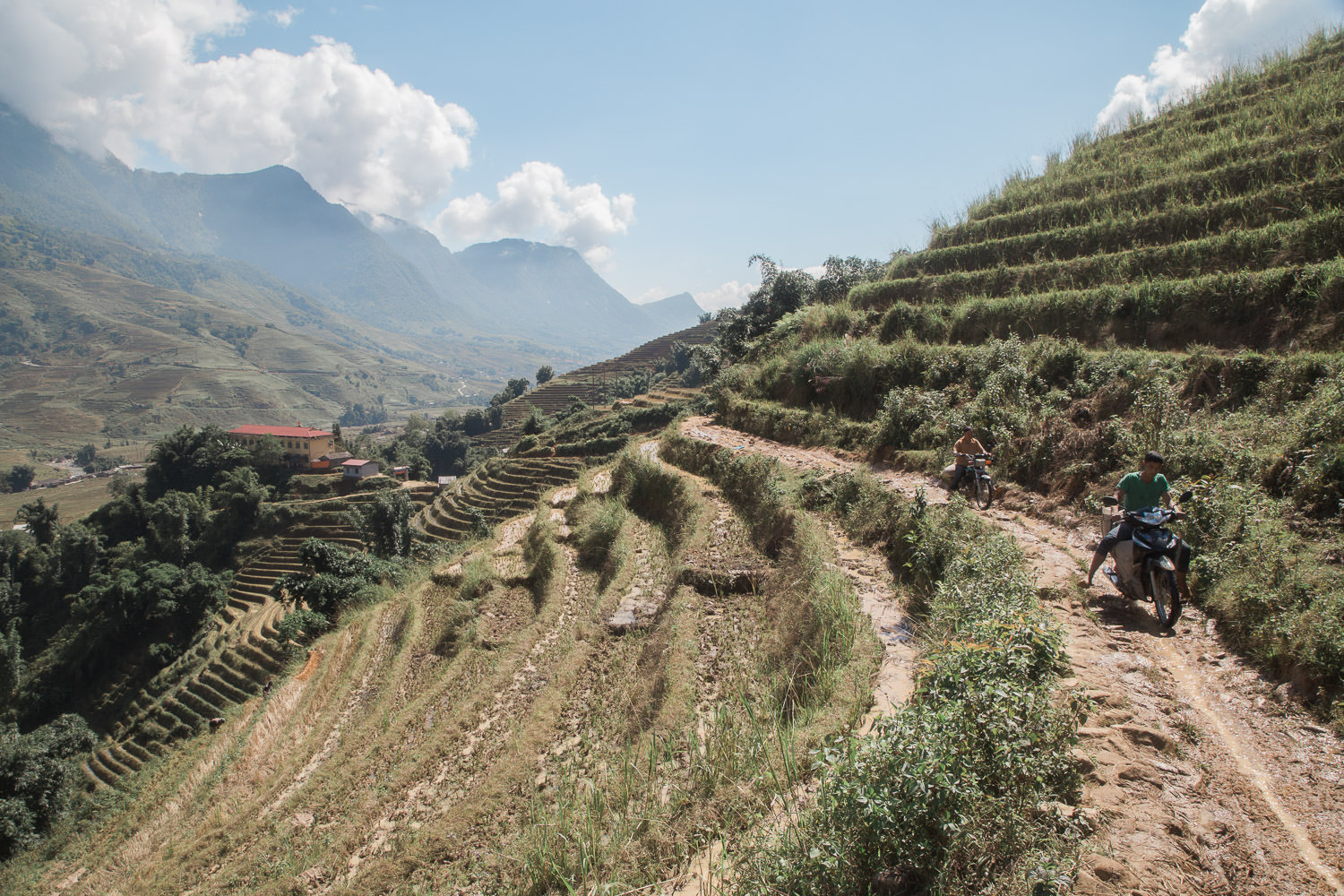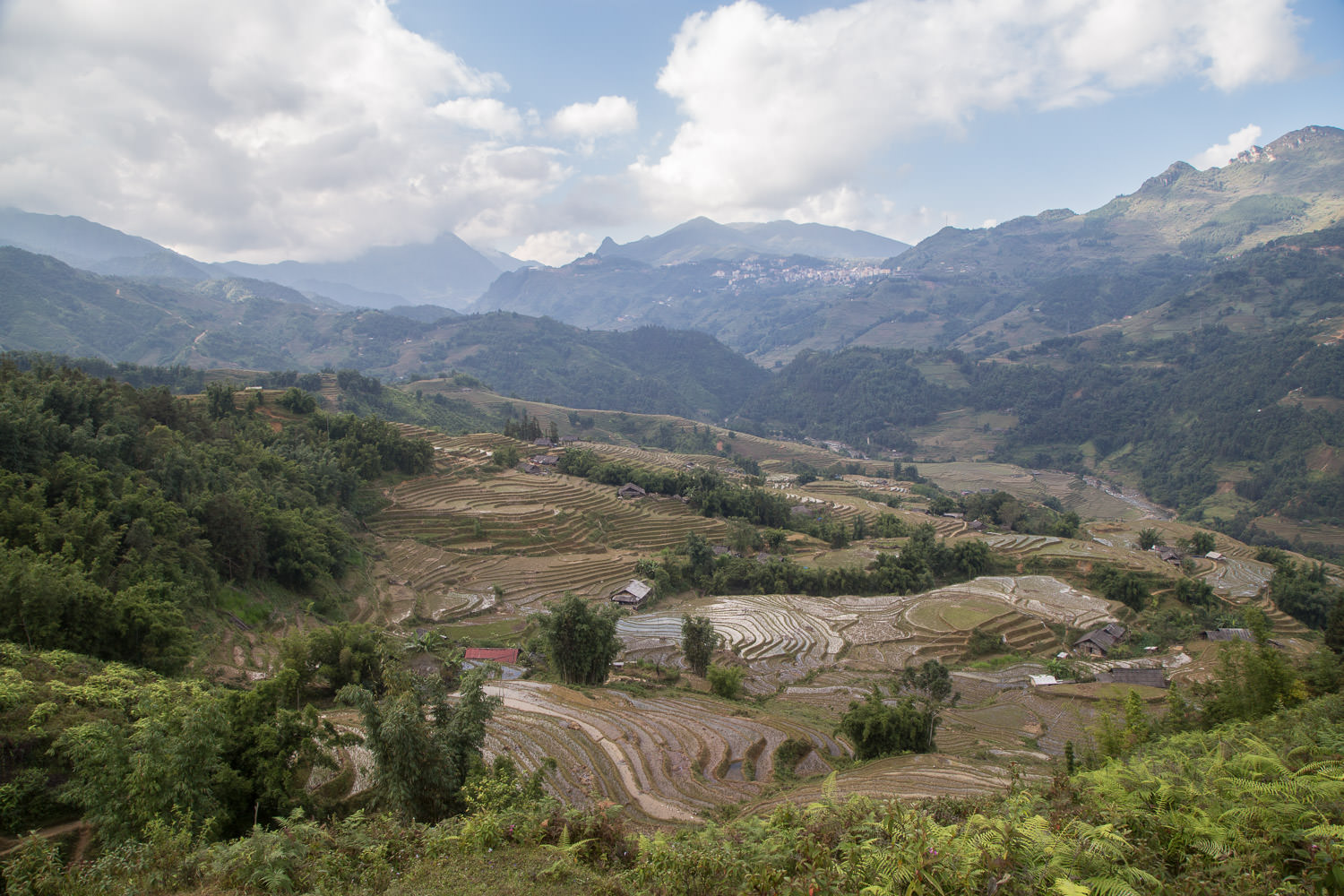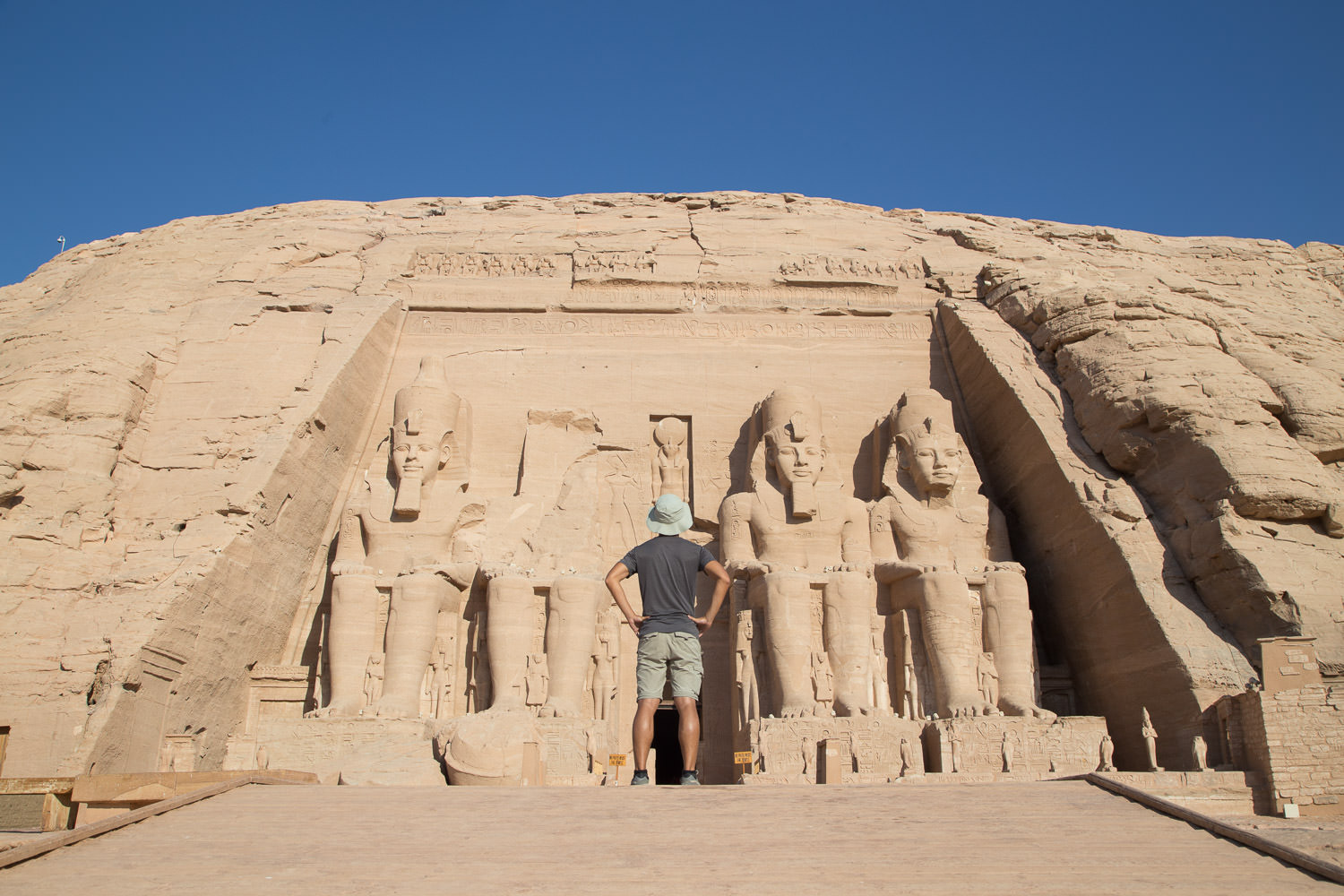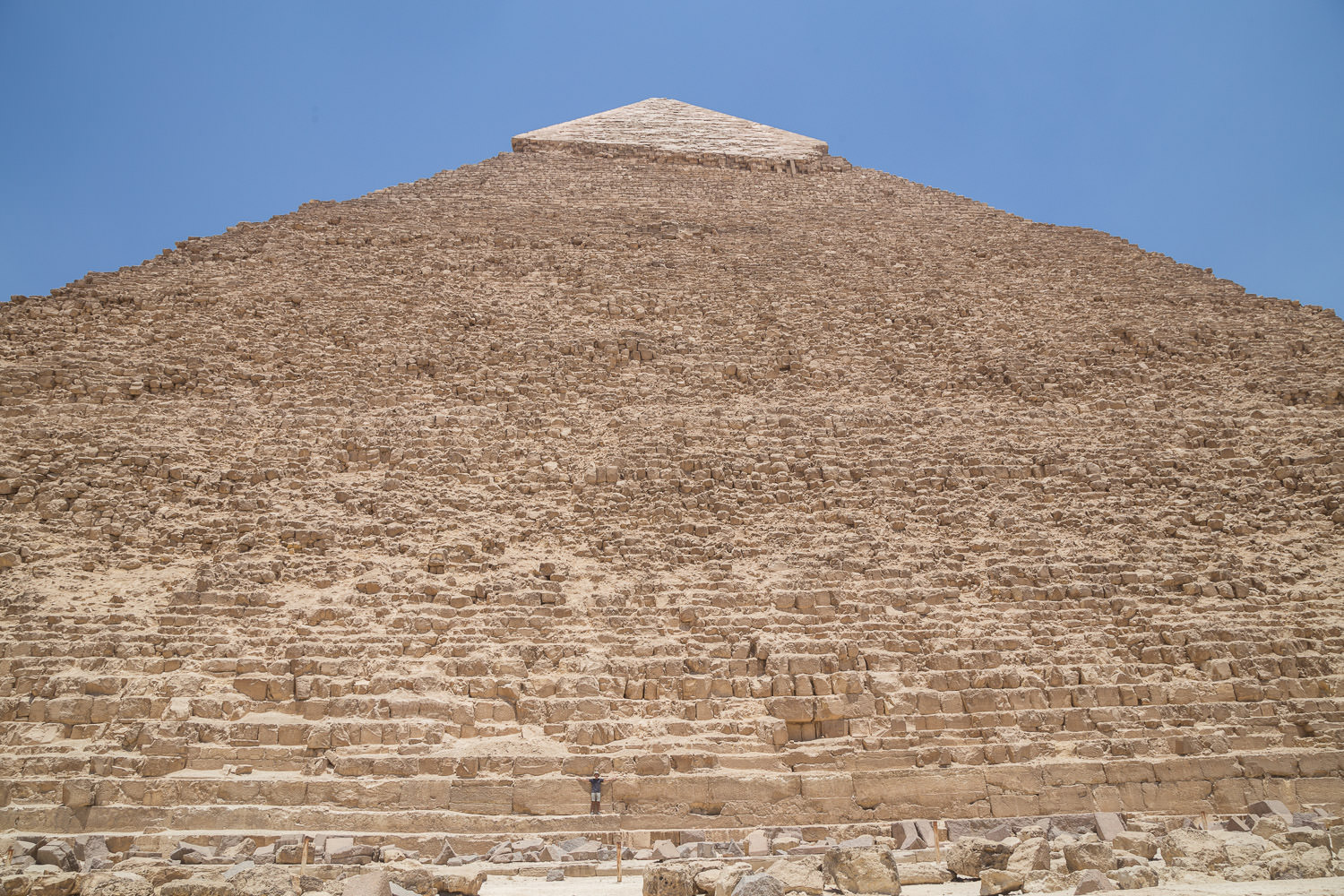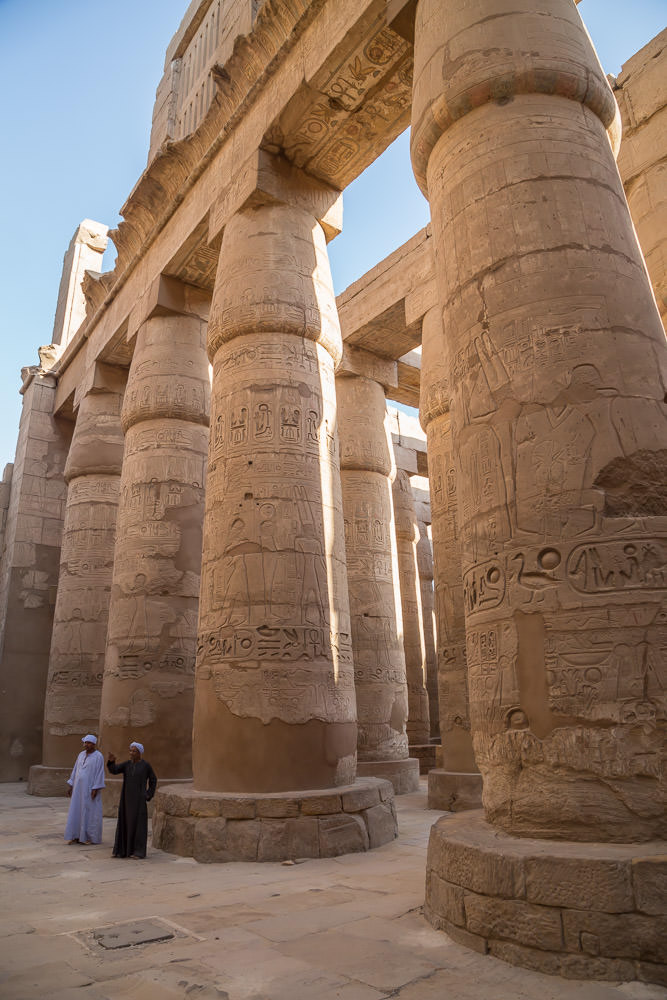When you have 33 days and 500 miles to walk…you have a lot of time to think and reflect. From personal reflection to group therapy—you may find that and more on the Camino. As they say, “the Camino provides.”
Why did I walk the Camino? To reflect on on life. To reflect on change as I I moved from California to the Netherlands. And to grieve for a passing friend. What did I come away with…500 miles and 33 days later?
As I entered Santiago after 33 days and 500 miles, an unexpected and underwhelming sense of completion filled my heart.
“Is this it?”
The end was anti-climatic, and I did not want it to end. It was truly the moments in-between, the process and journey itself, that was overwhelmingly fulfilling. They say the Camino truly starts once you arrive in Santiago, and they may be right. It’s been a few months post-Camino, and the lessons are starting to make sense and materialize.
“The people you meet shape the decisions you make. The decisions you make shape the story of your life.” - Day 12 Reflection
The importance of connection and community
Every day, the Camino was filled with new friendships, deep connections, and stories from people around the world. Whether it was a cafe stop, afternoon beer, or pilgrim’s dinner—the people were the most amazing part of the Camino.
The importance of time and being yourself
1 month on the Camino felt like 1 year—yet we’ve all experienced 1 year passing by like 1 day. Life passes by in a blink of an eye if you don’t pay attention to it. Cherish your relationships and be grateful for what you have. Tomorrow isn’t guaranteed. “So don’t waste it living someone else’s life.” Go out there, be present, and live!
Walking and exploring
Not only can walking extend your lifespan, but it can also teach us to be more present and explore new places—better yet, do it with people.
As for me..the lessons are still materializing, but some questions that I am currently pondering…
How can I expand time? How can I make the next 1 month feel like 1 year?
How can I build more (deeper) connection in my life?




